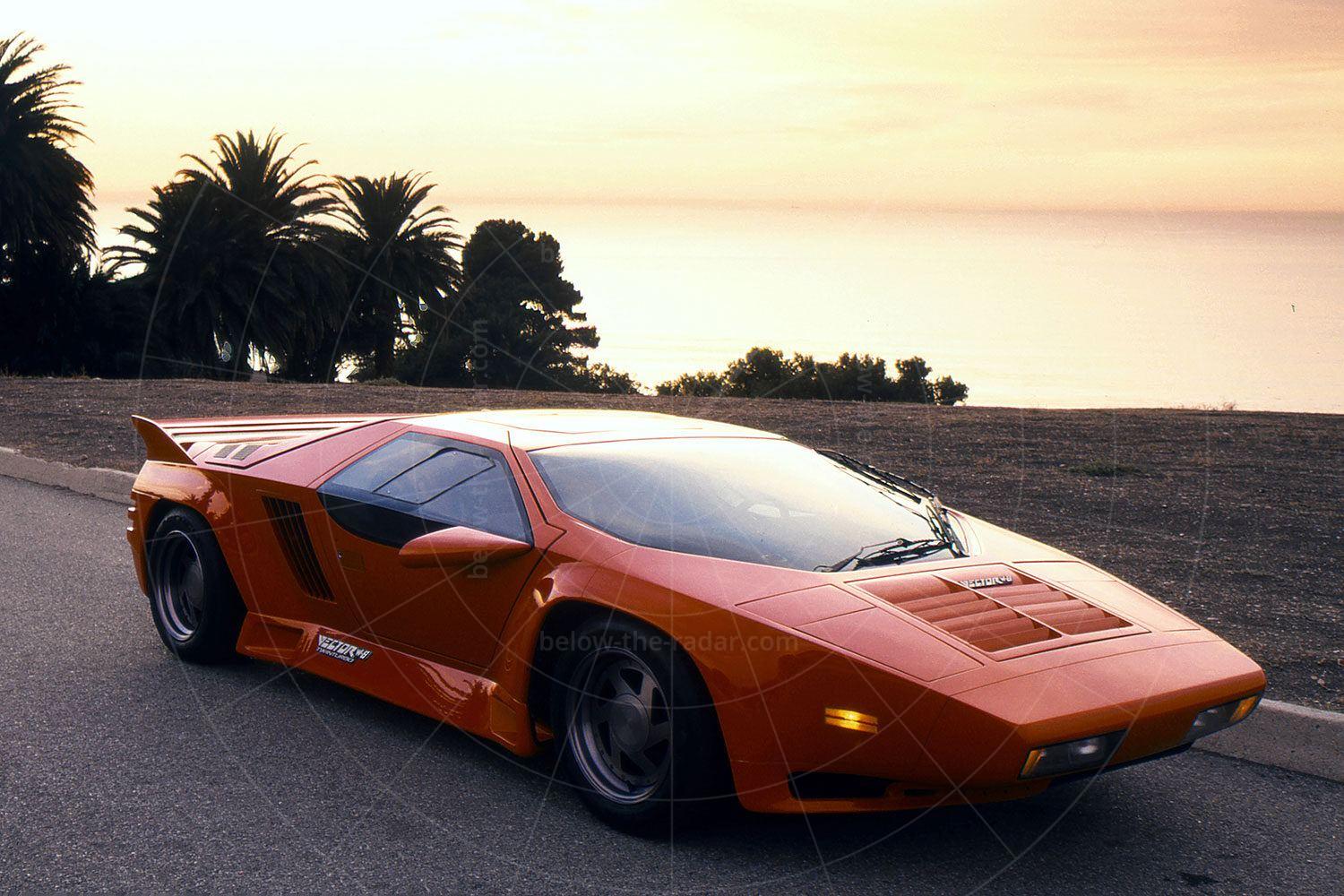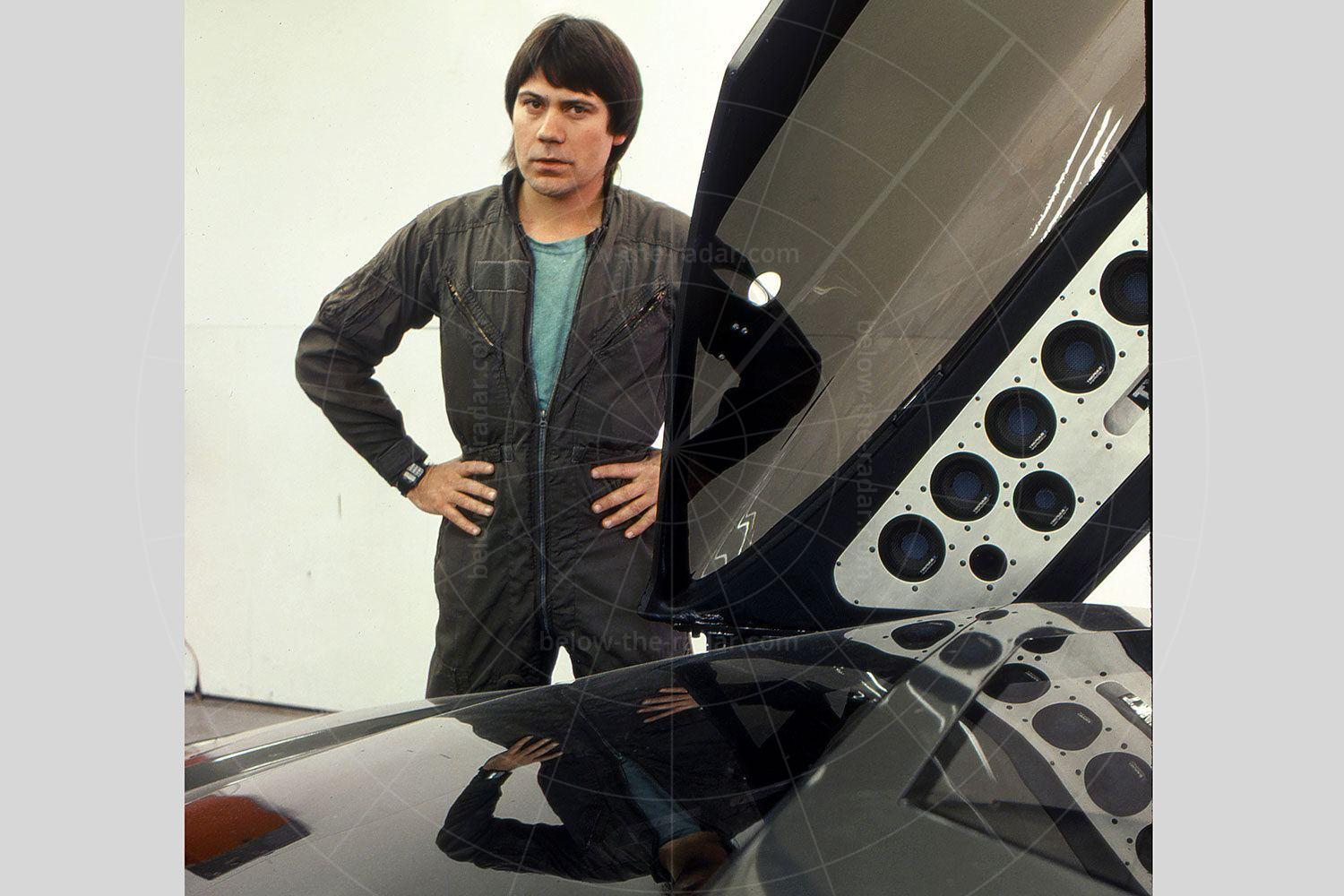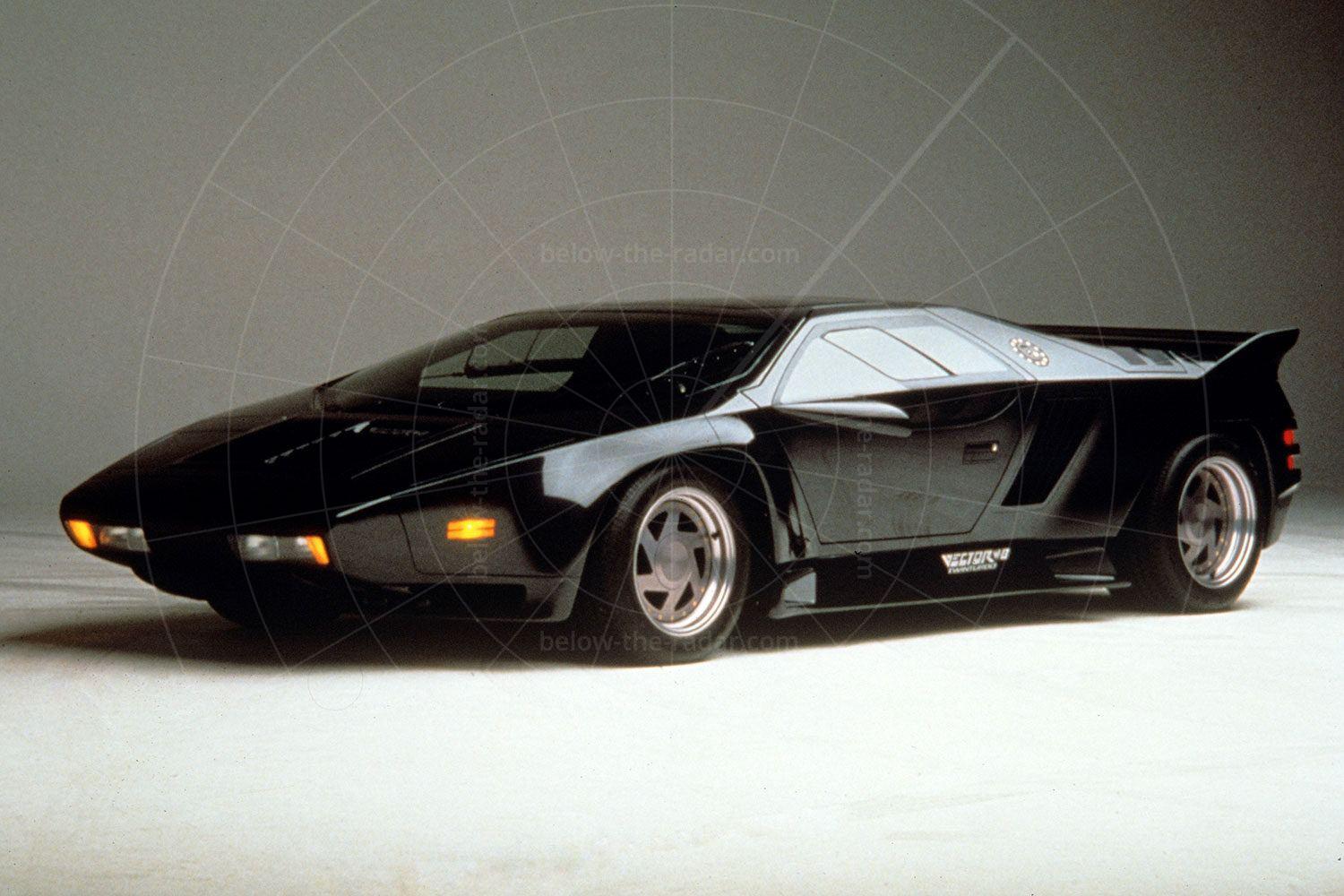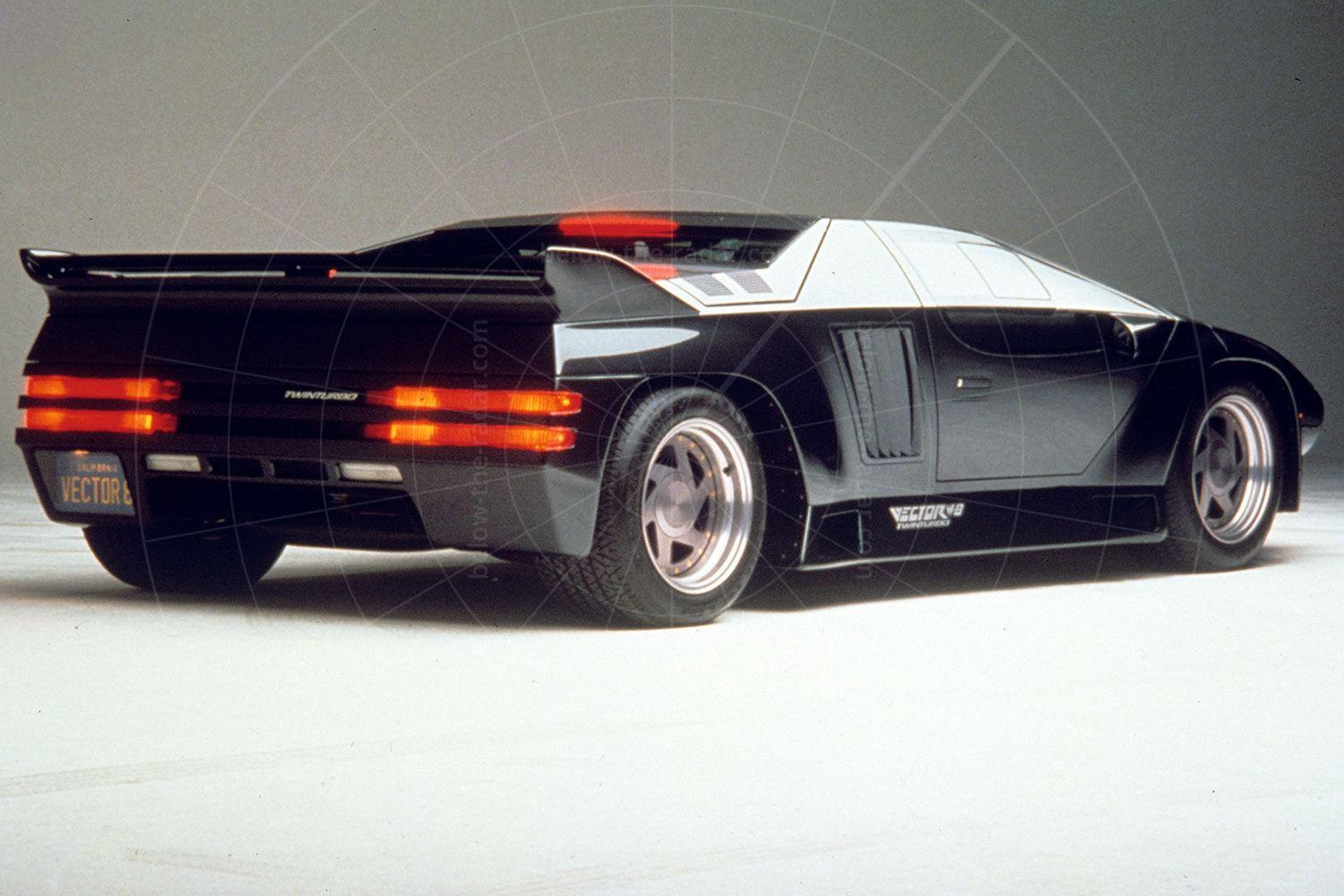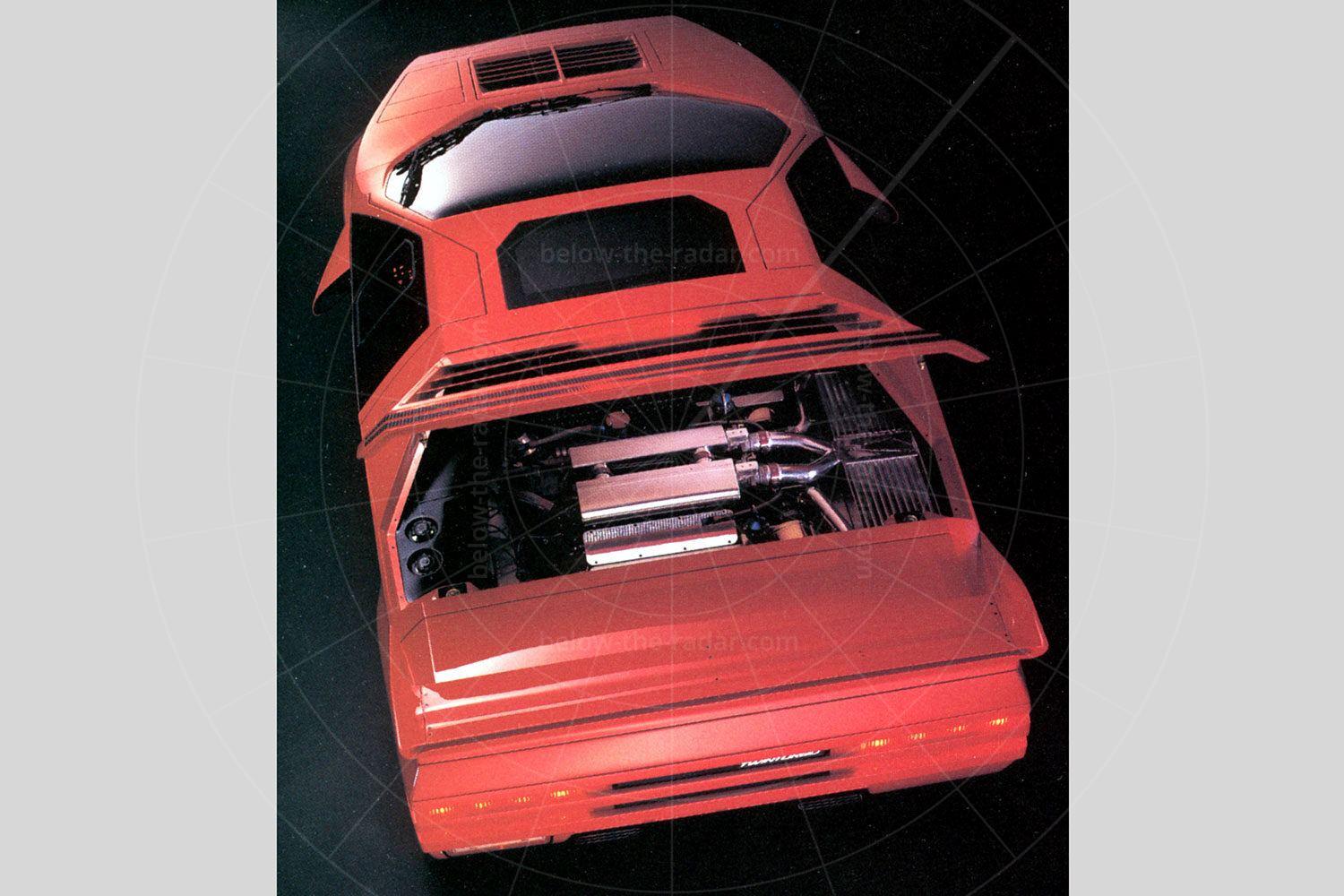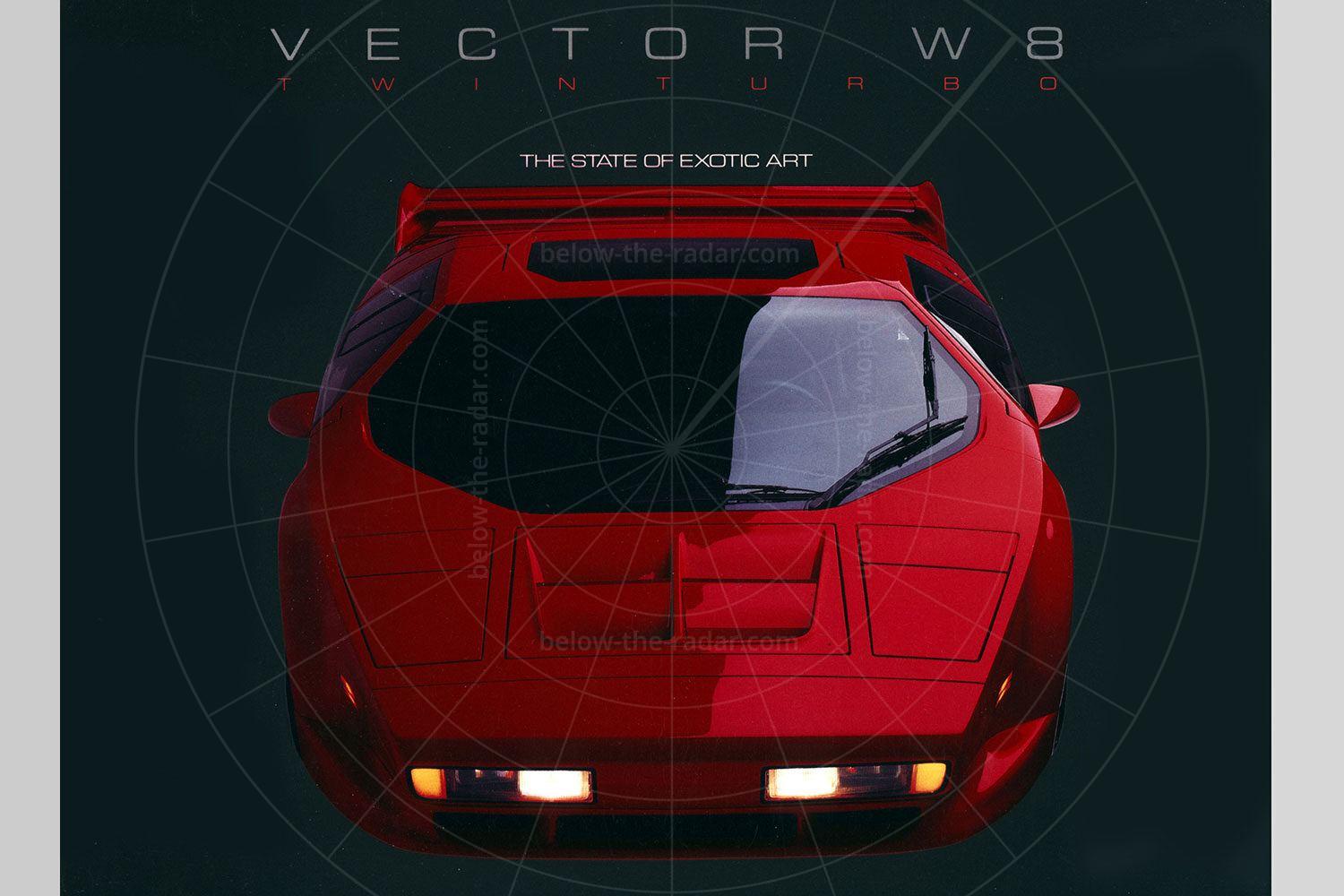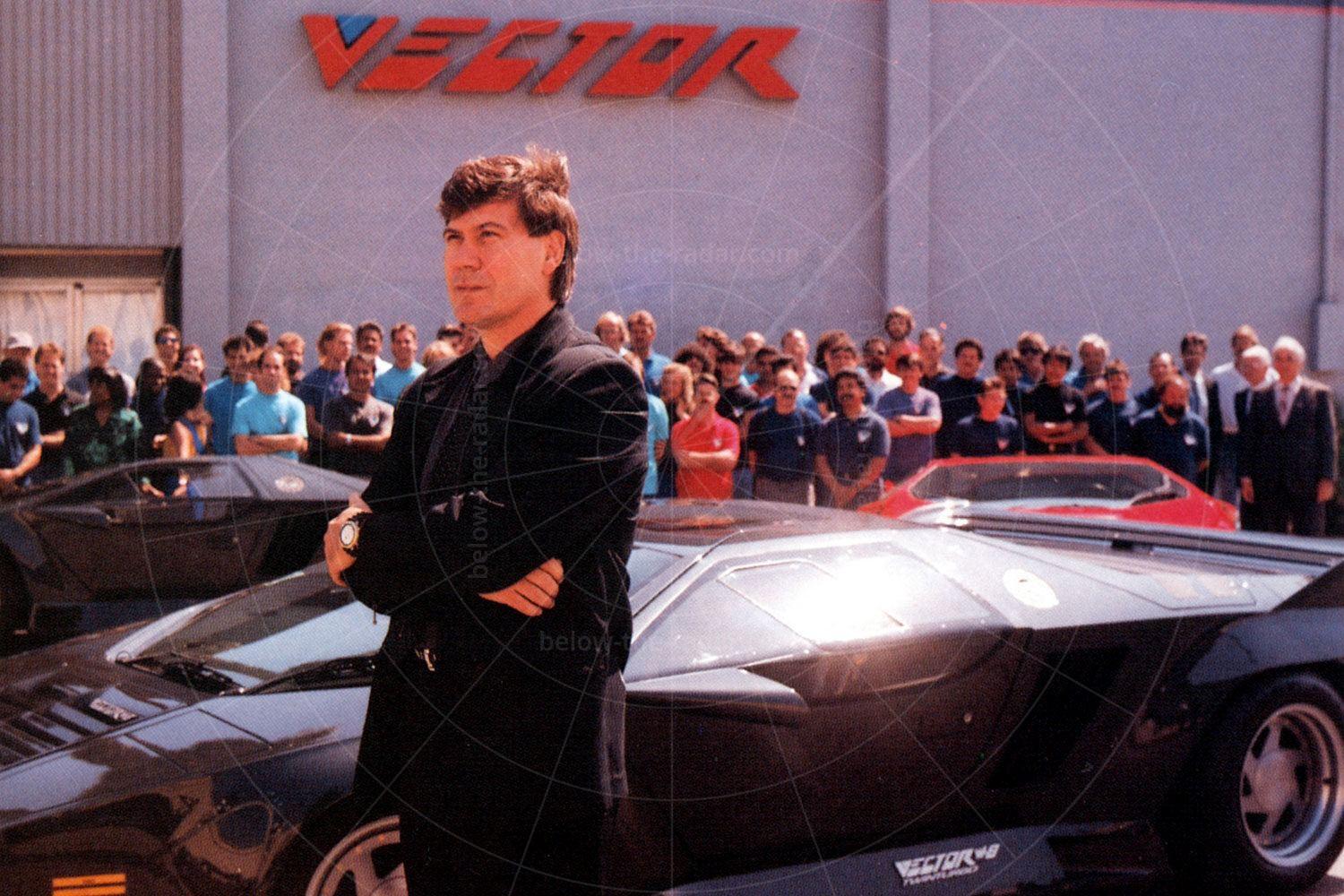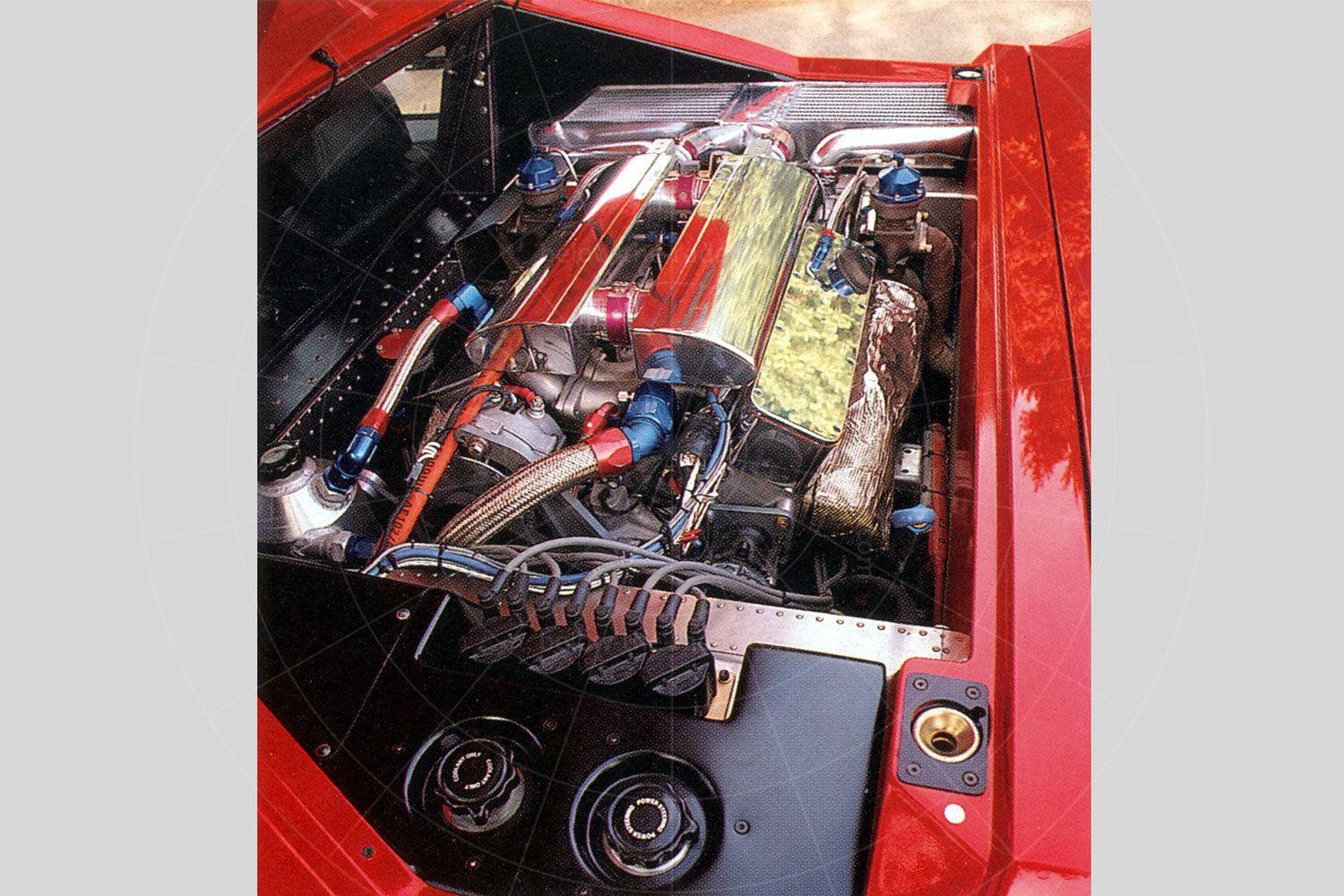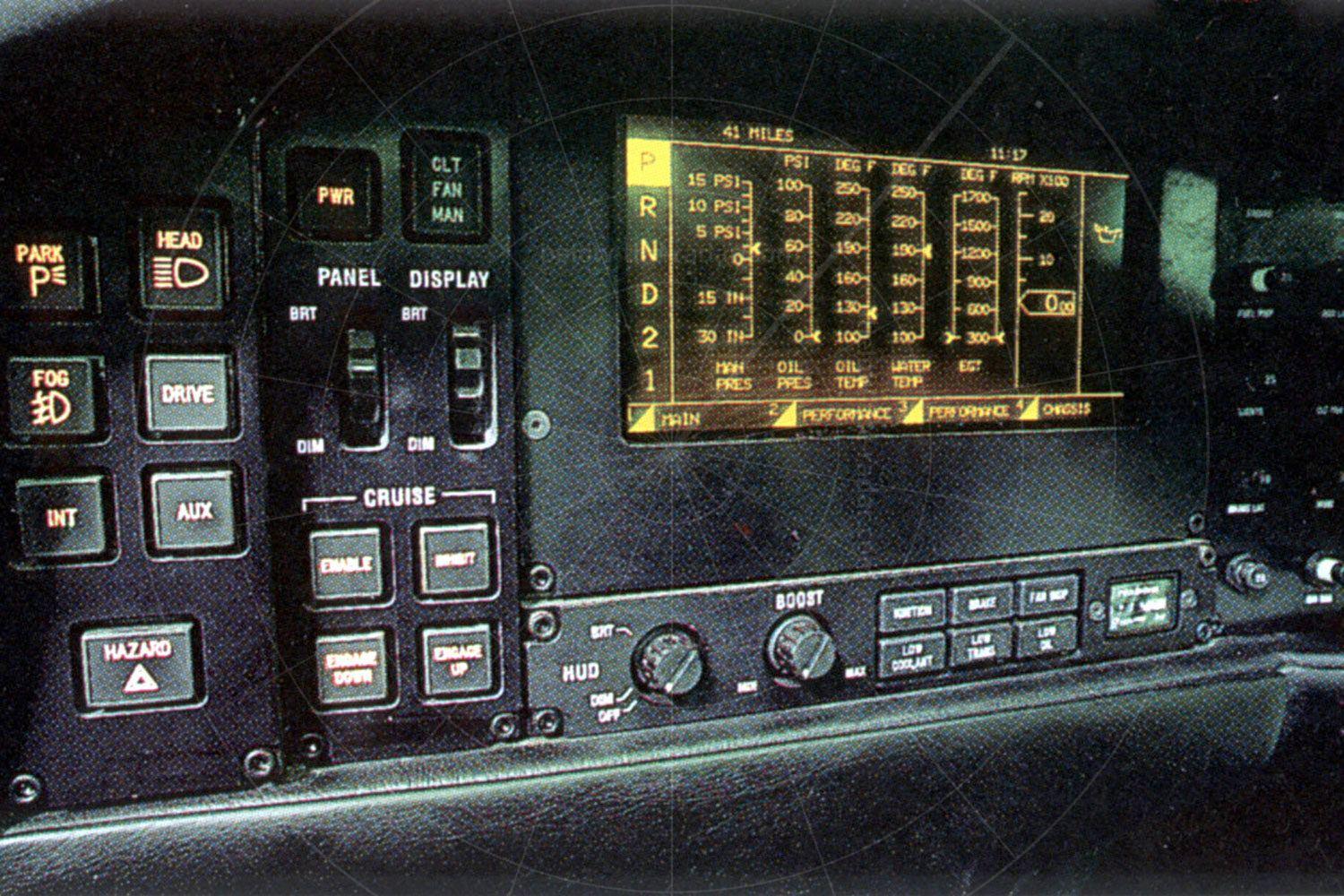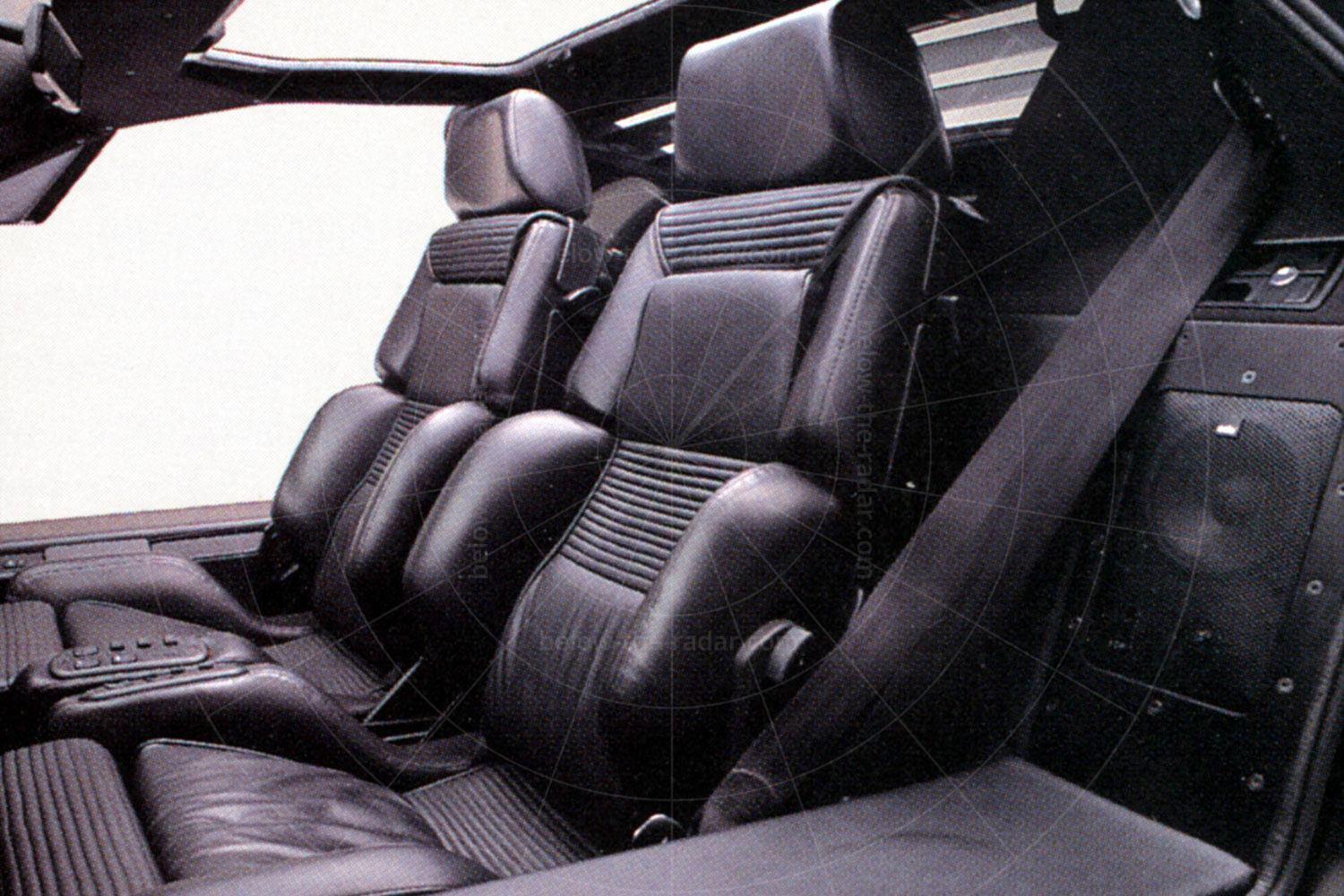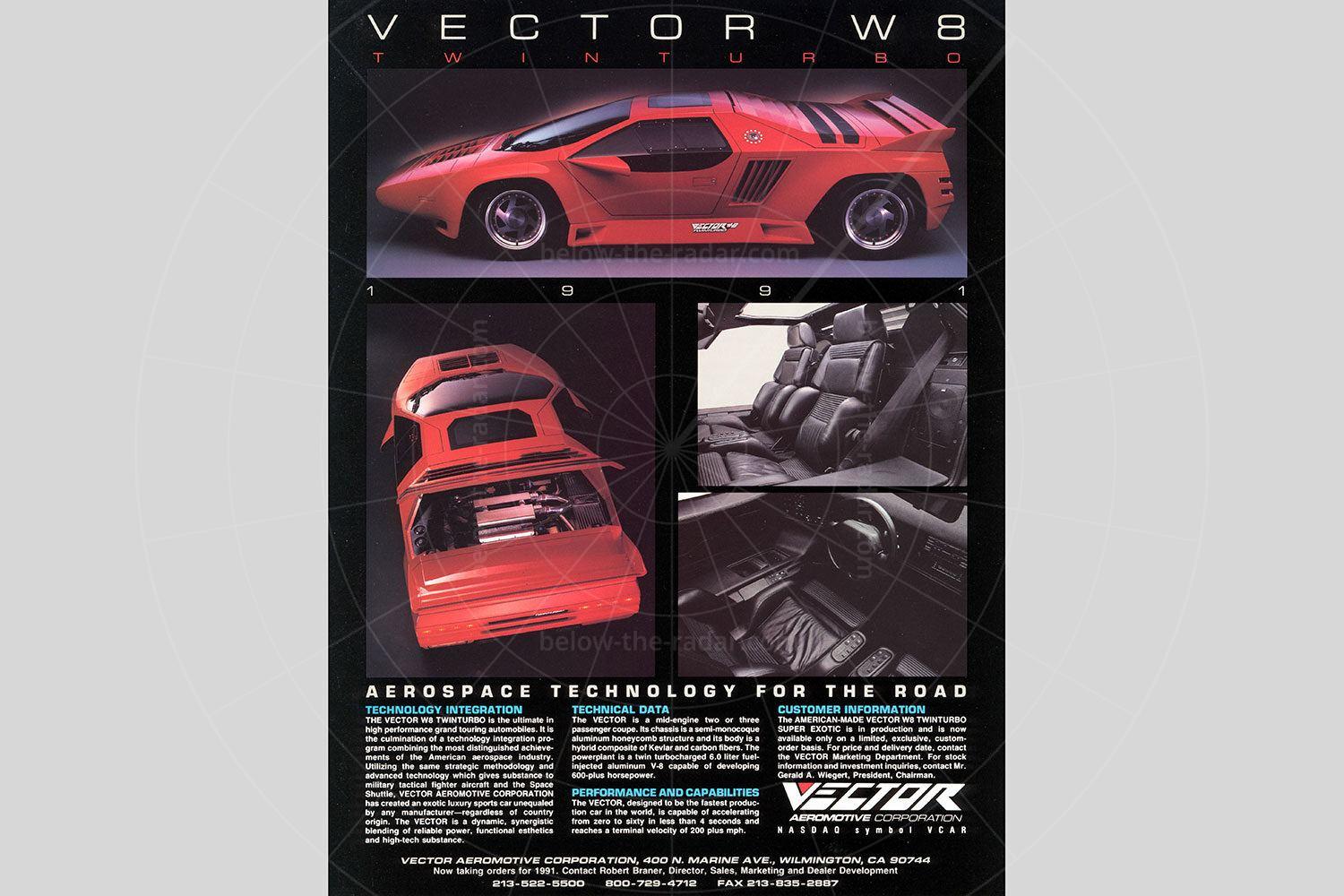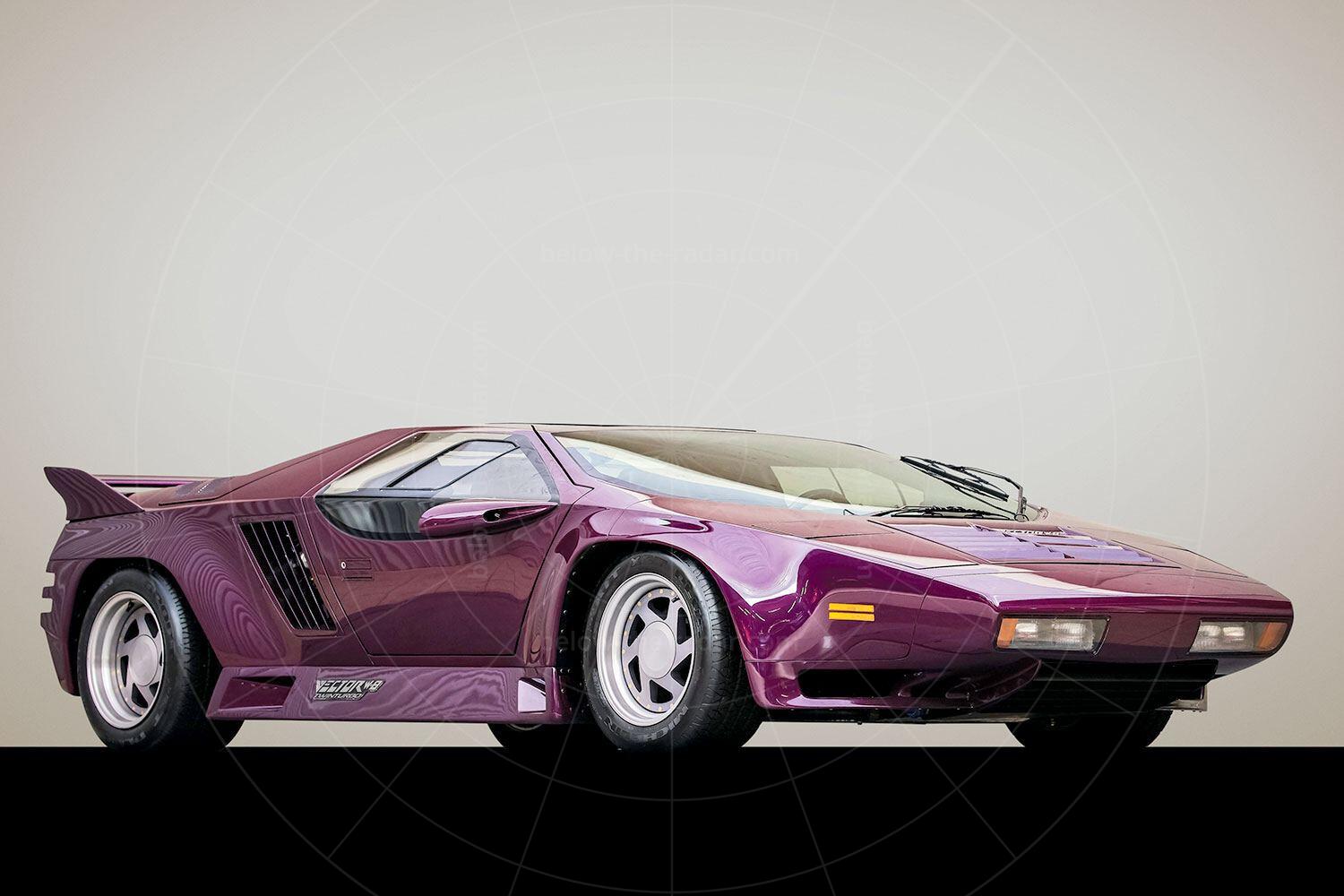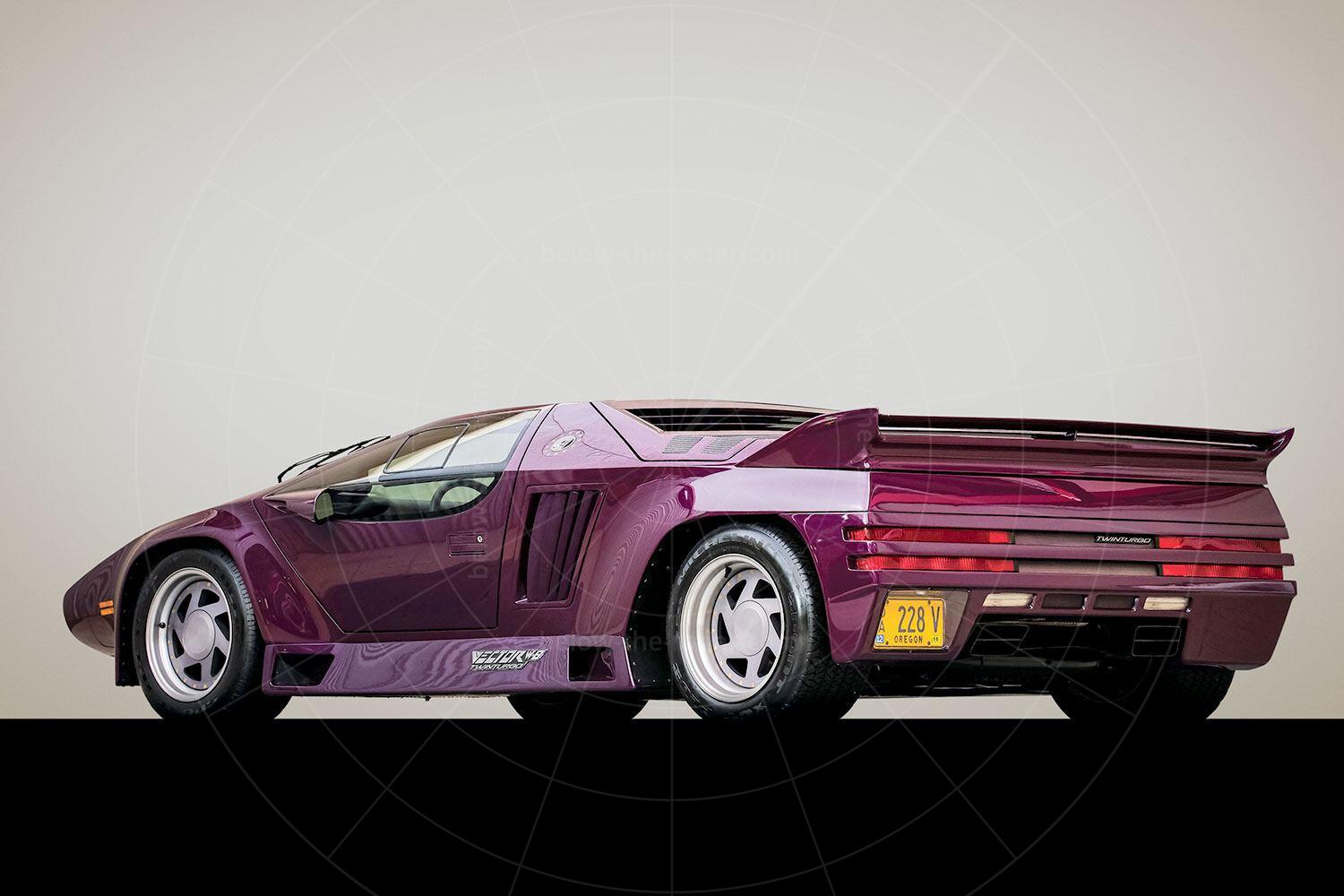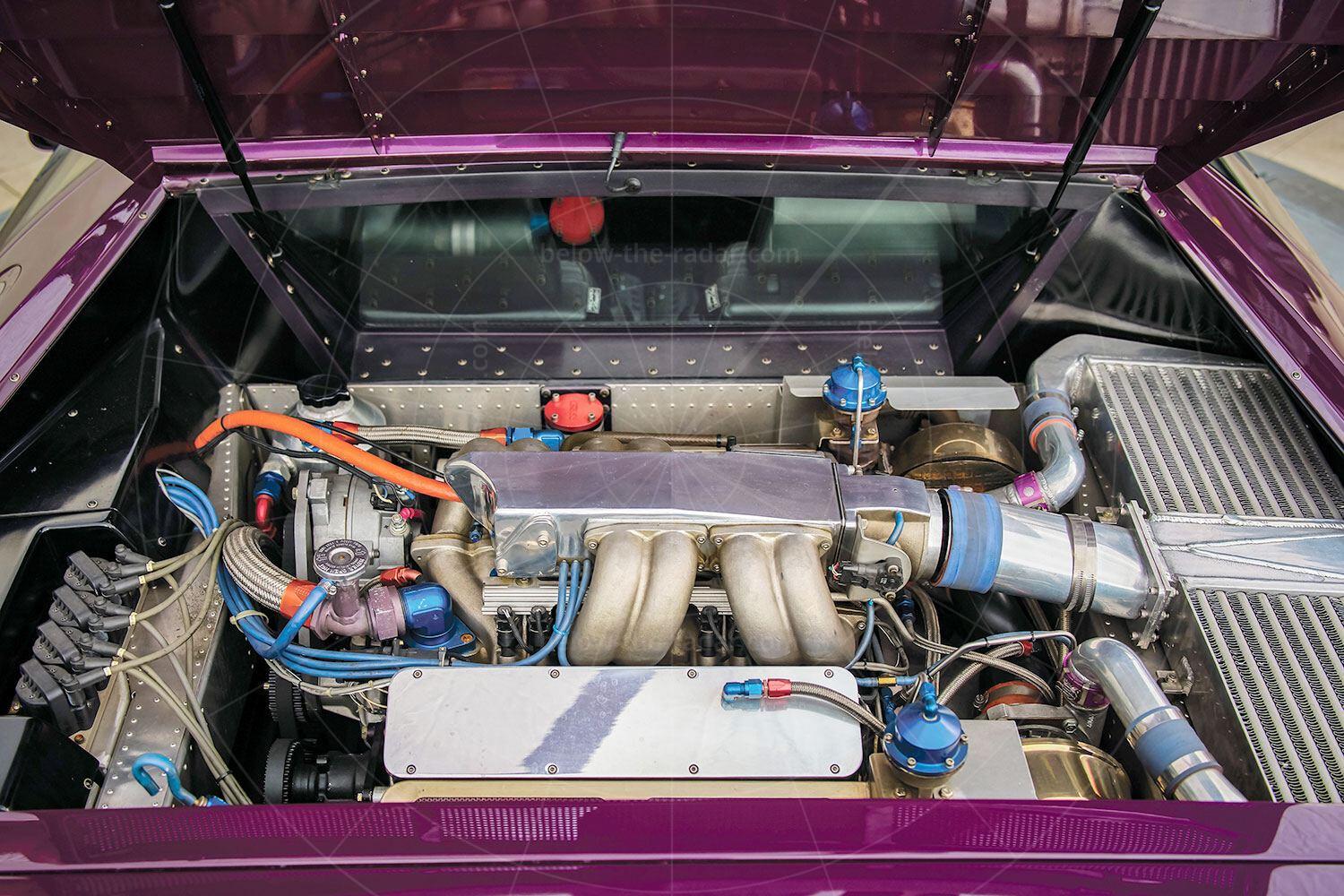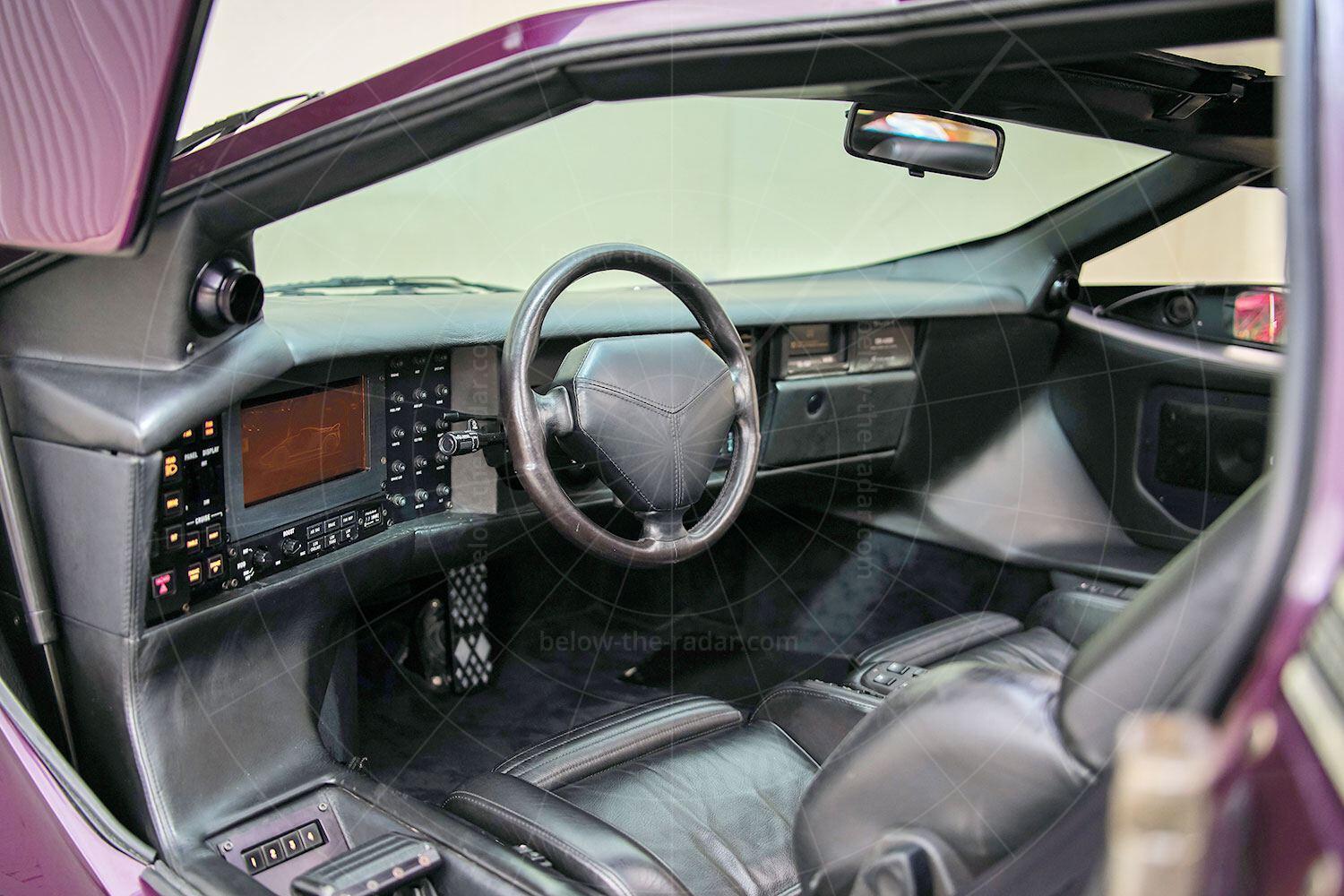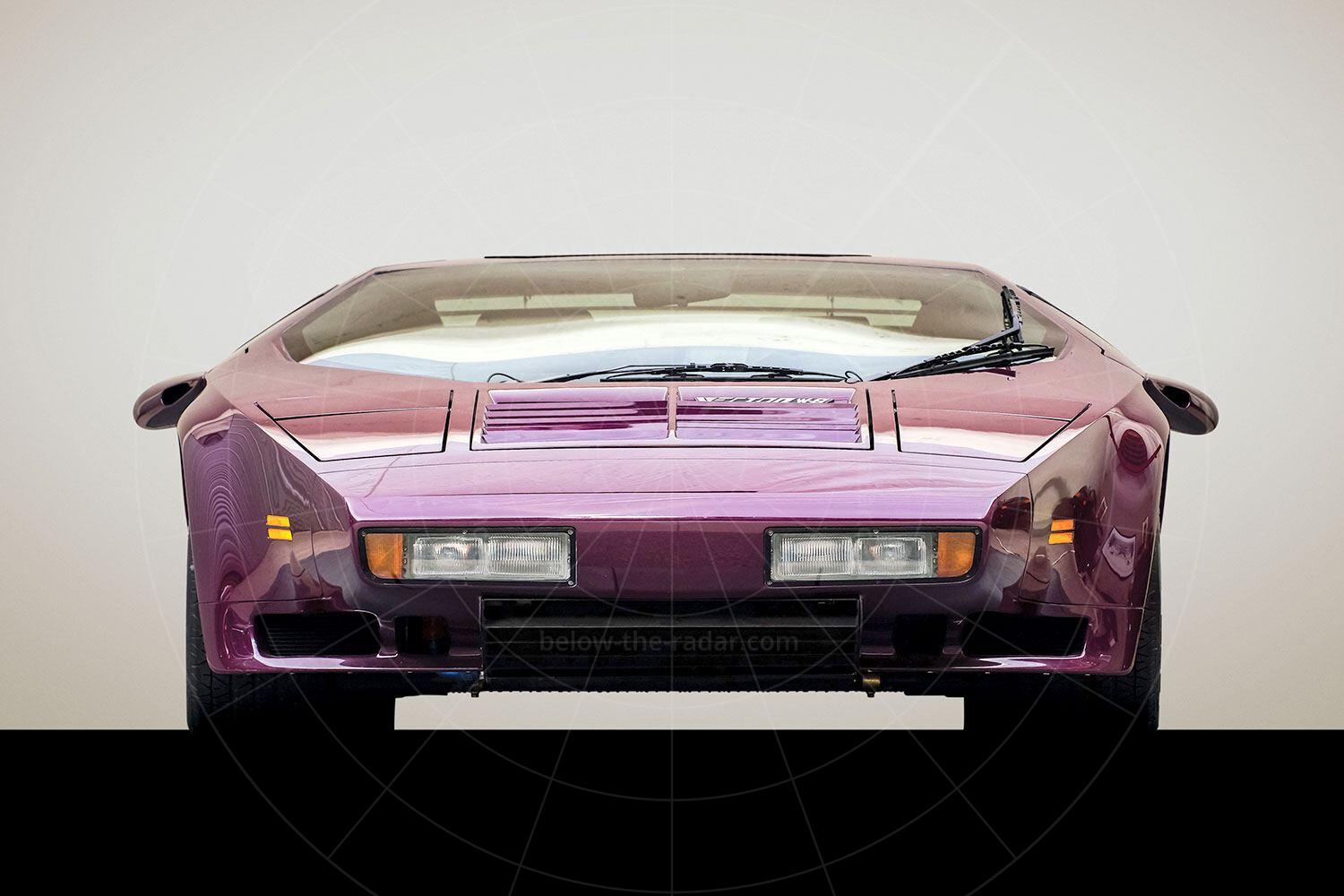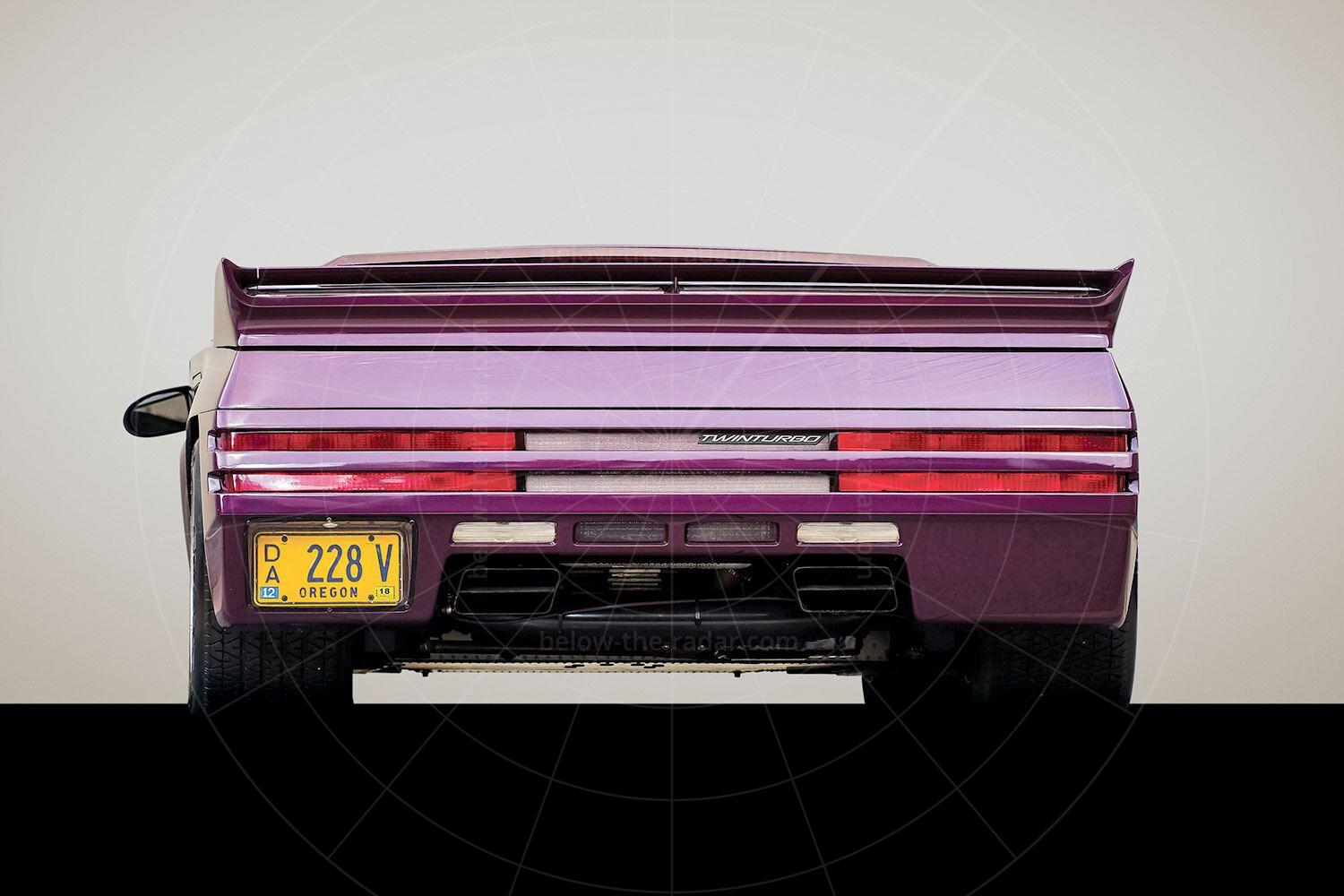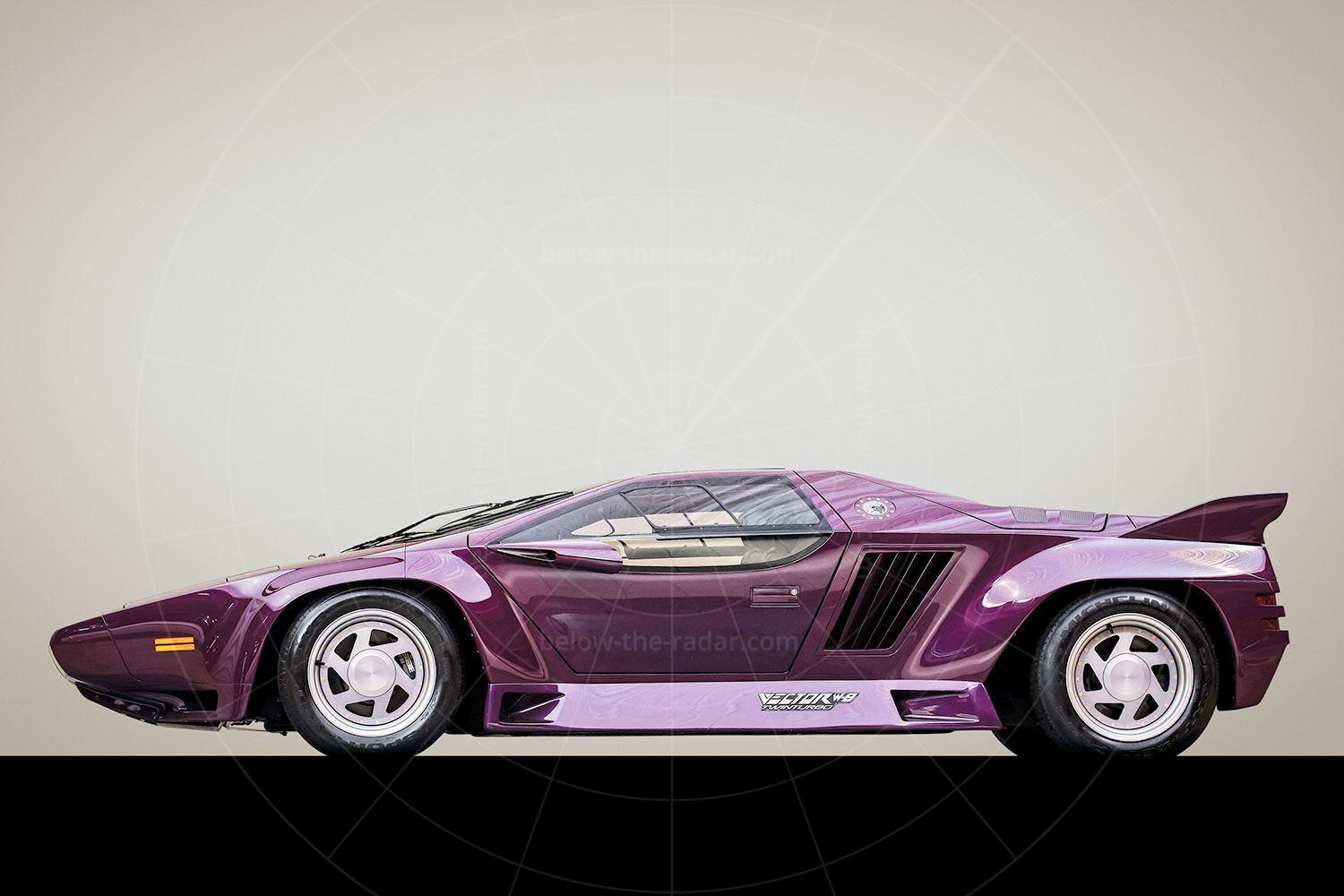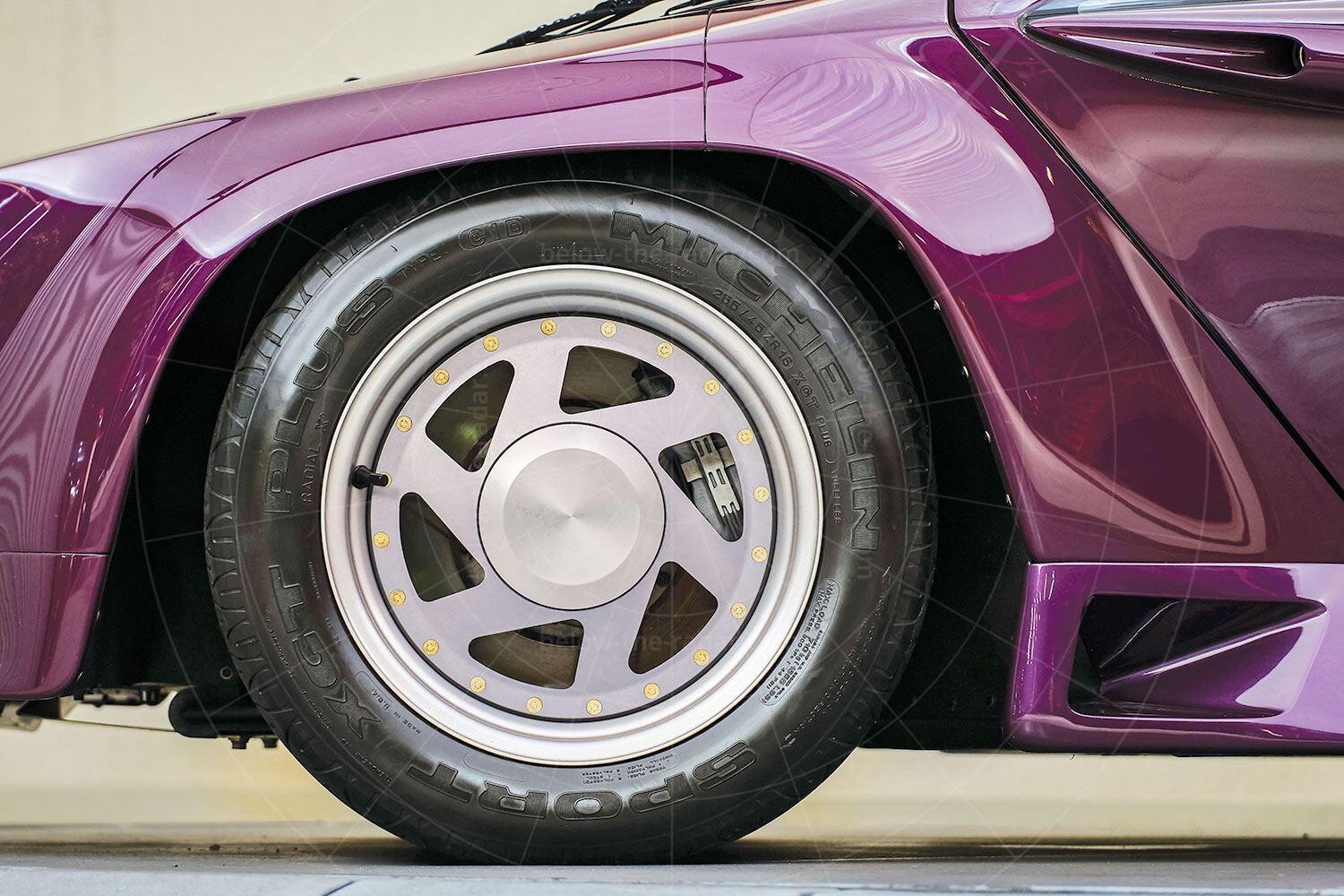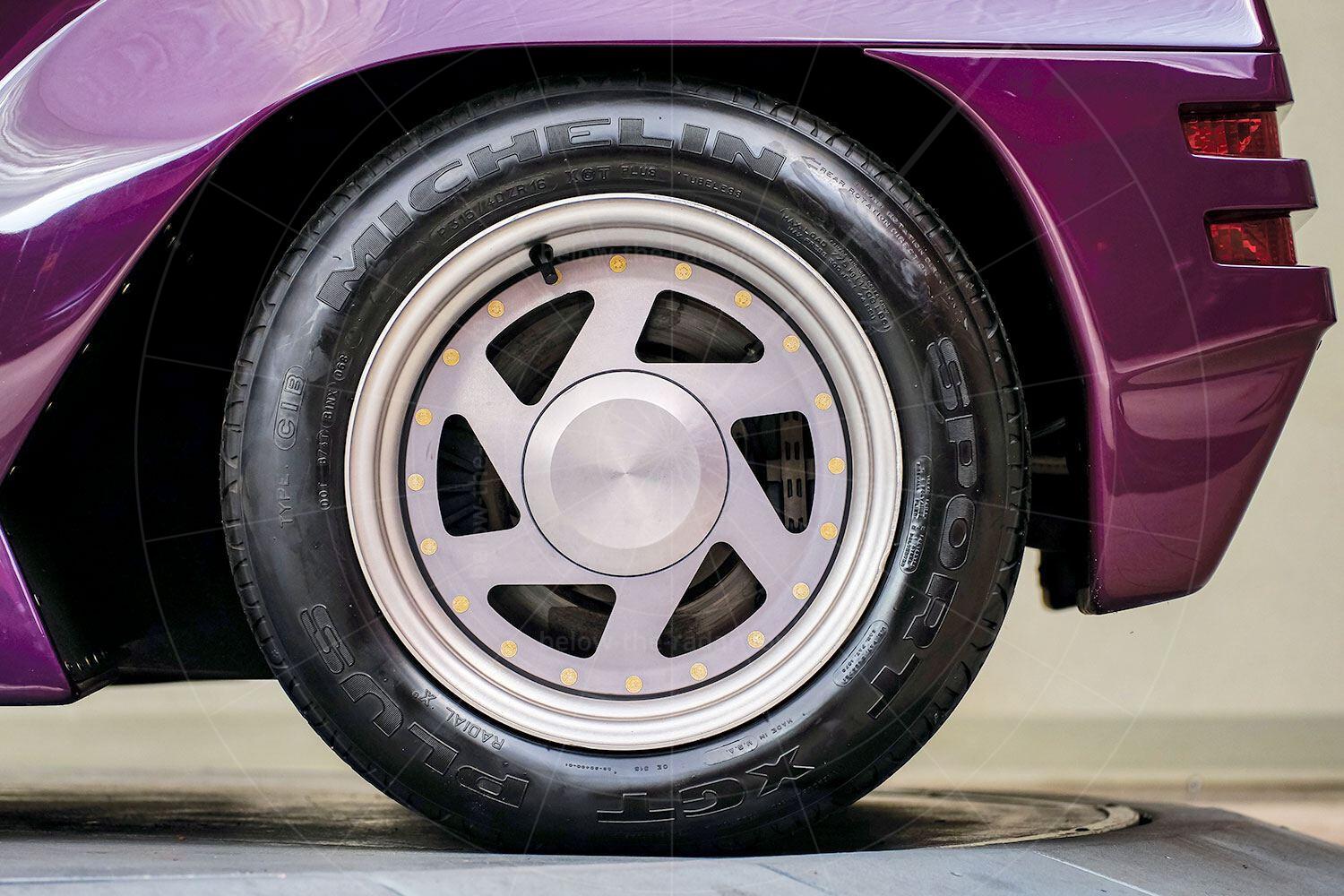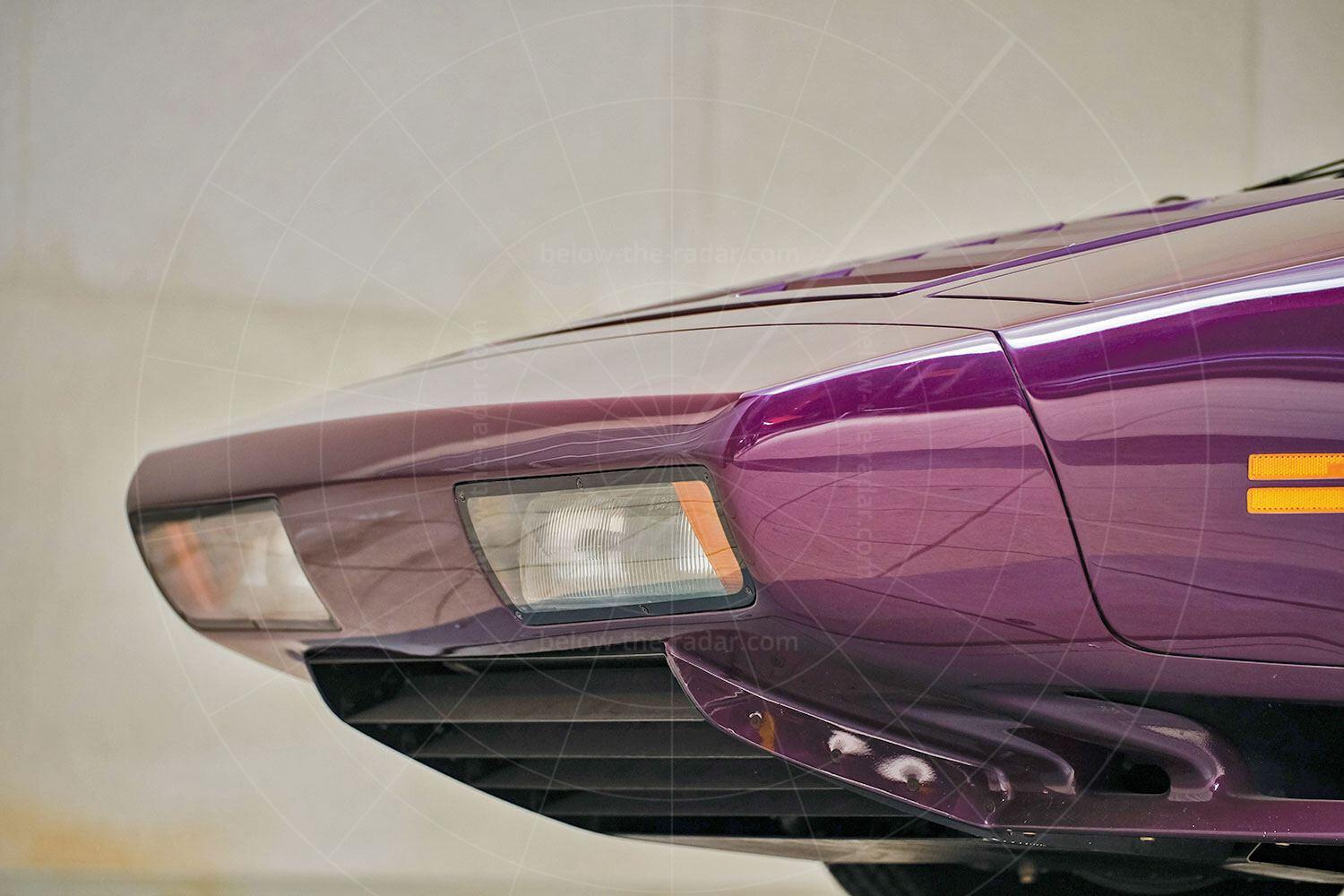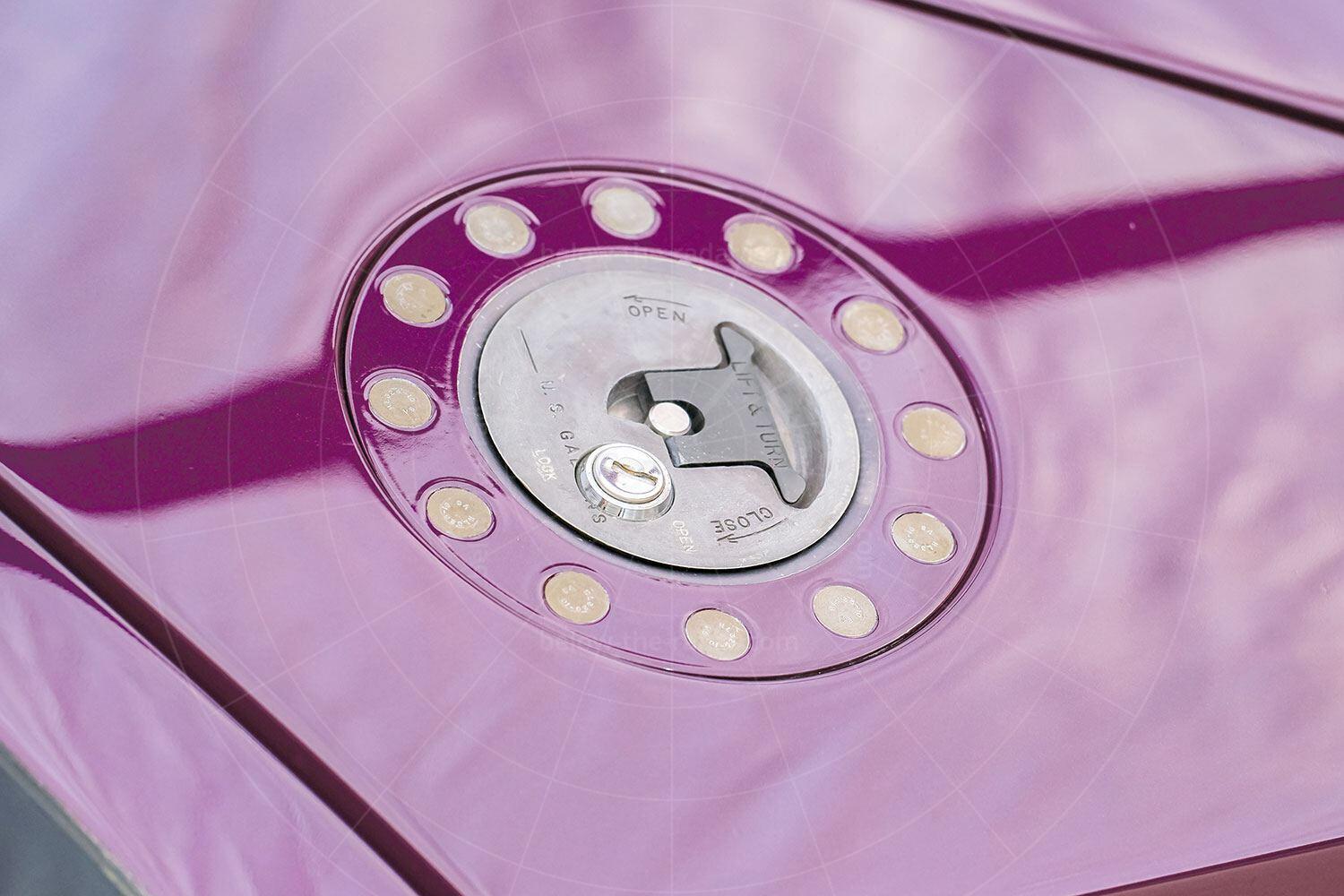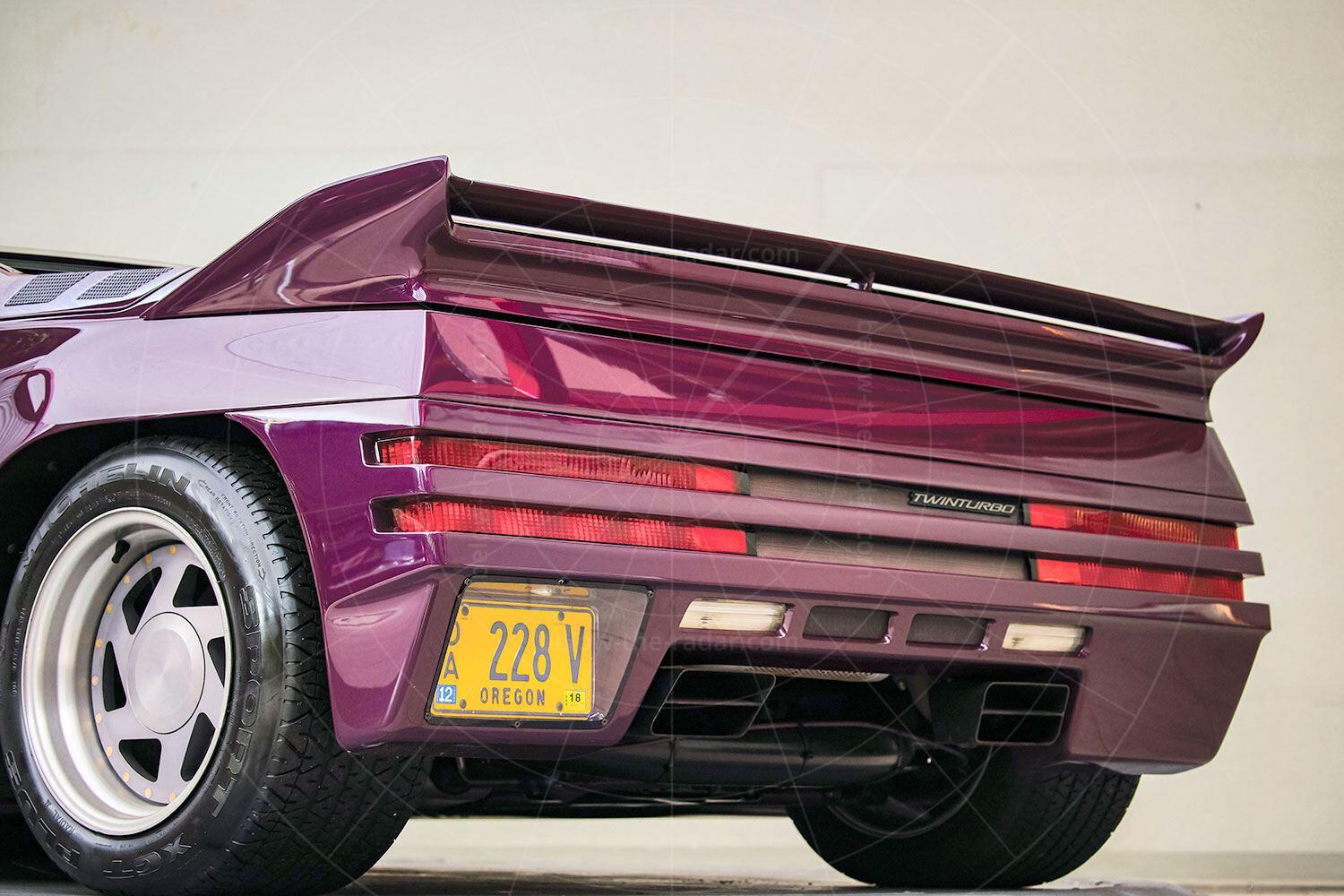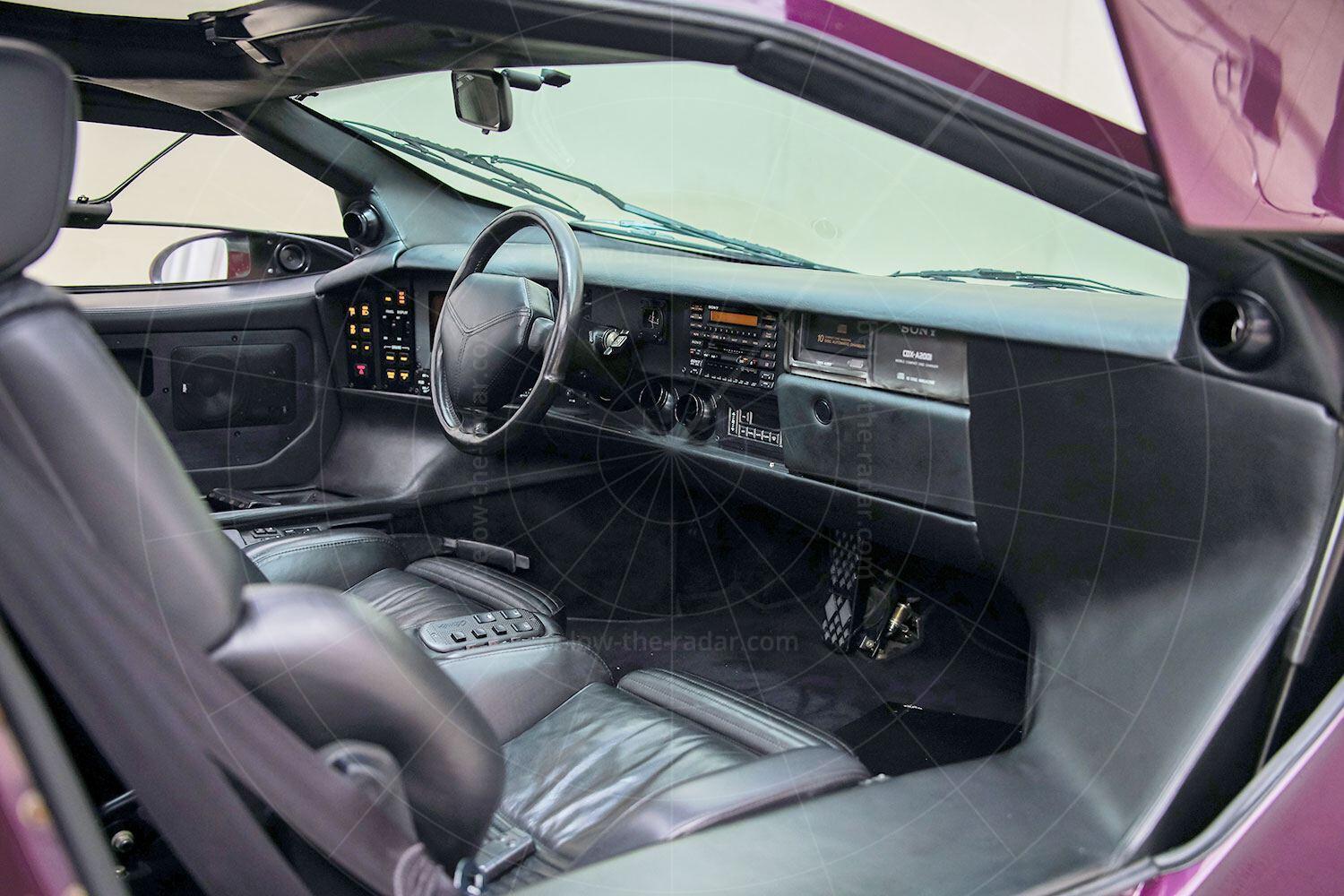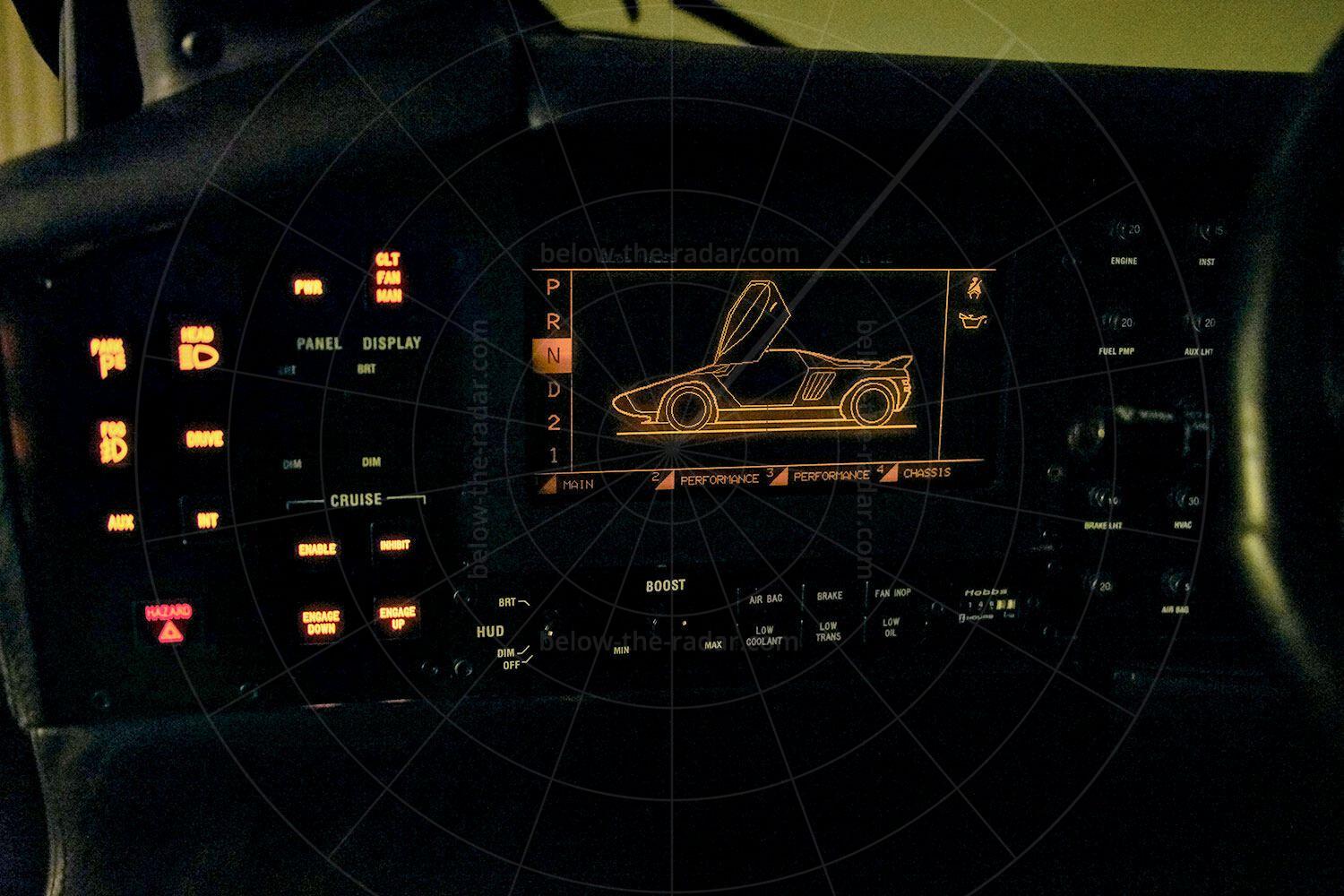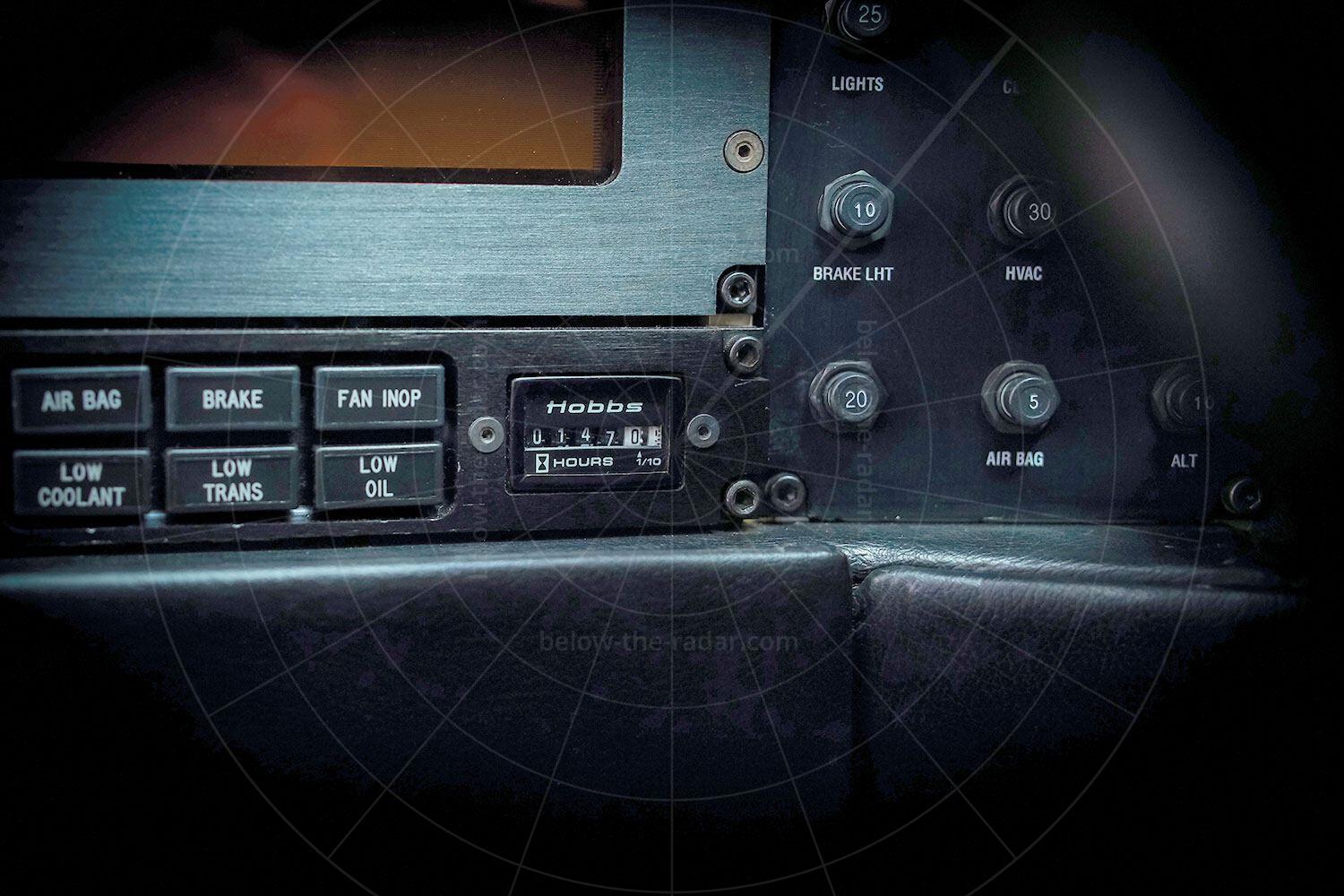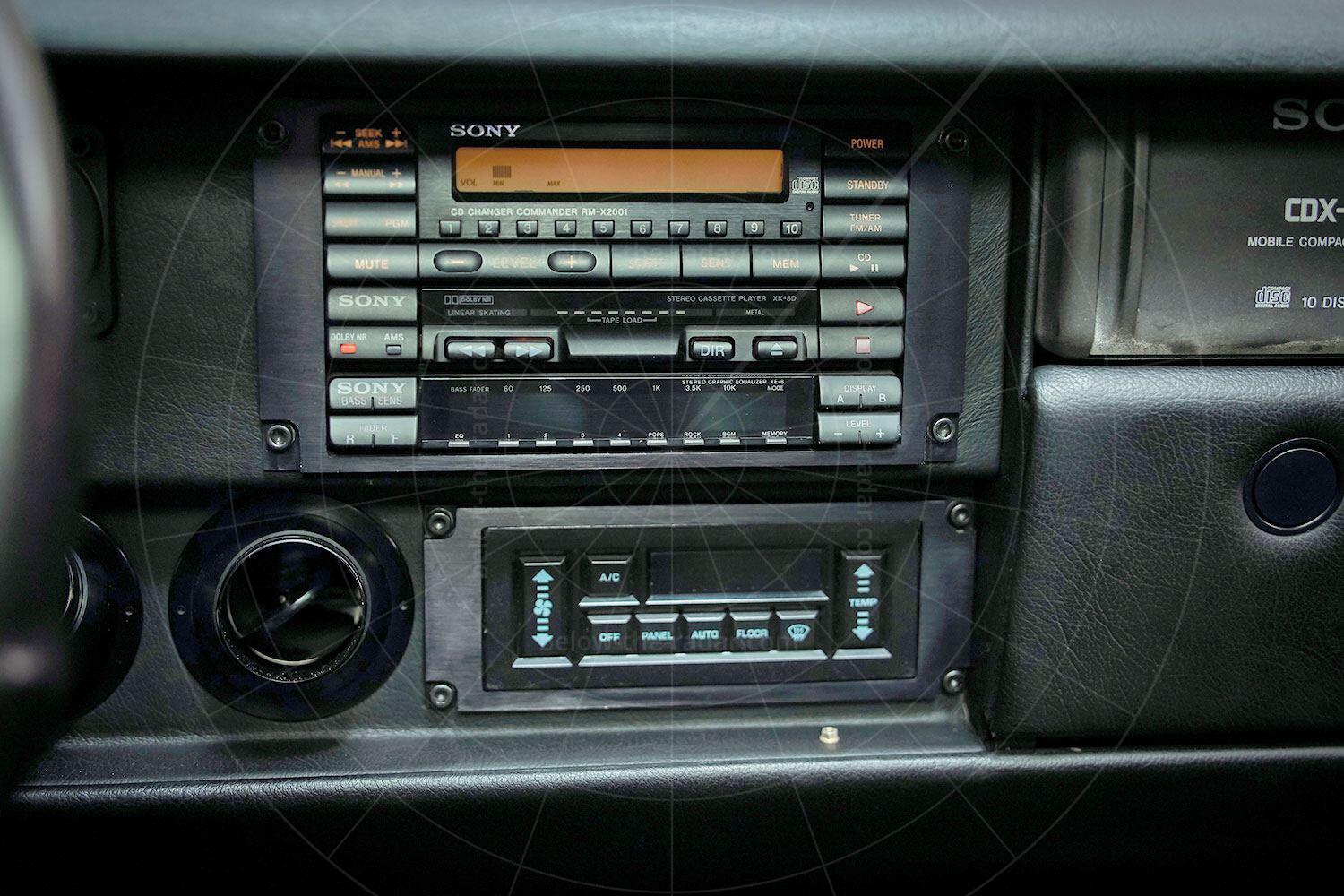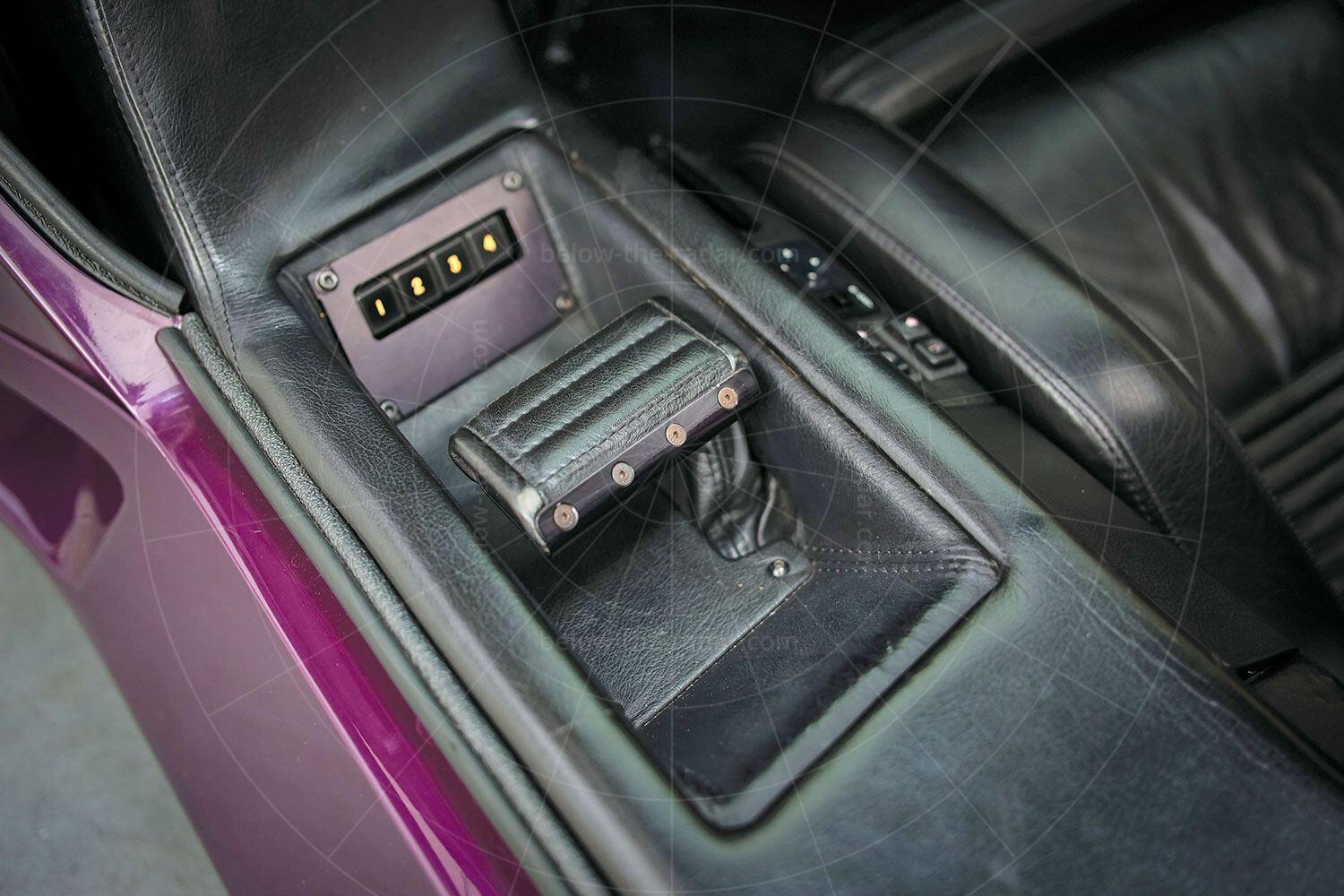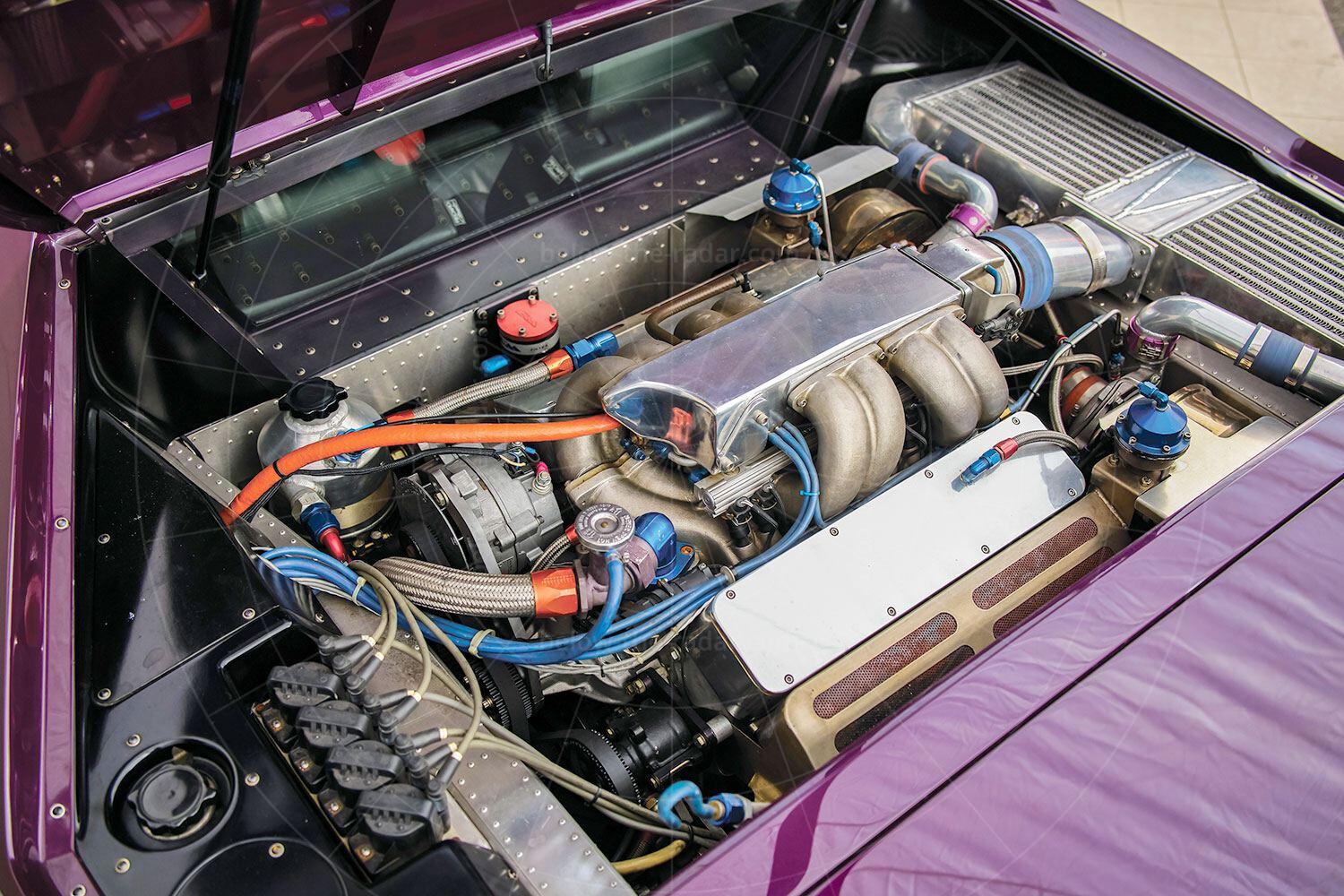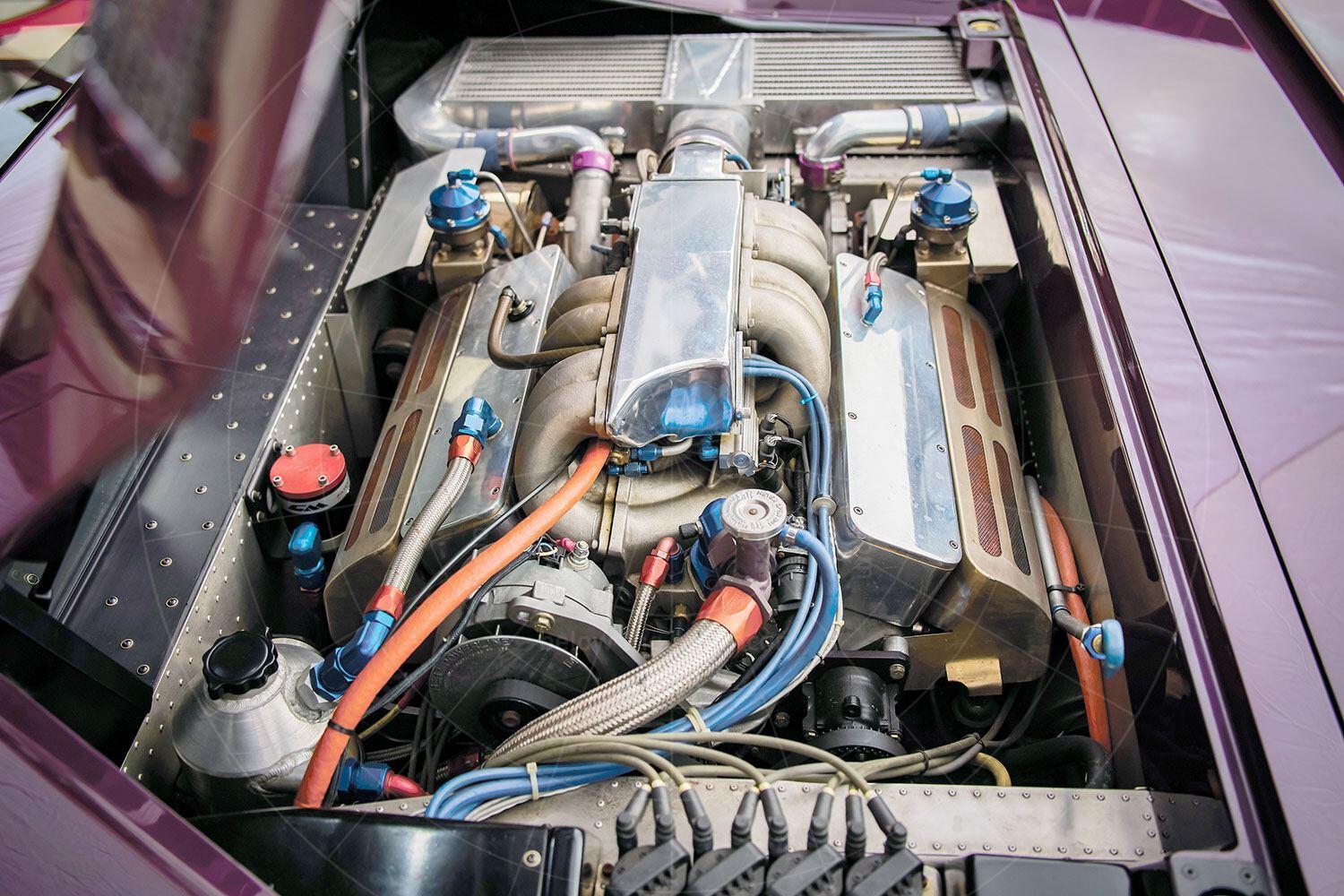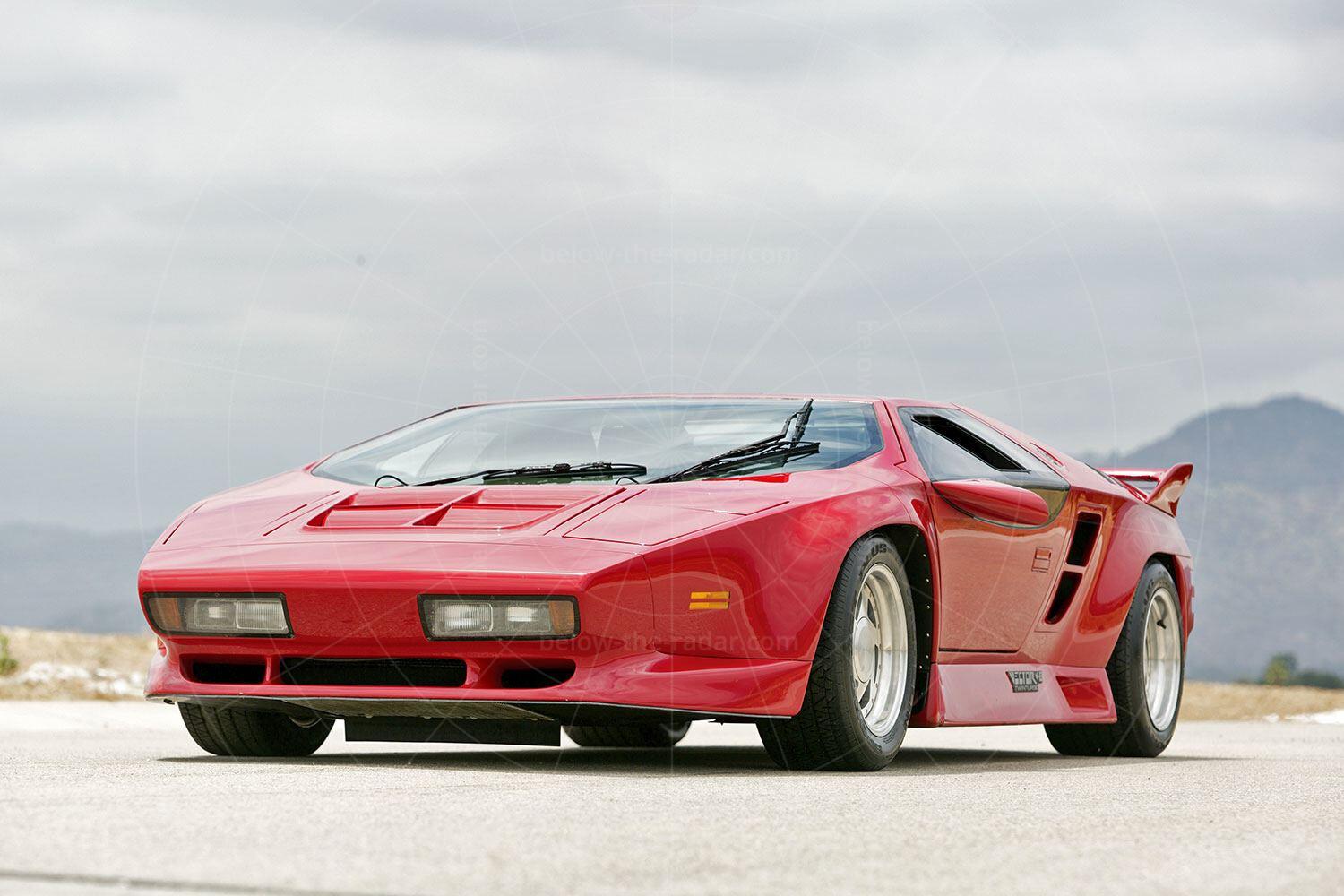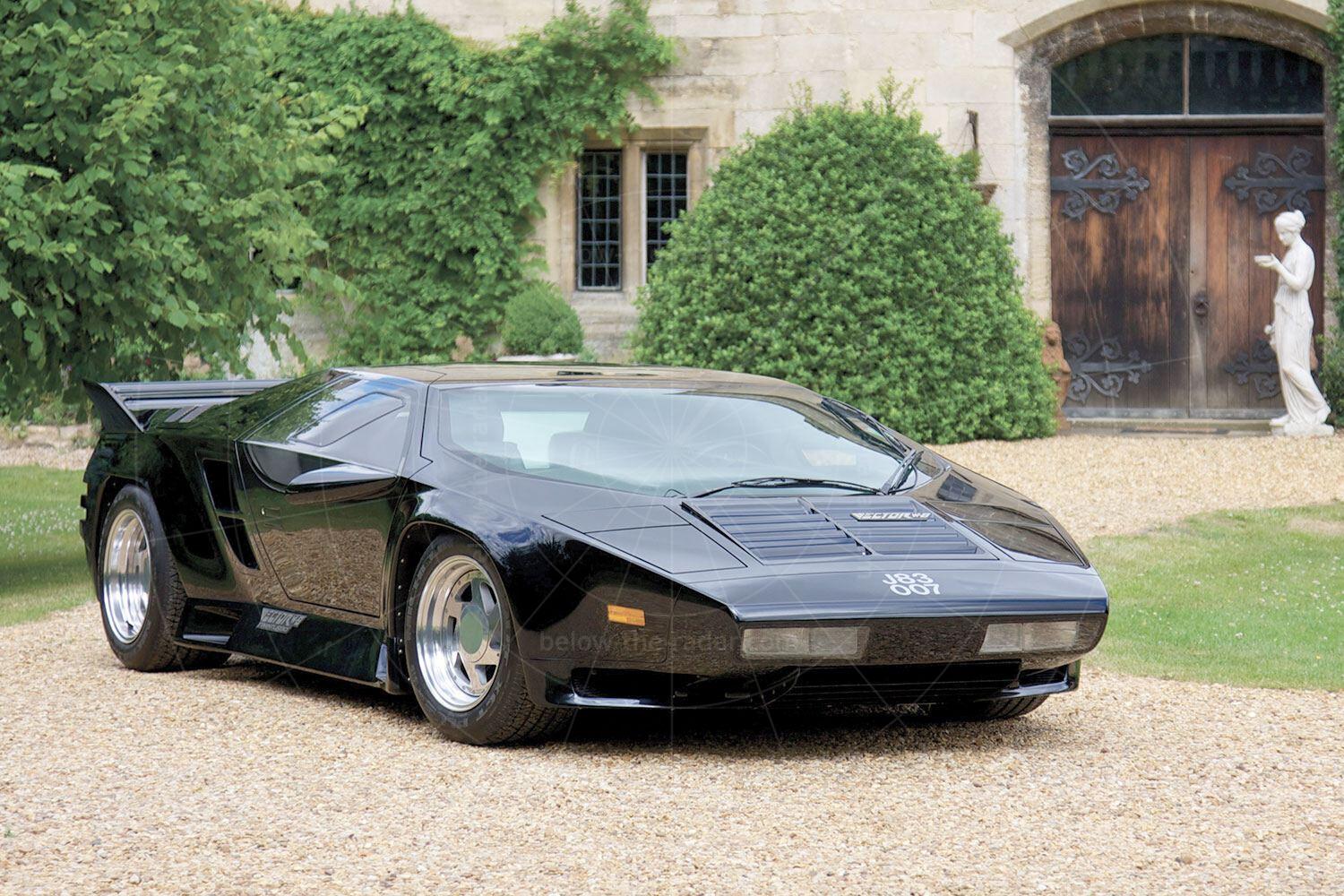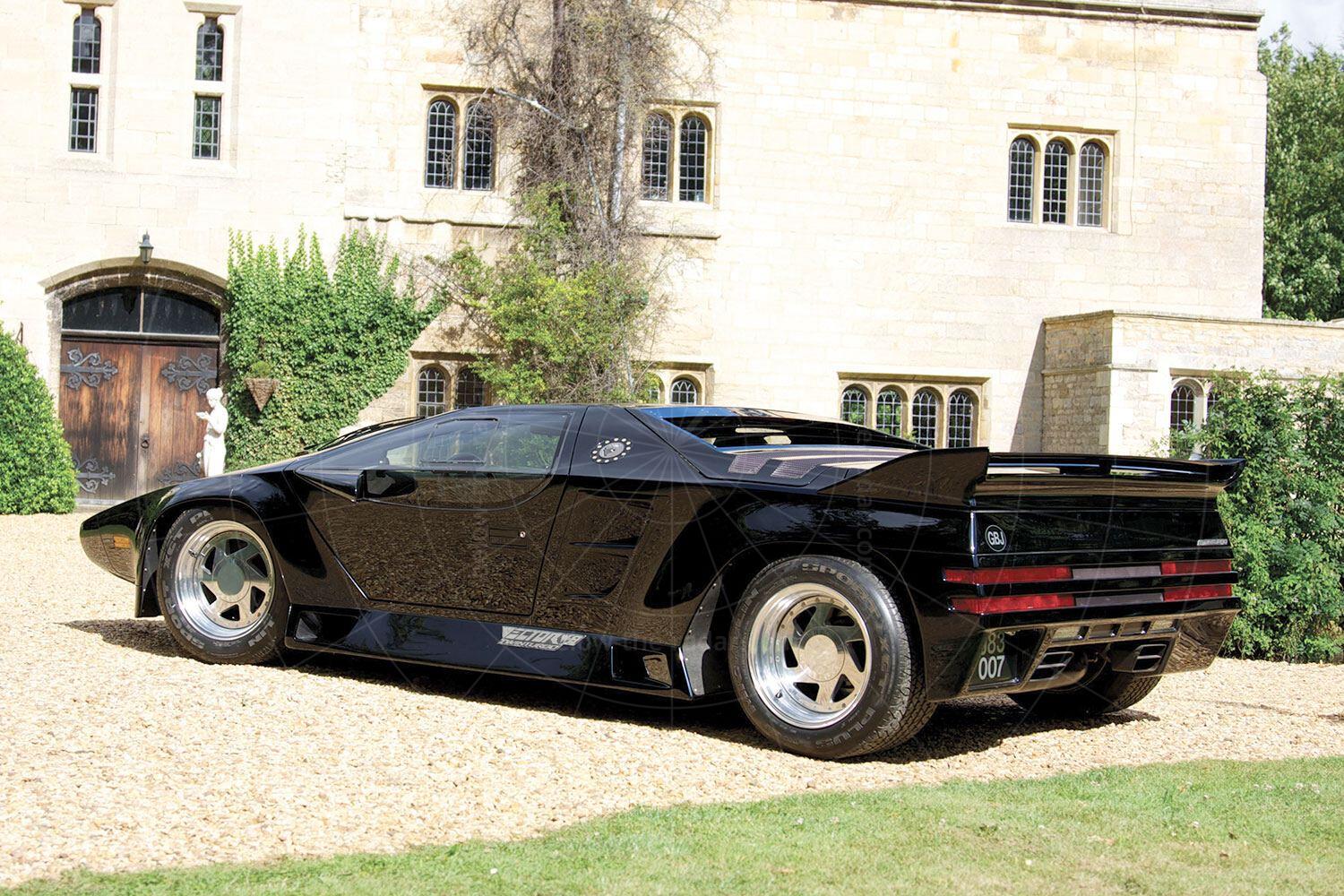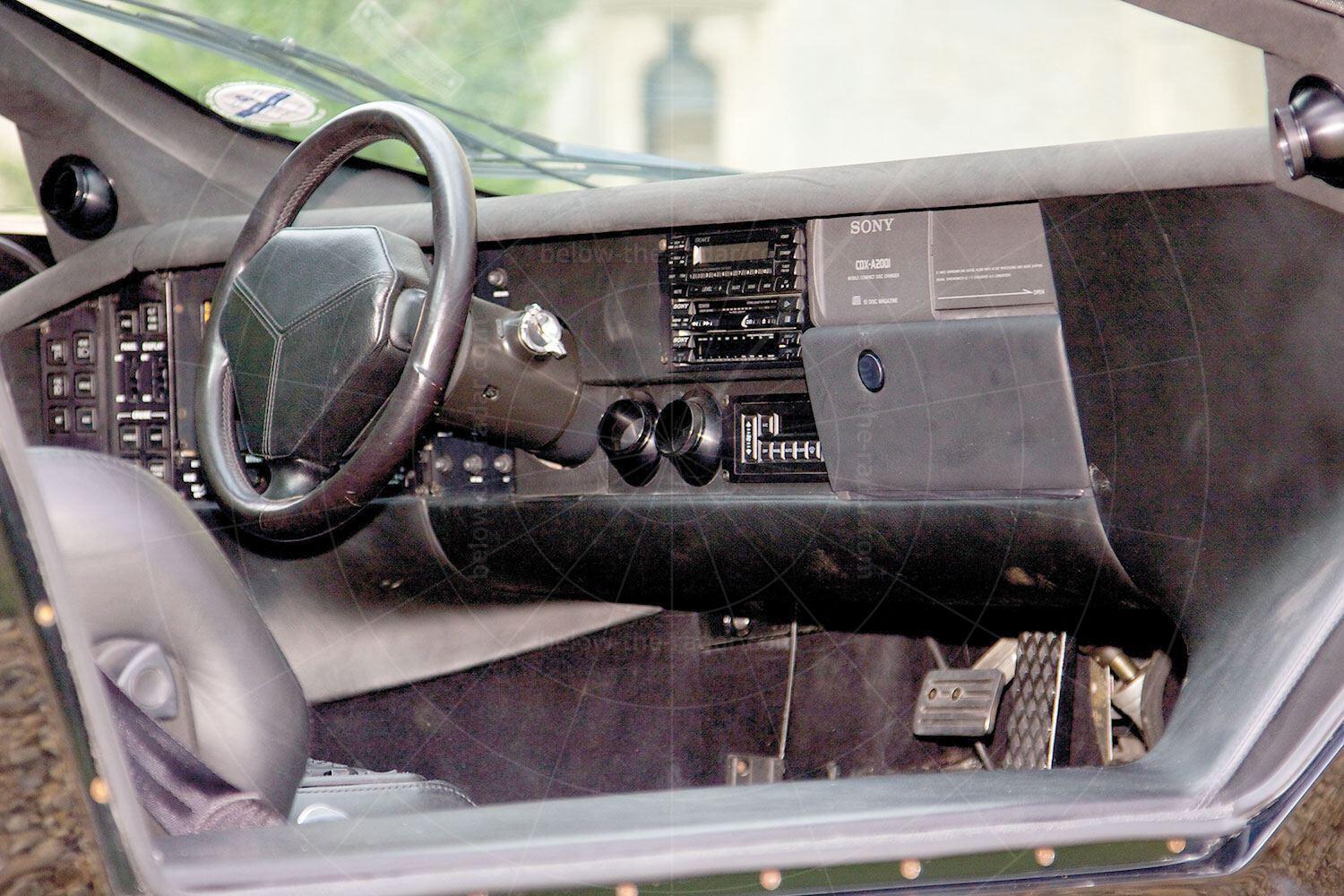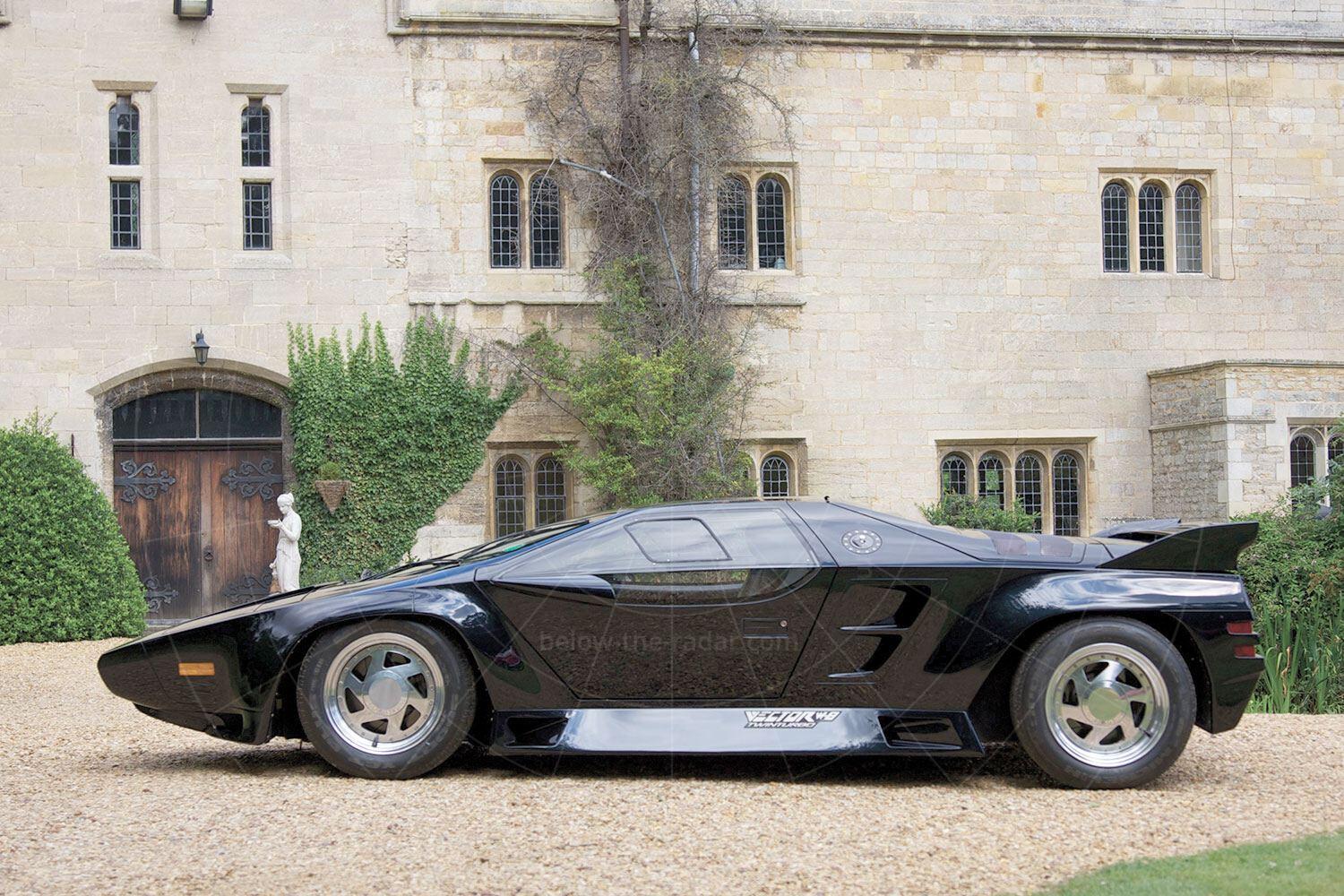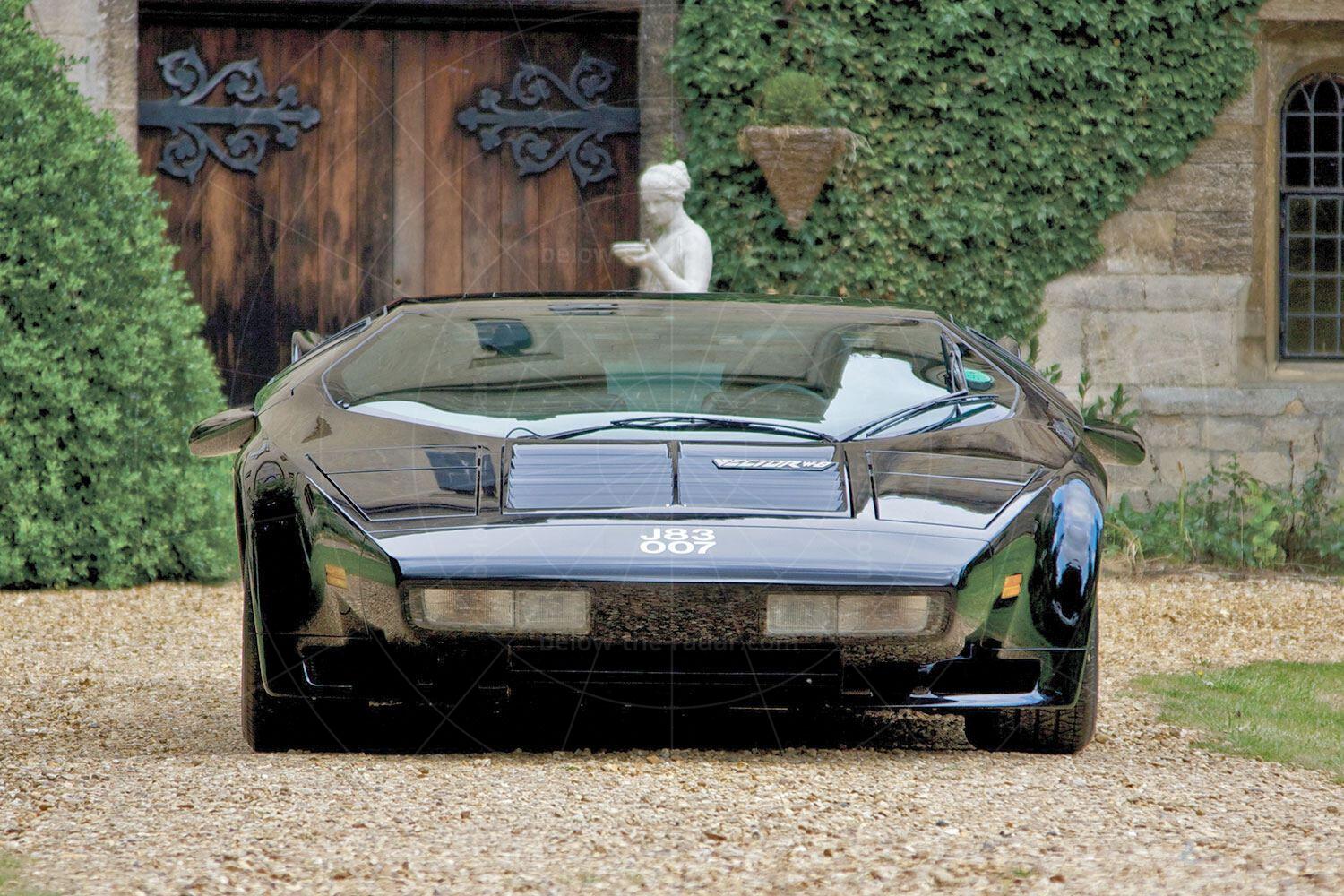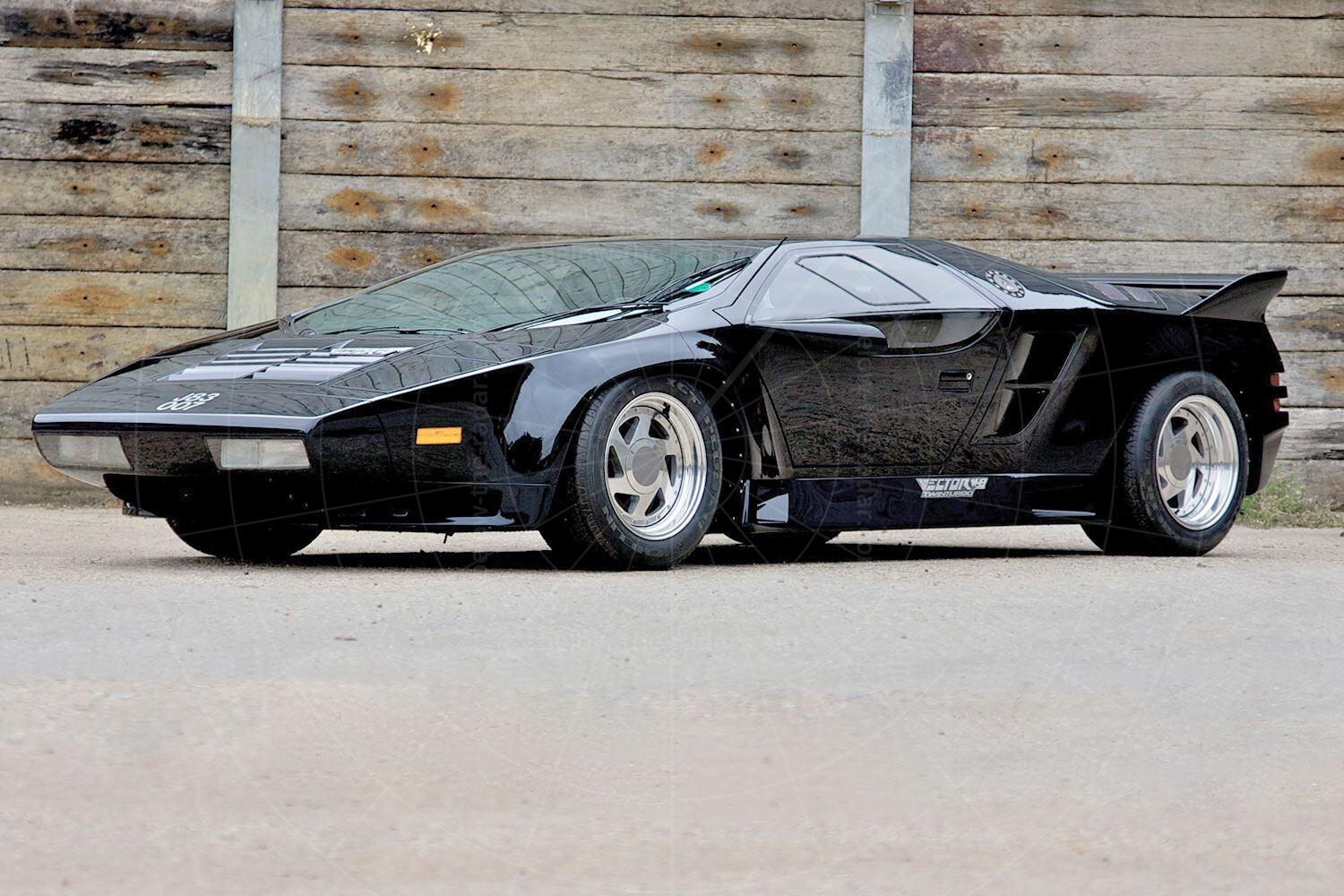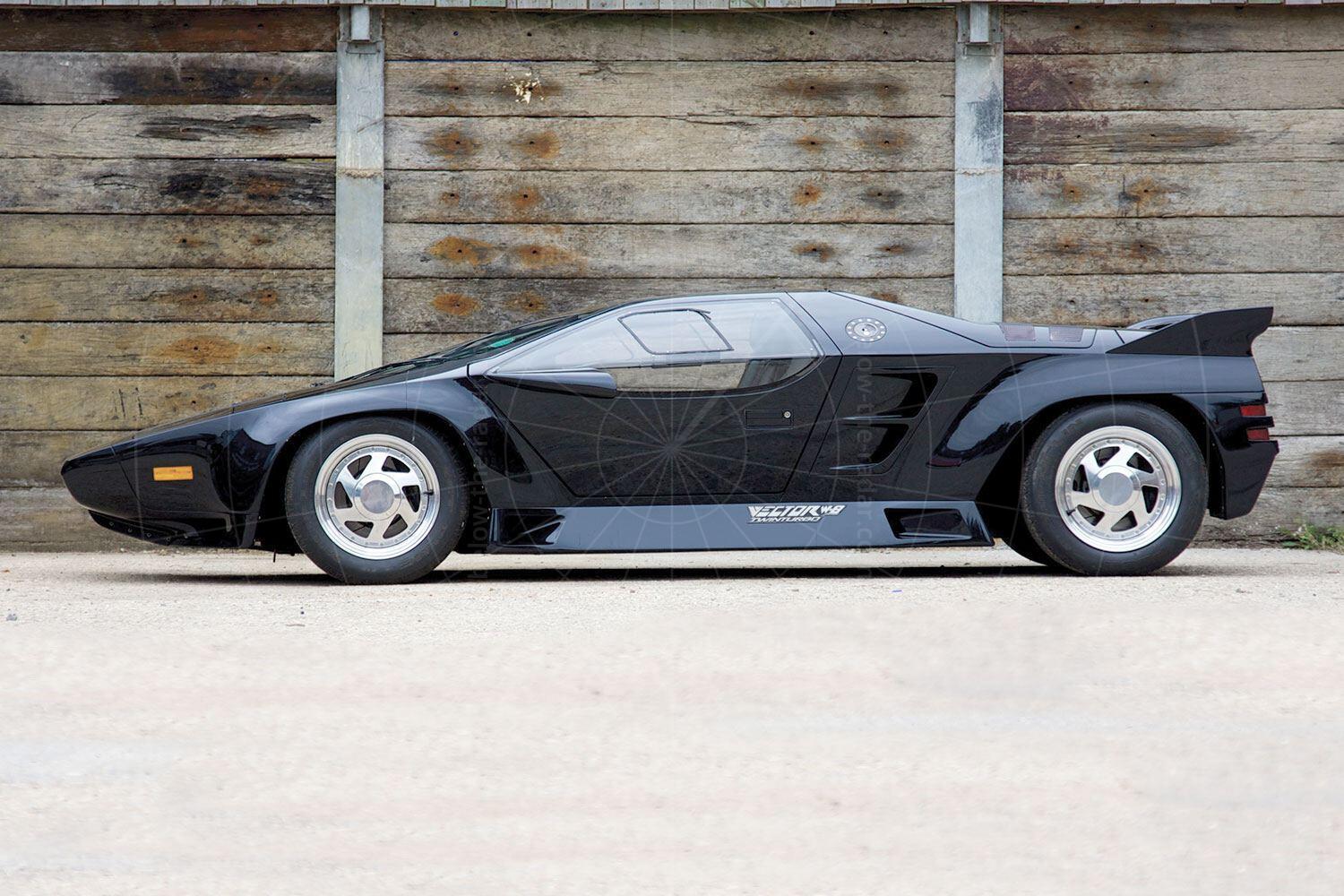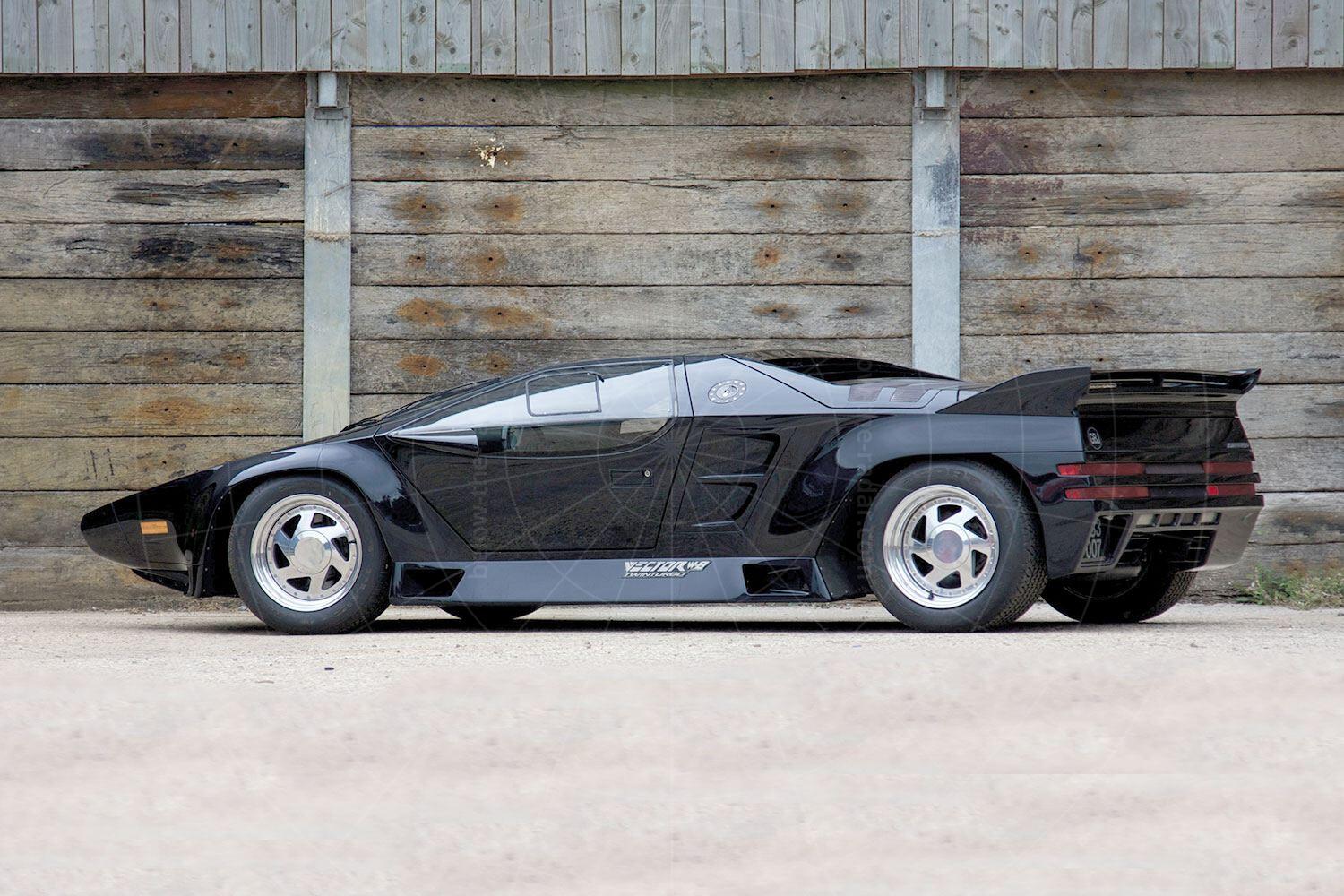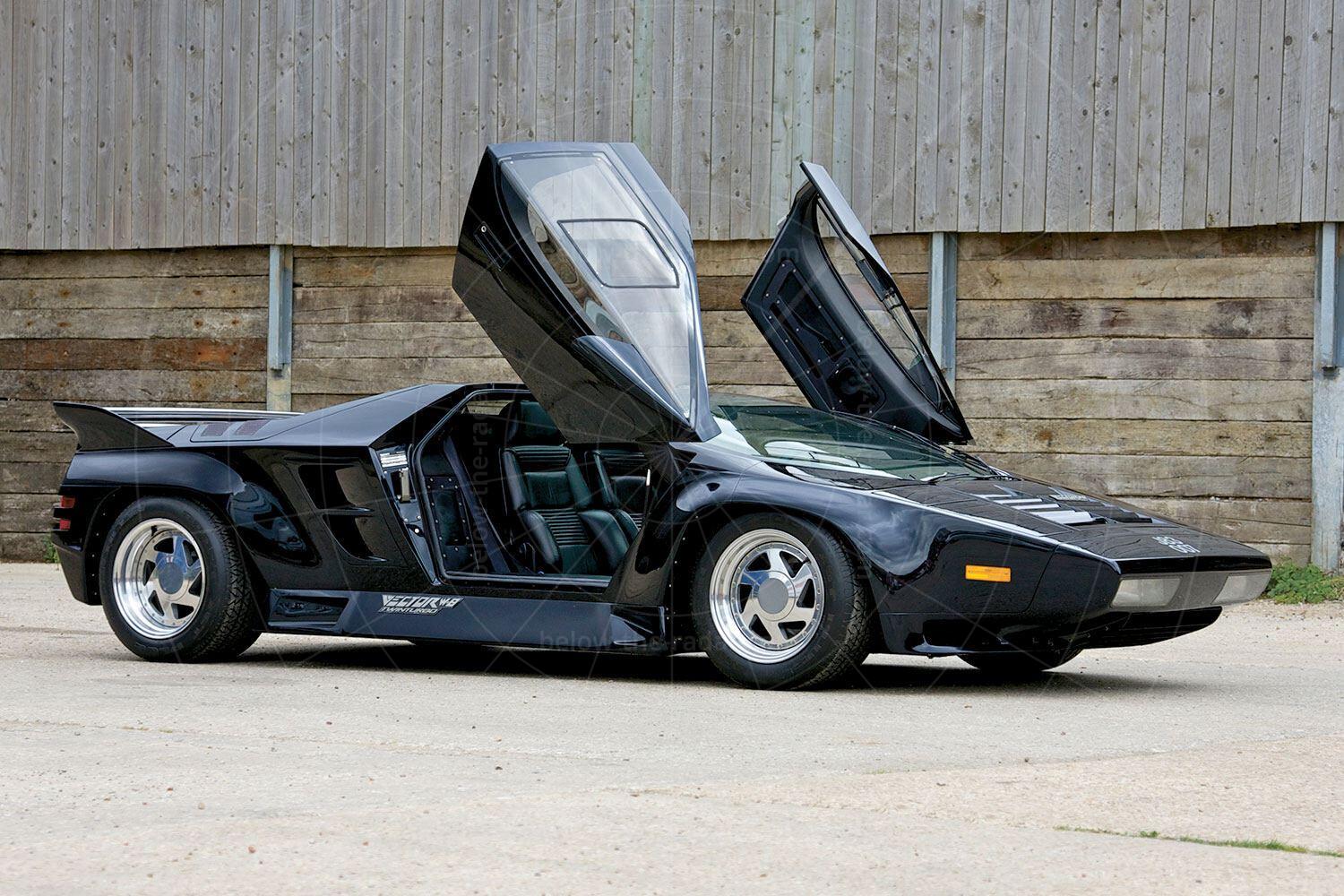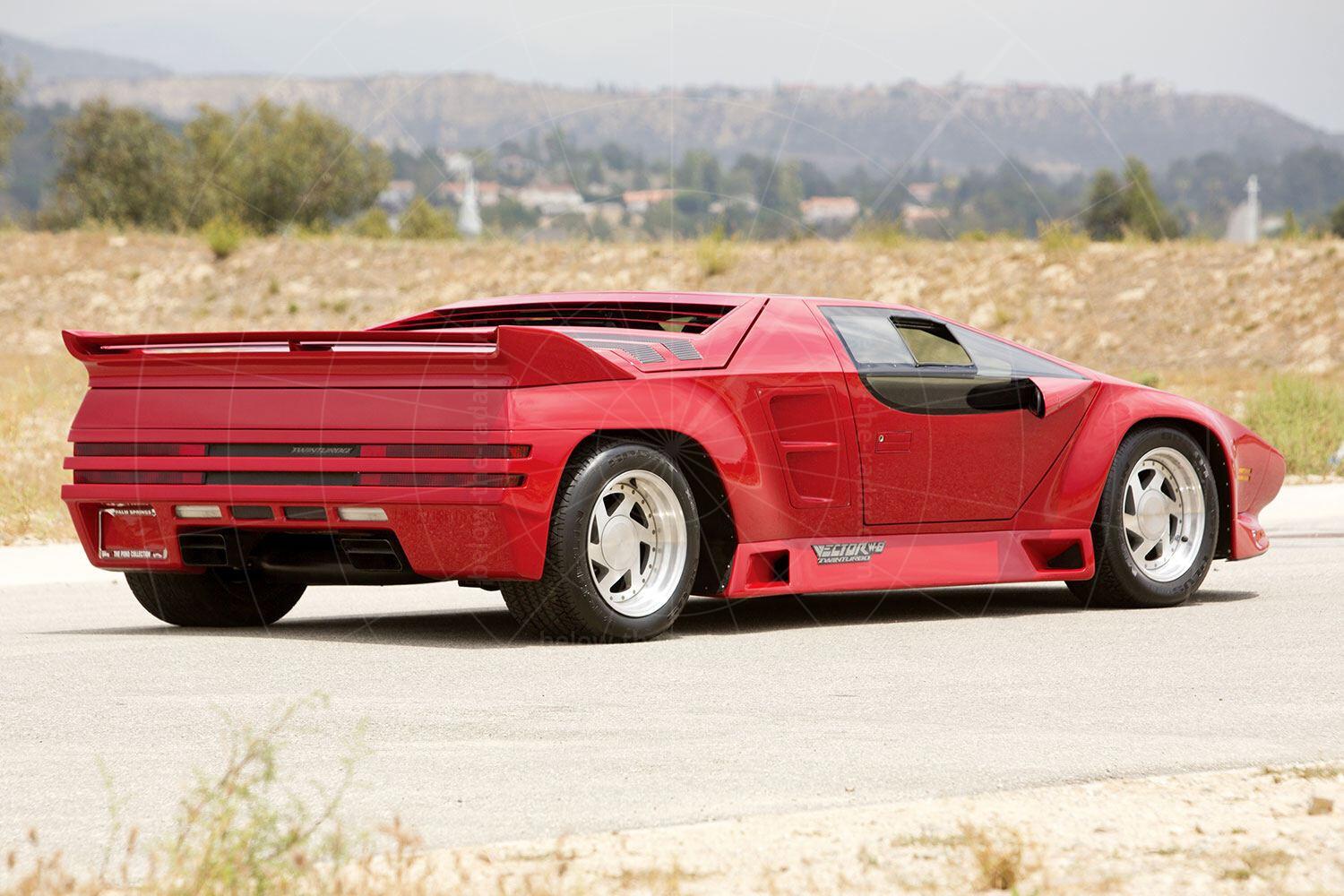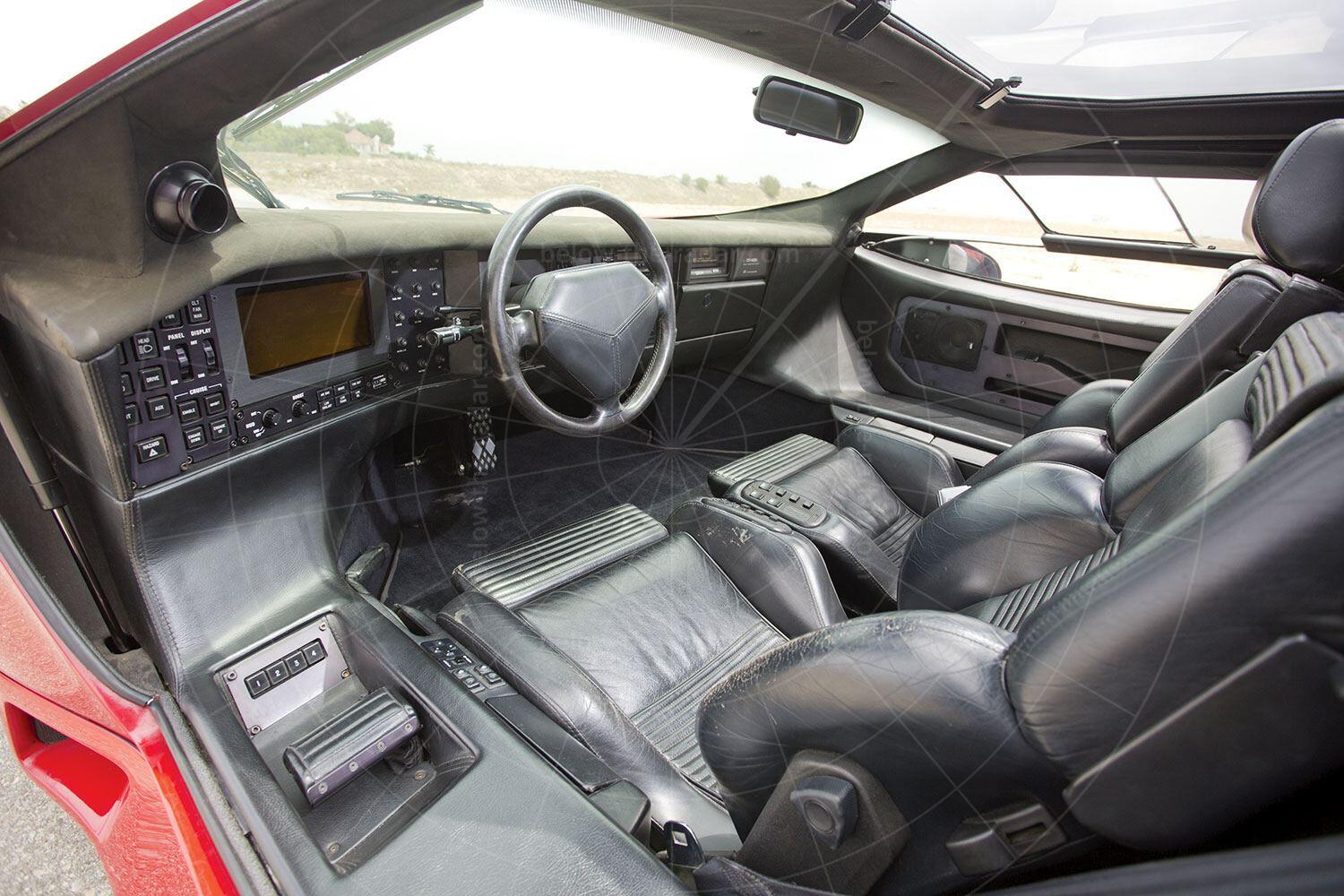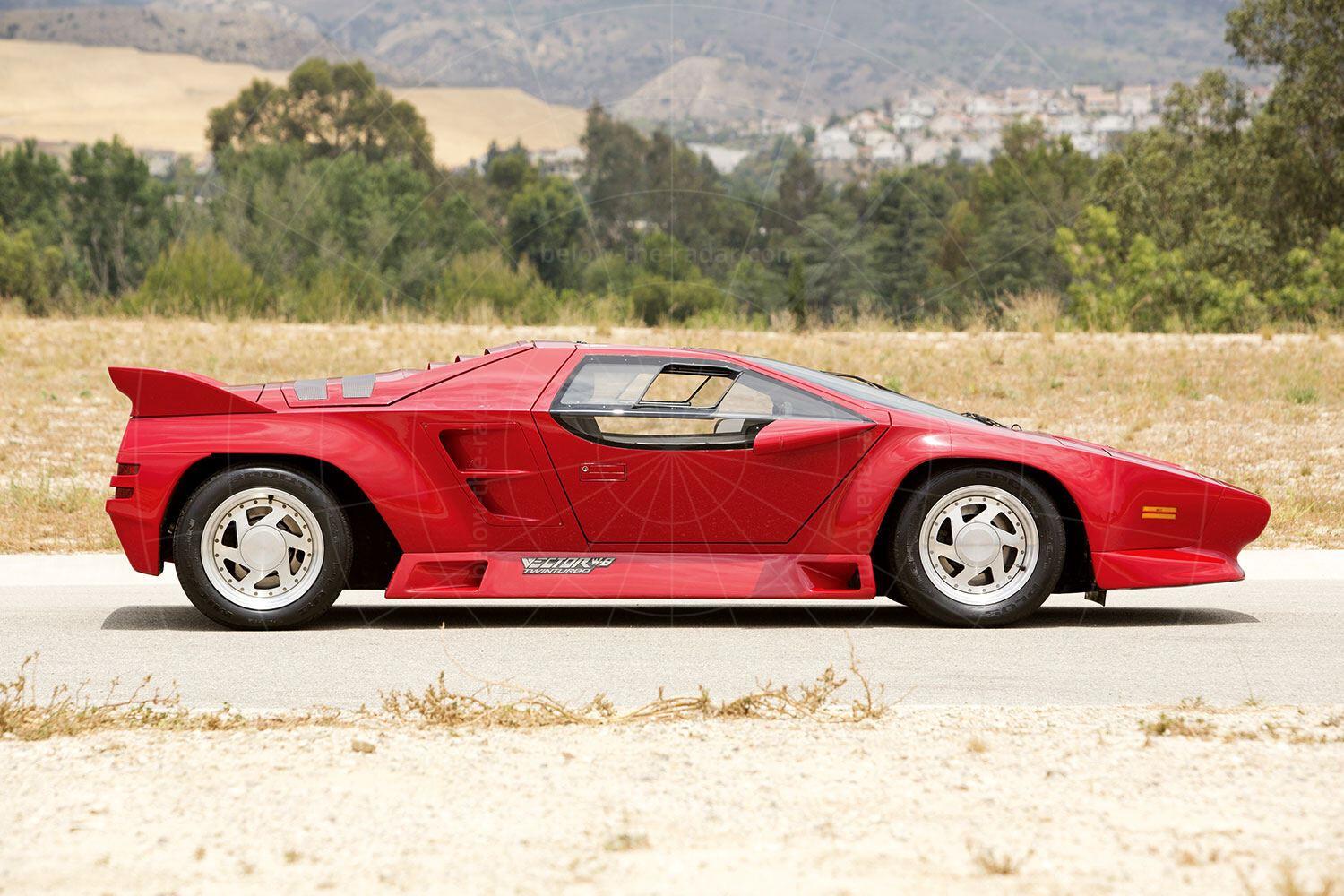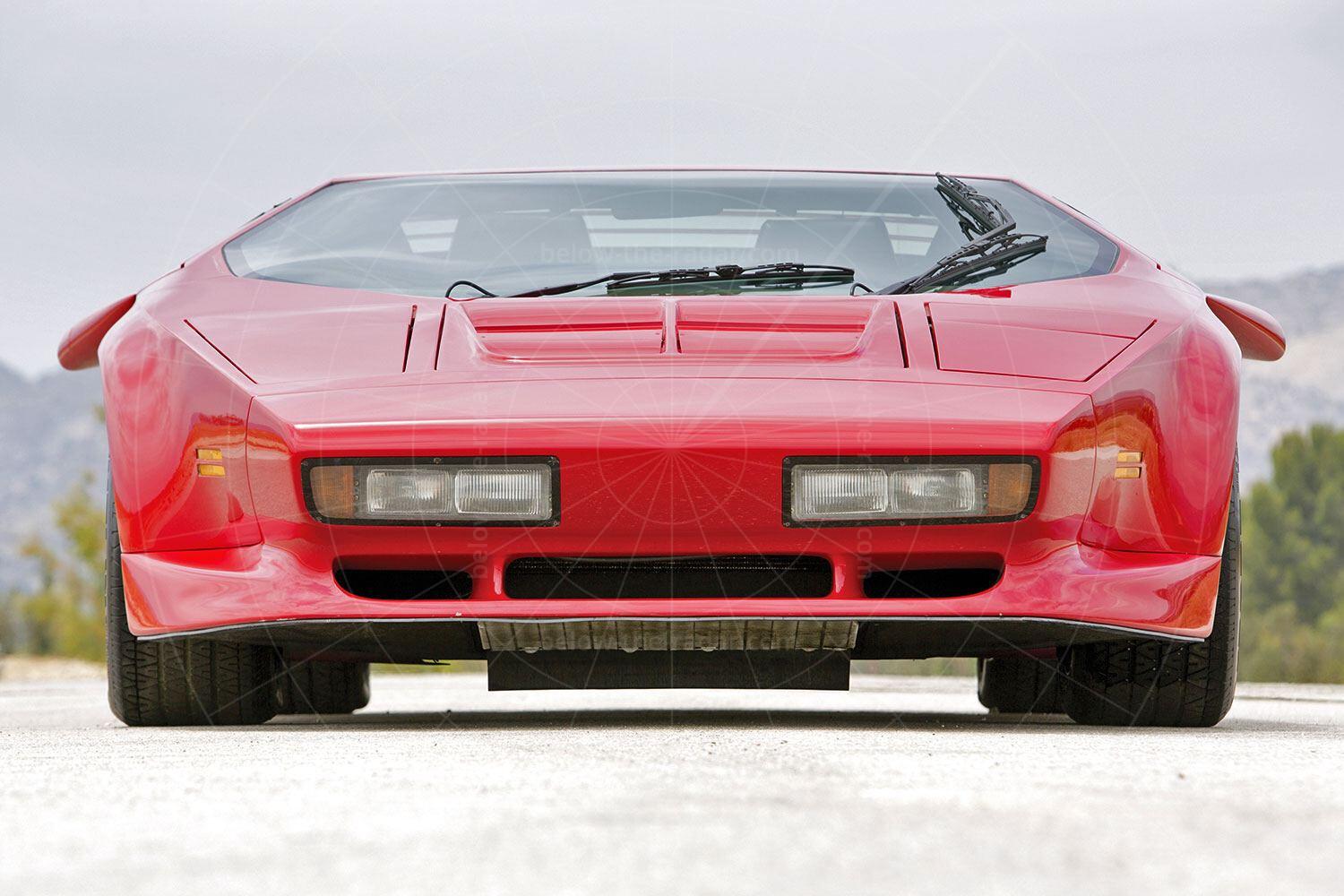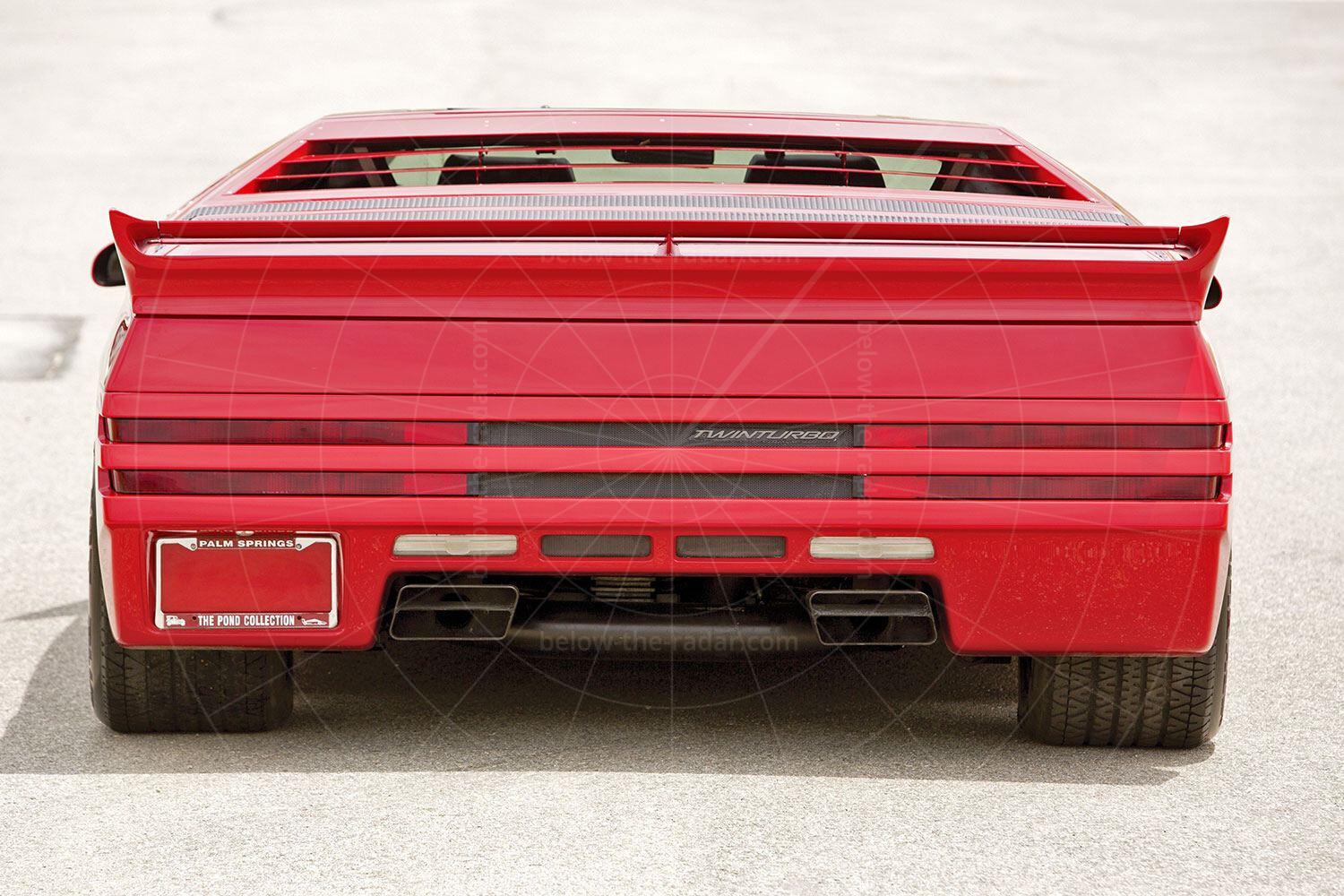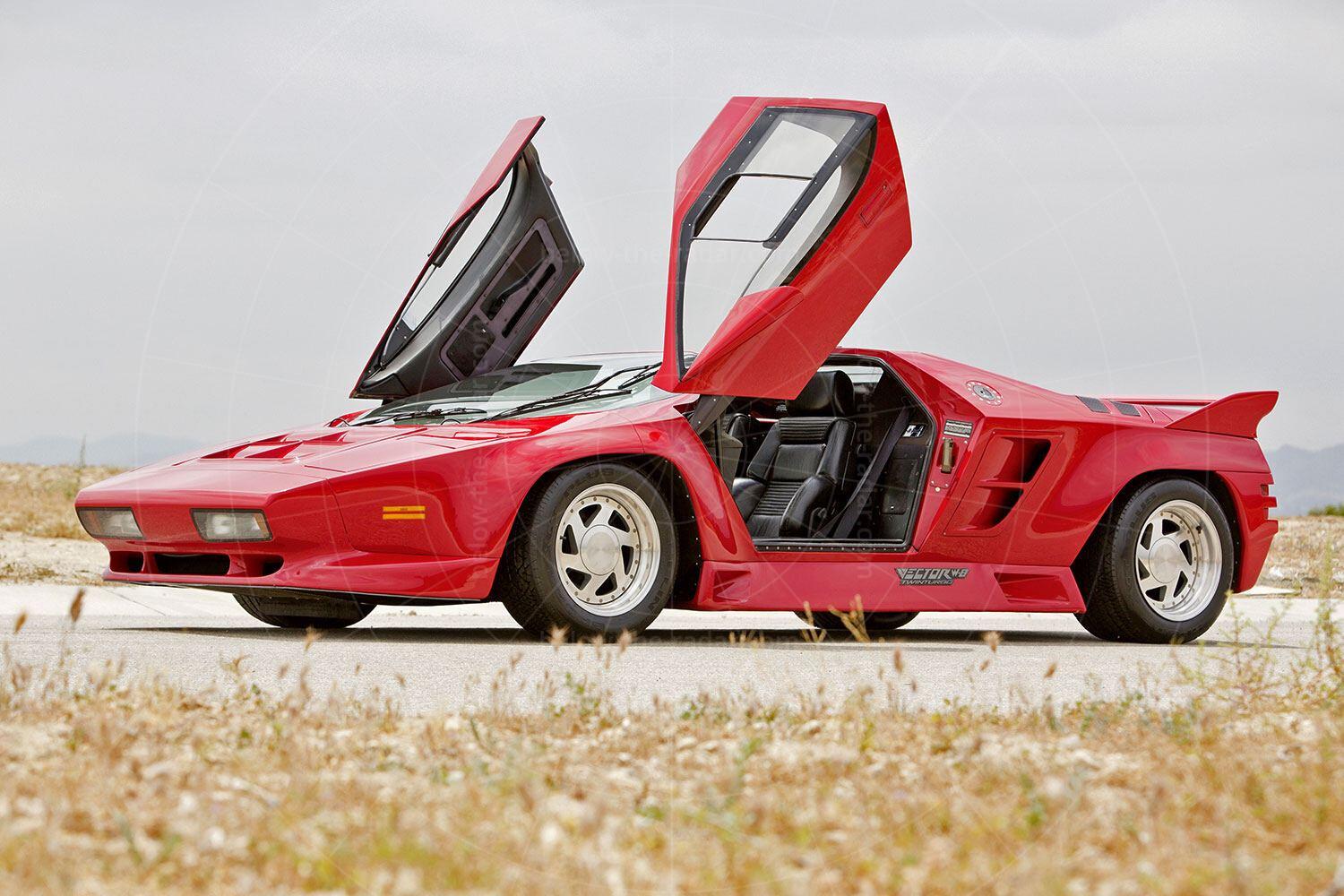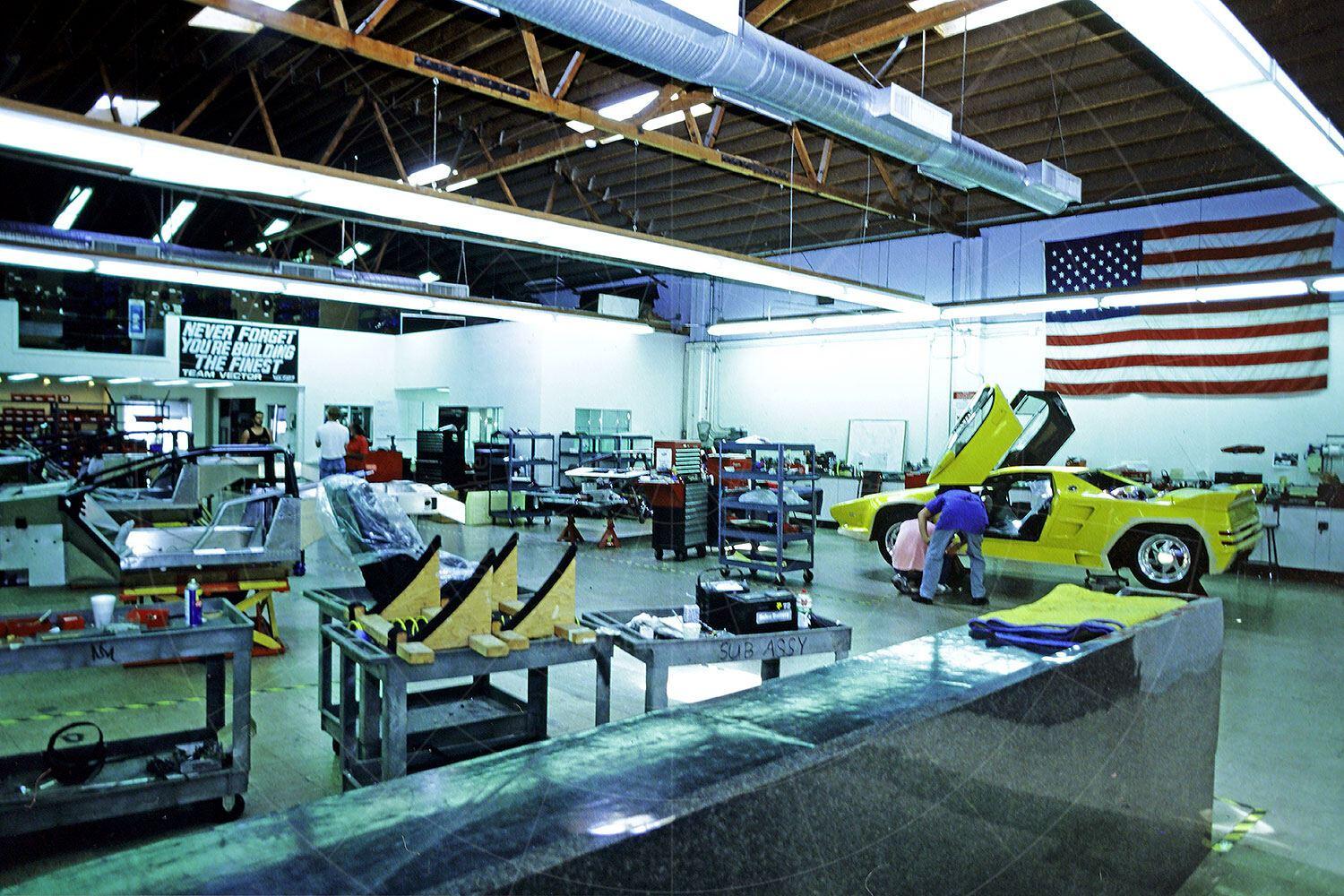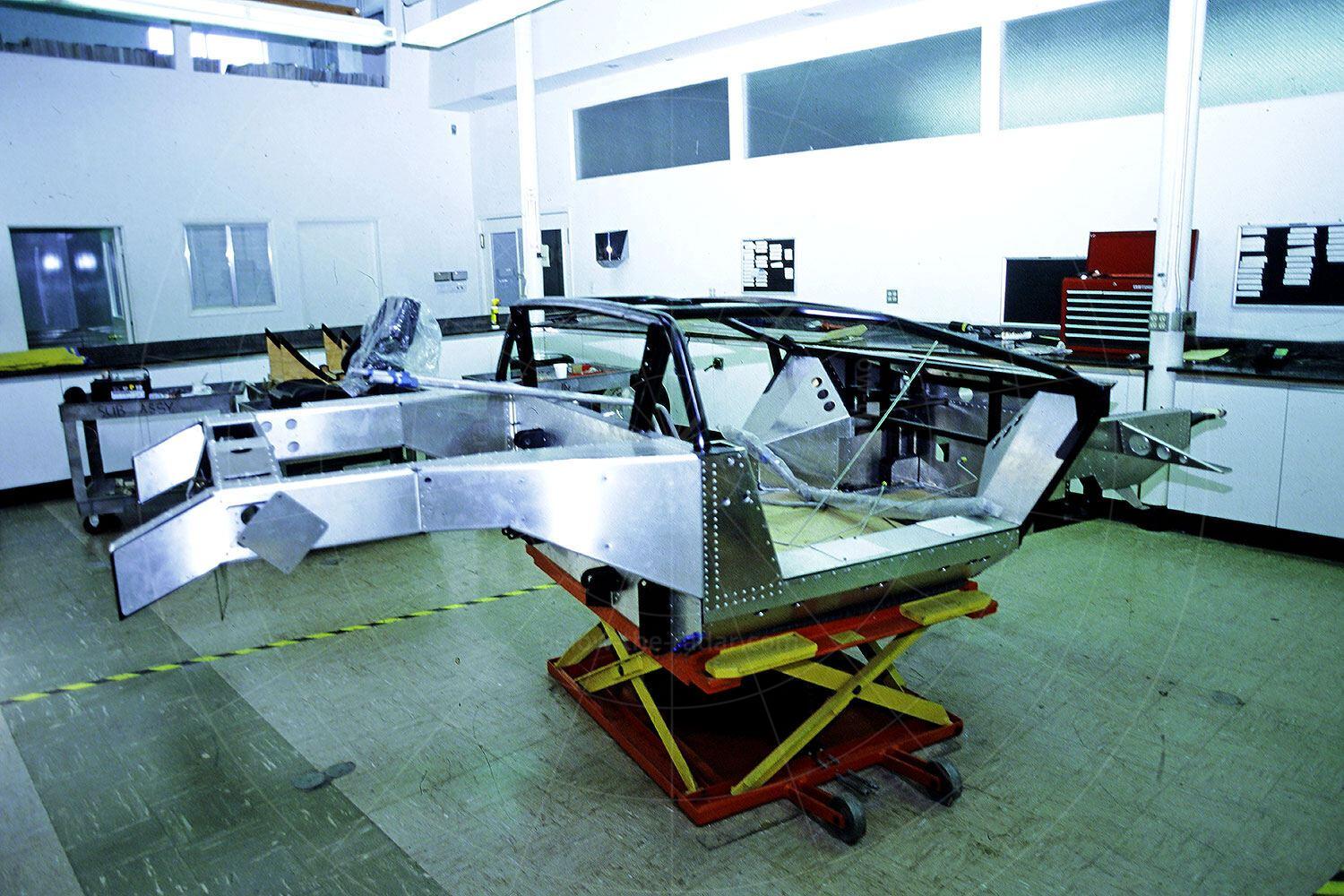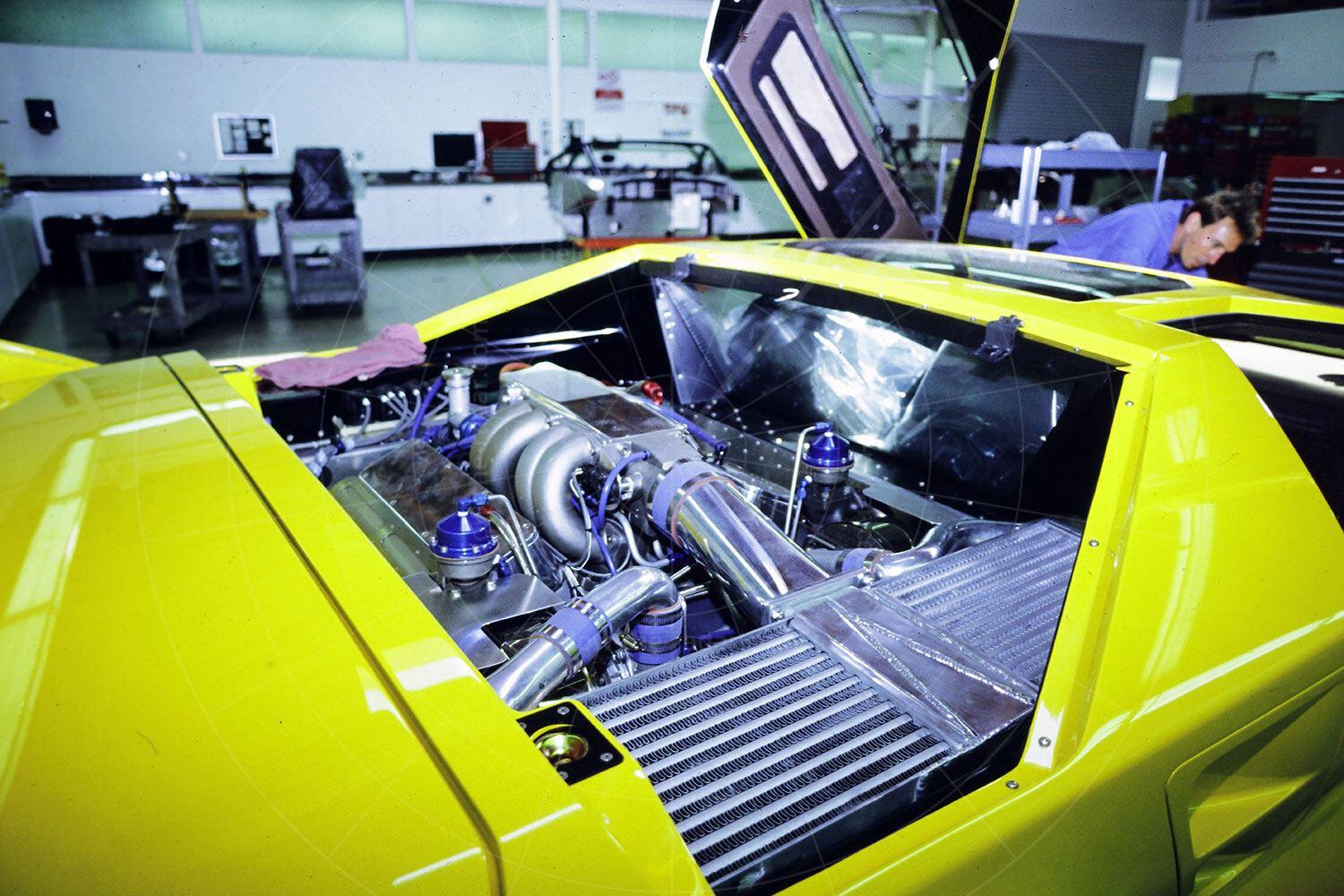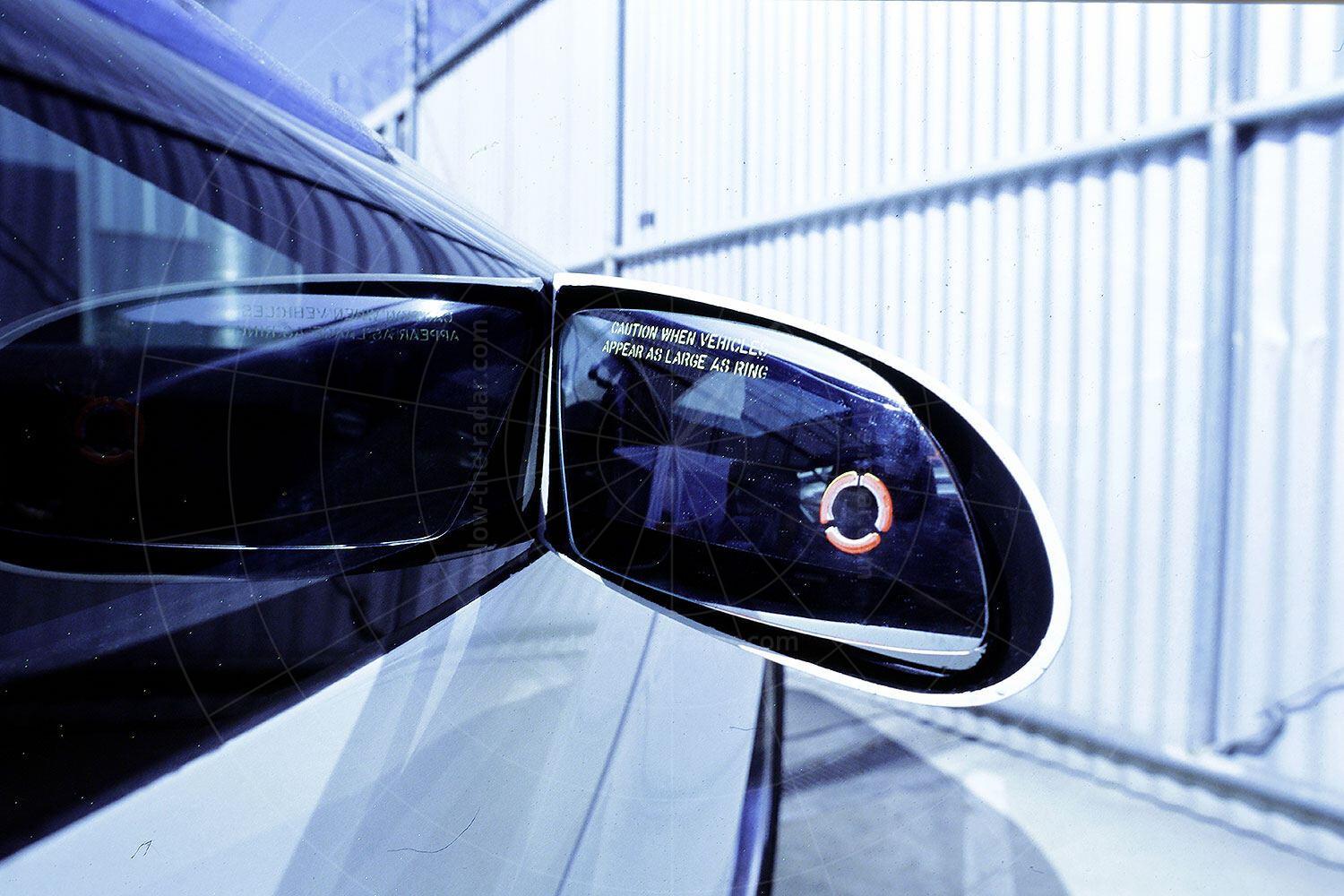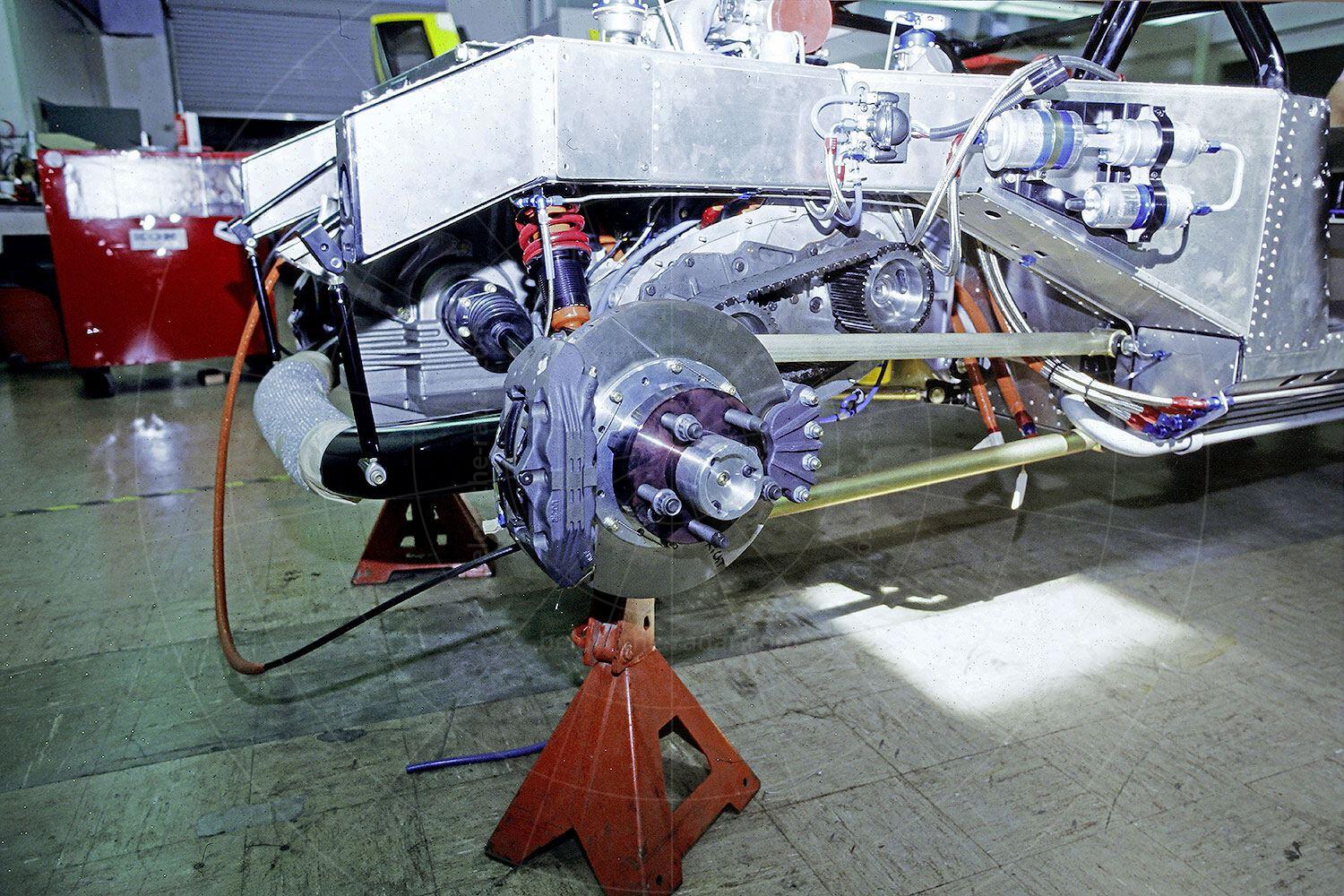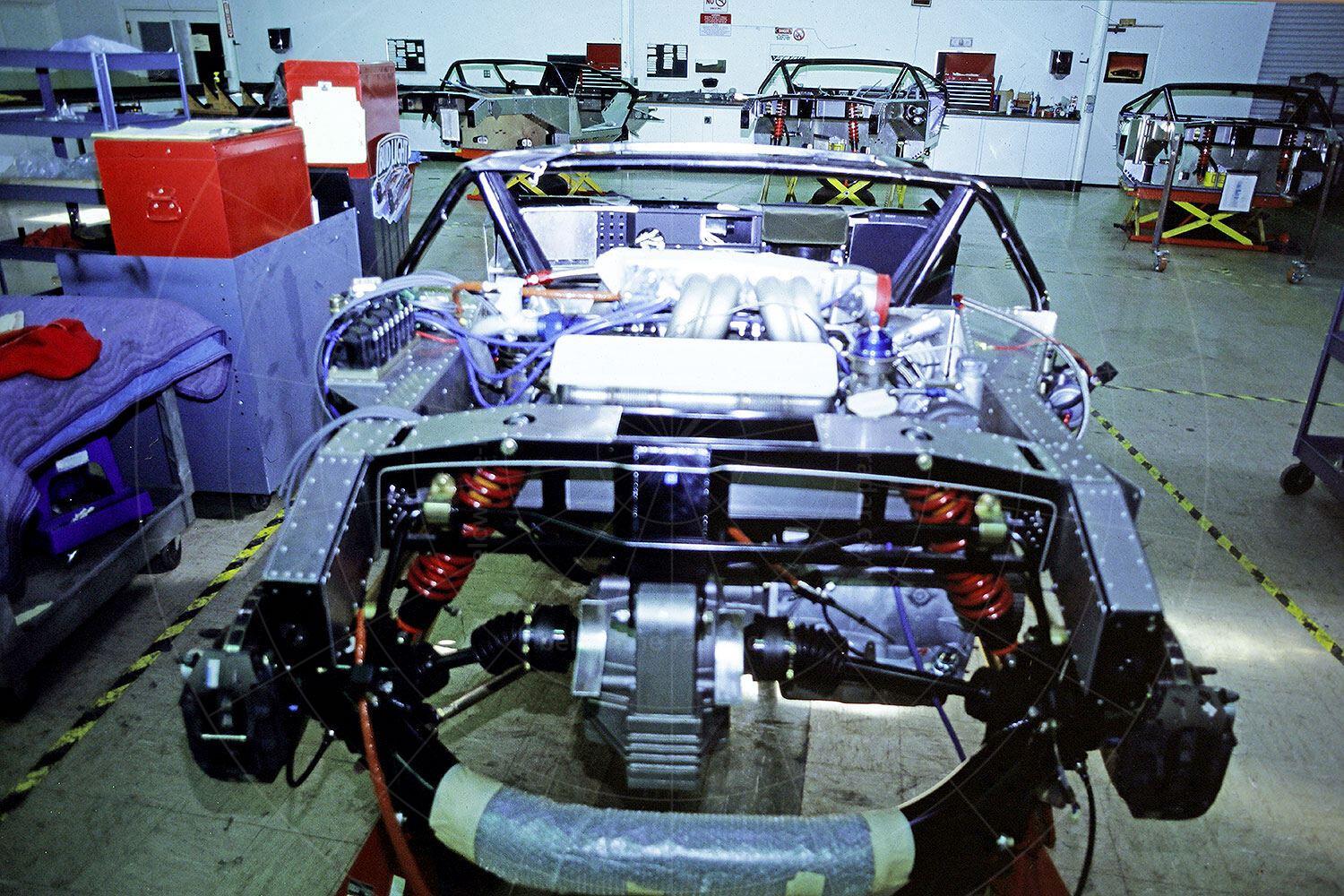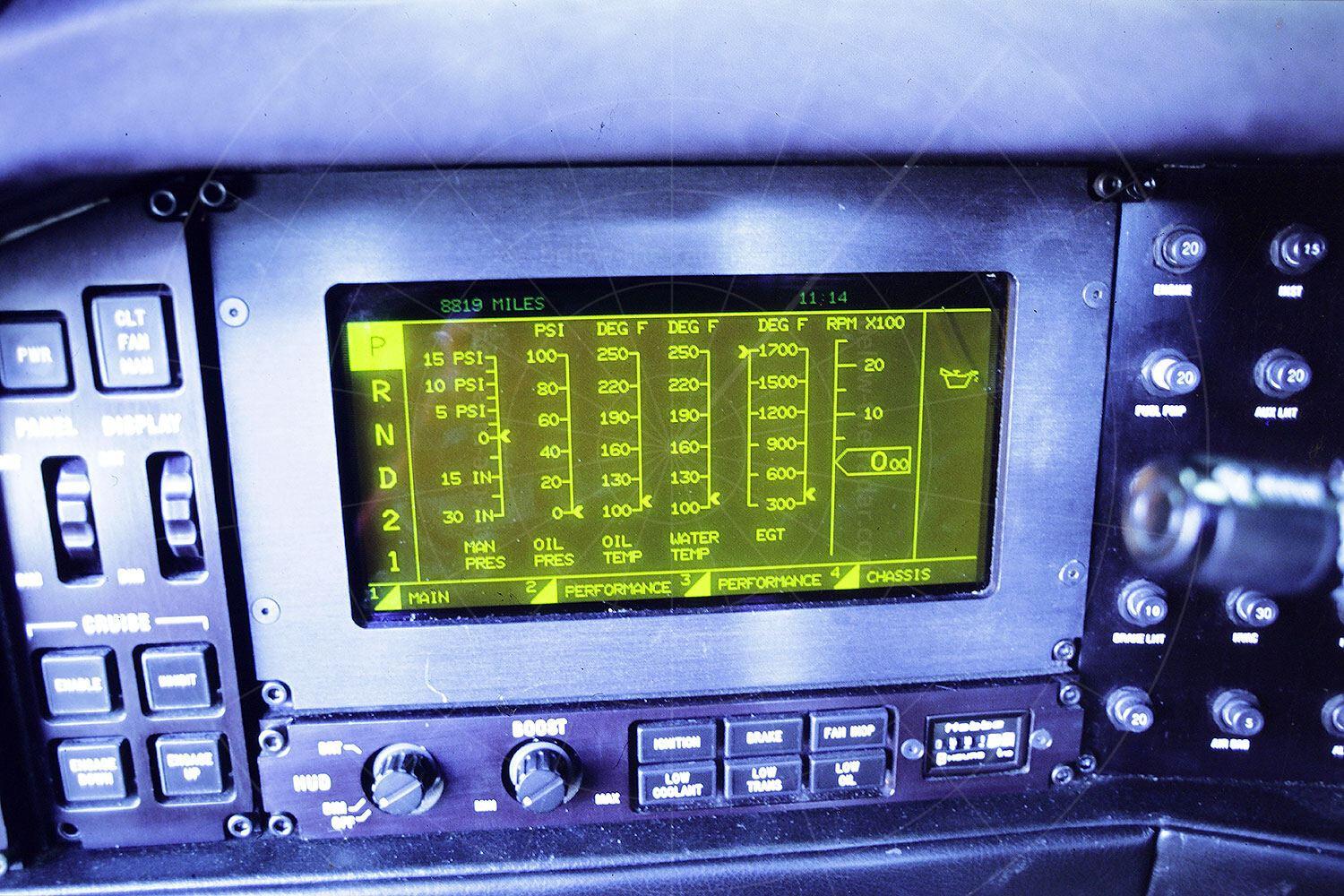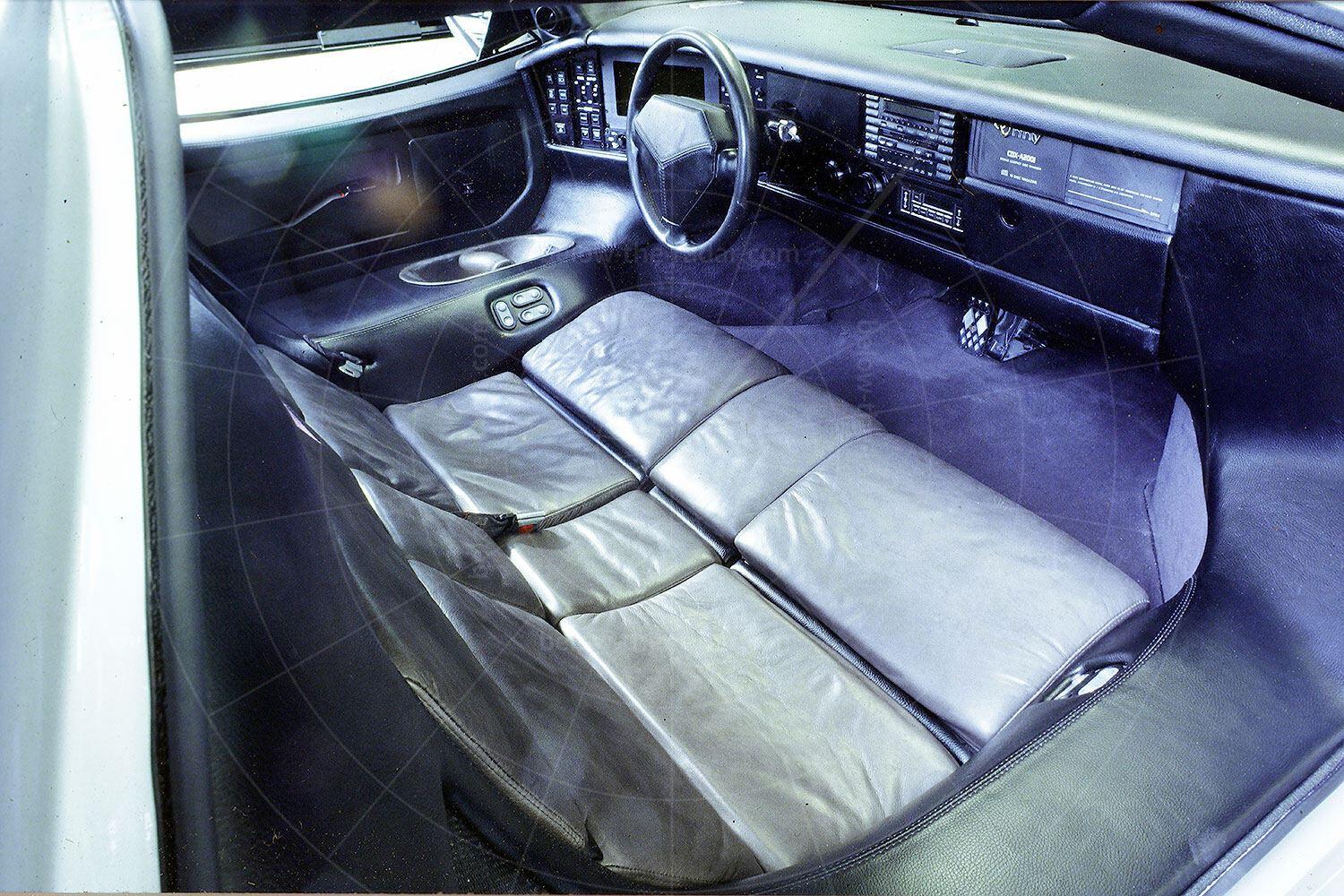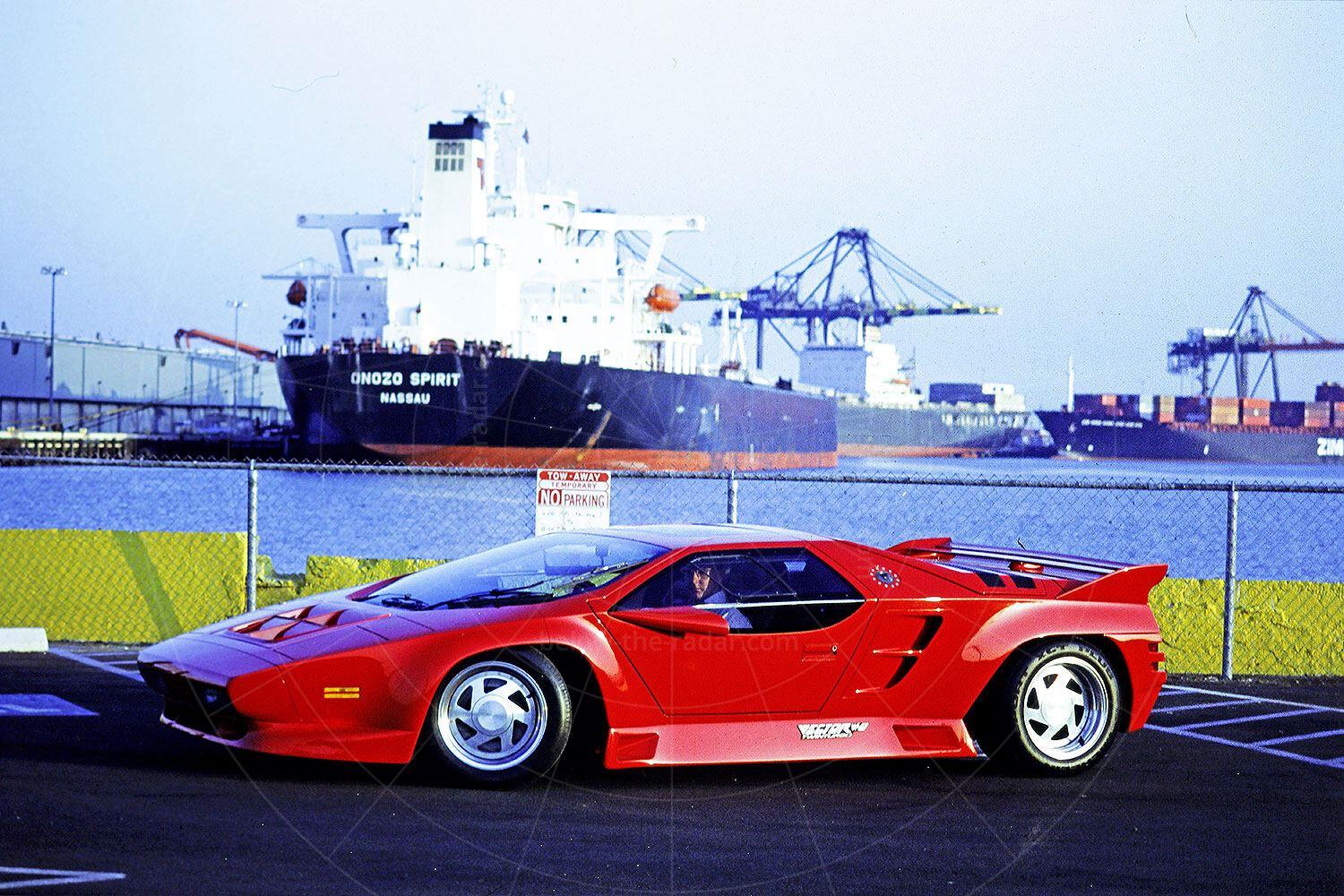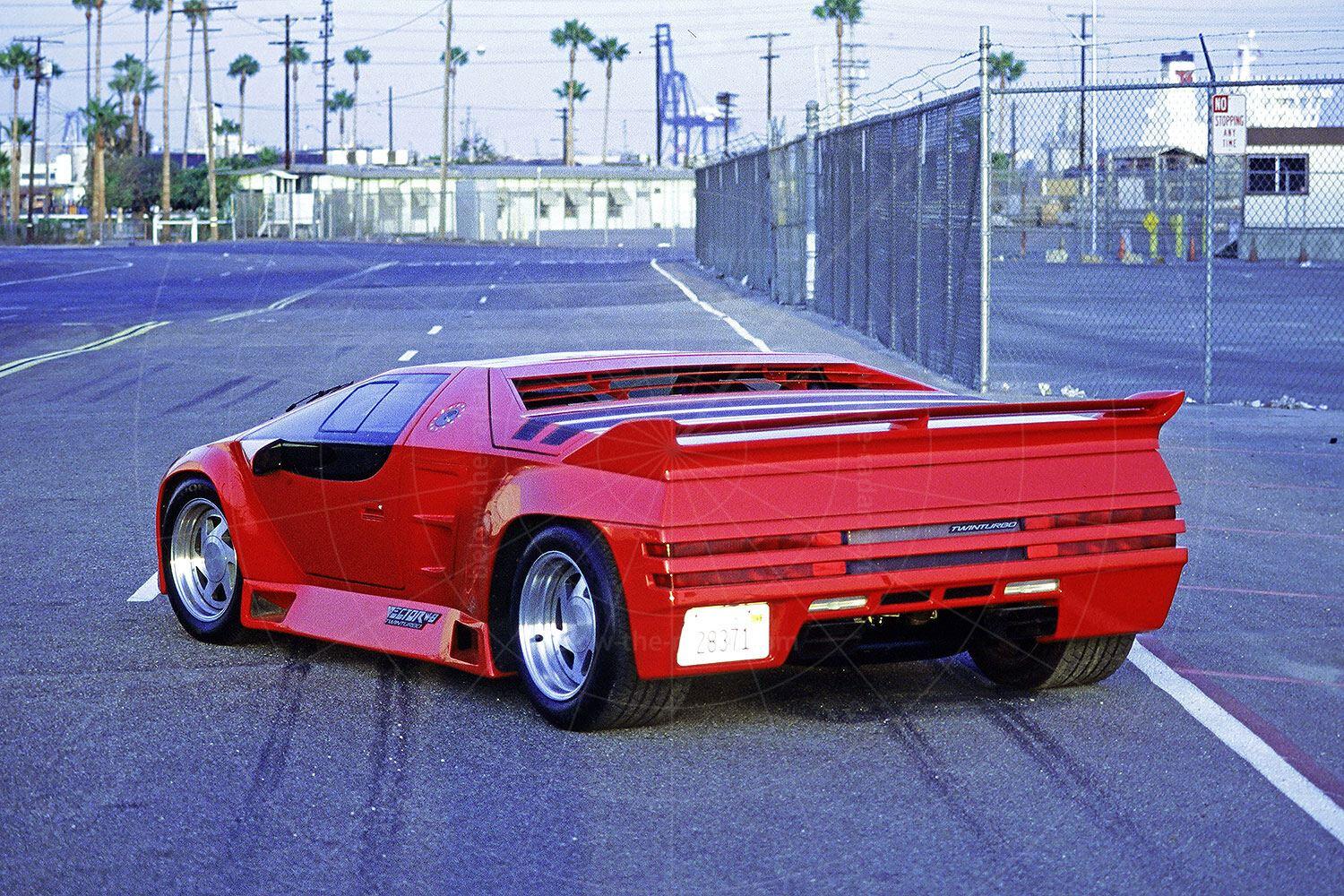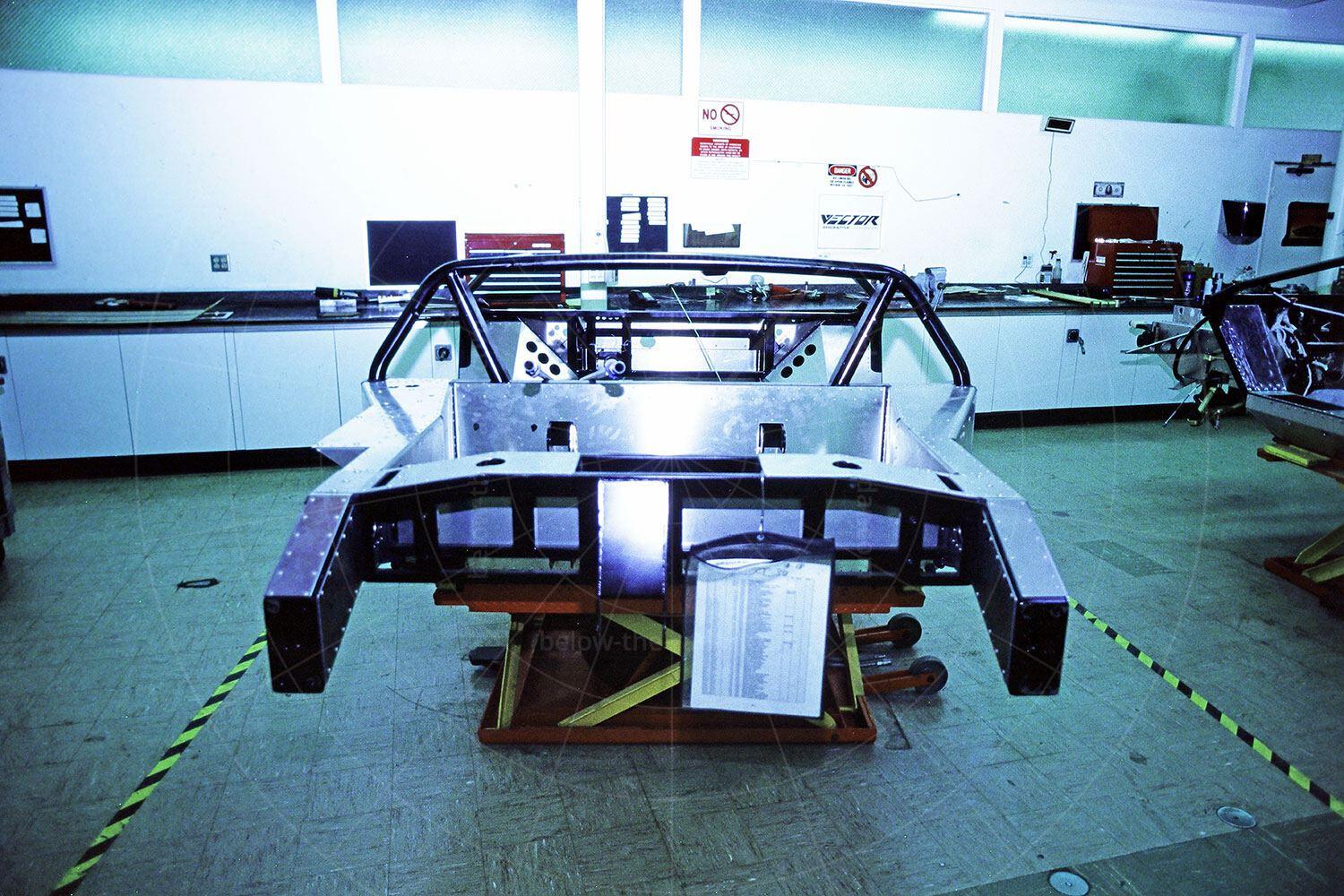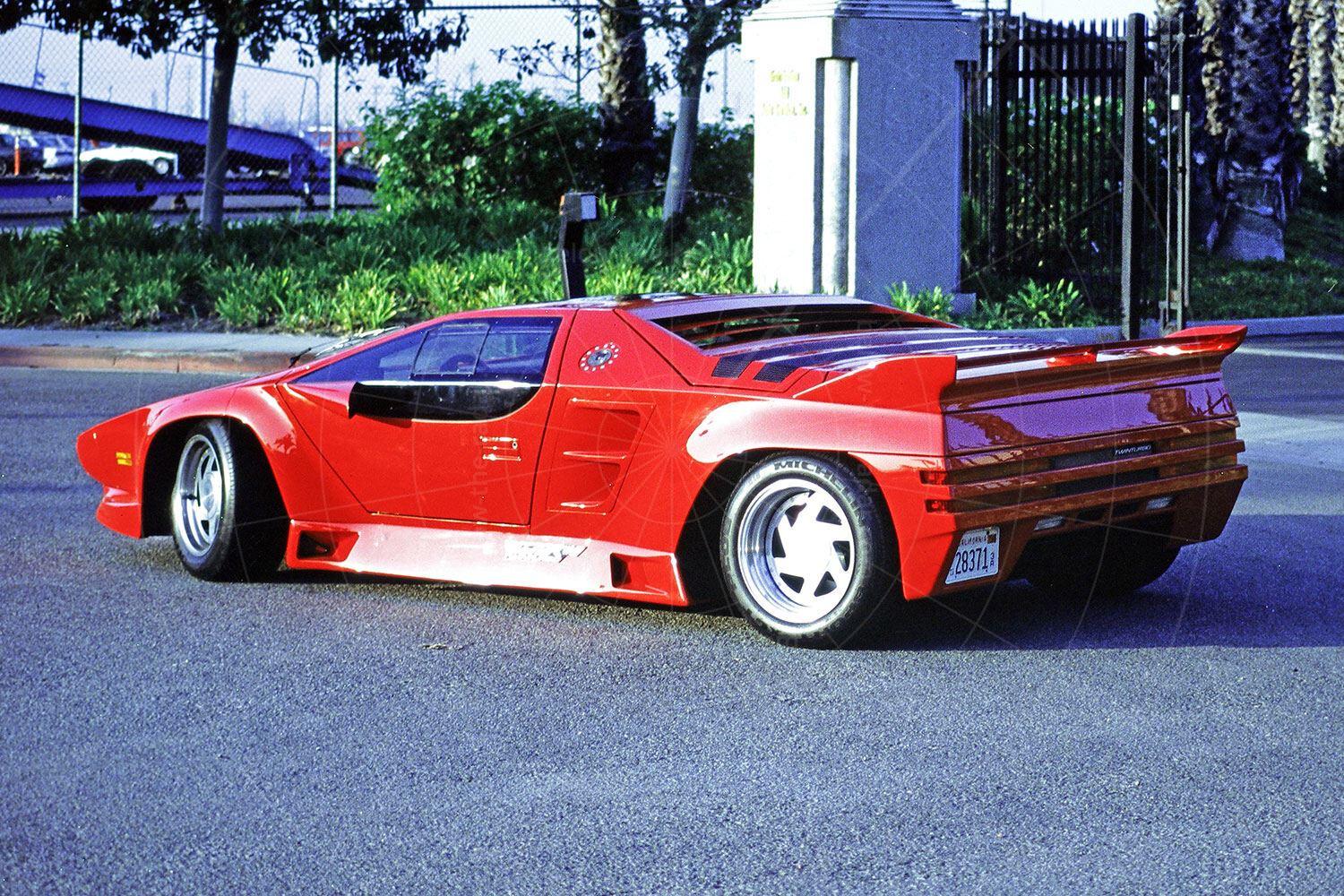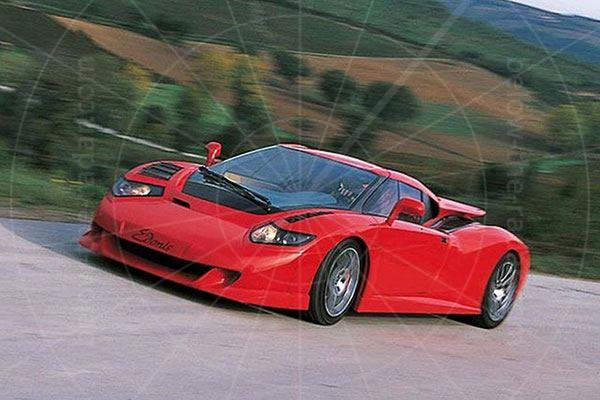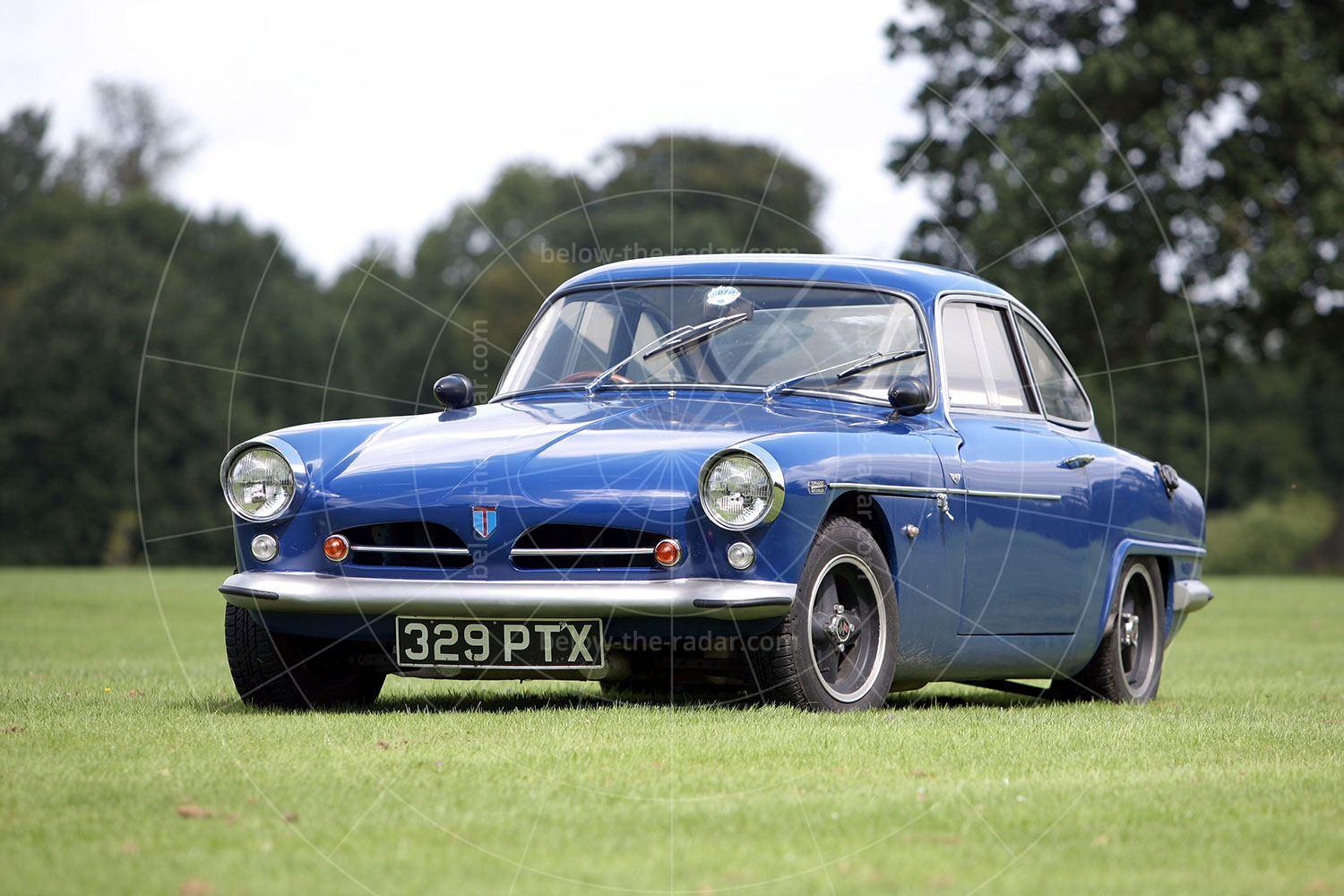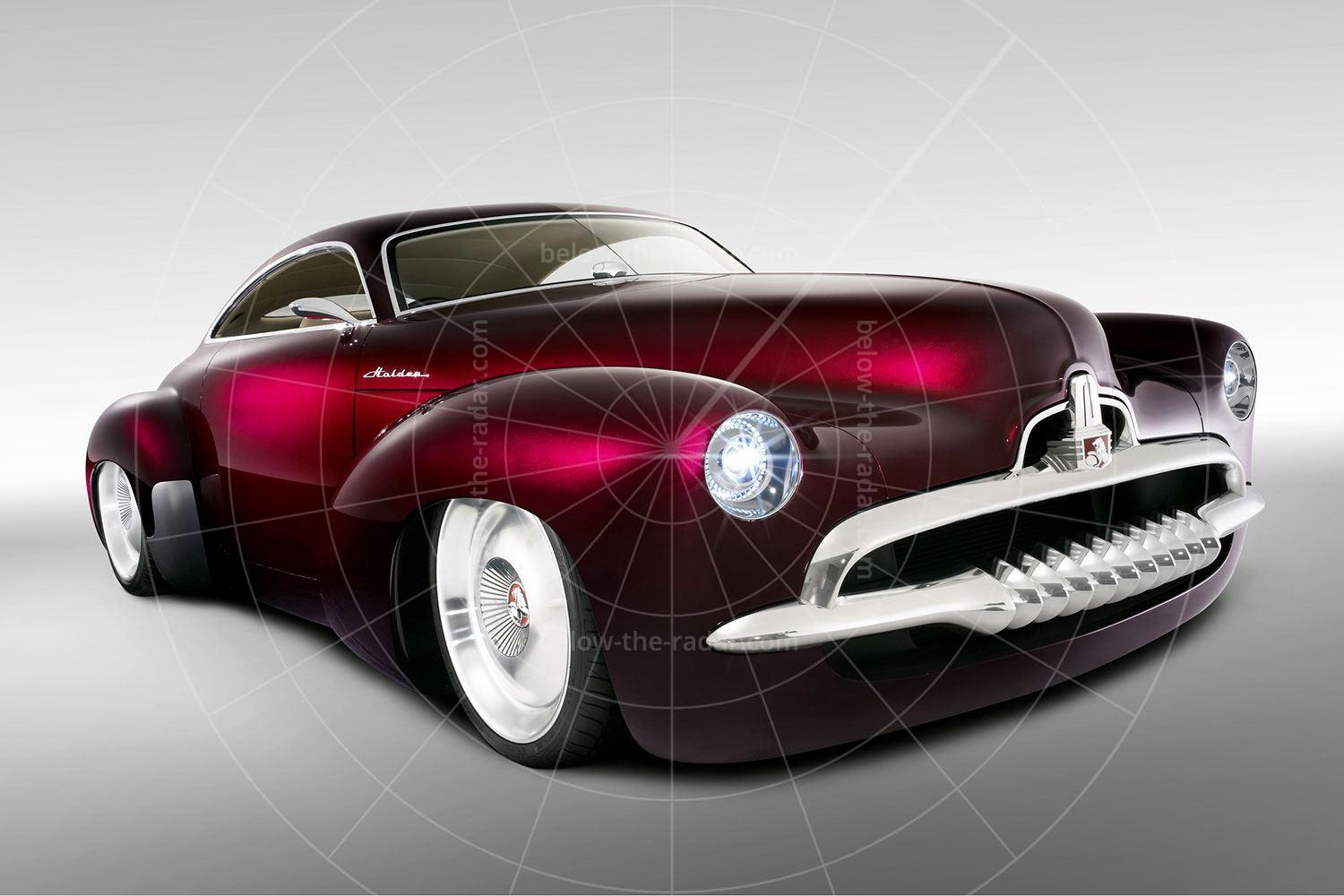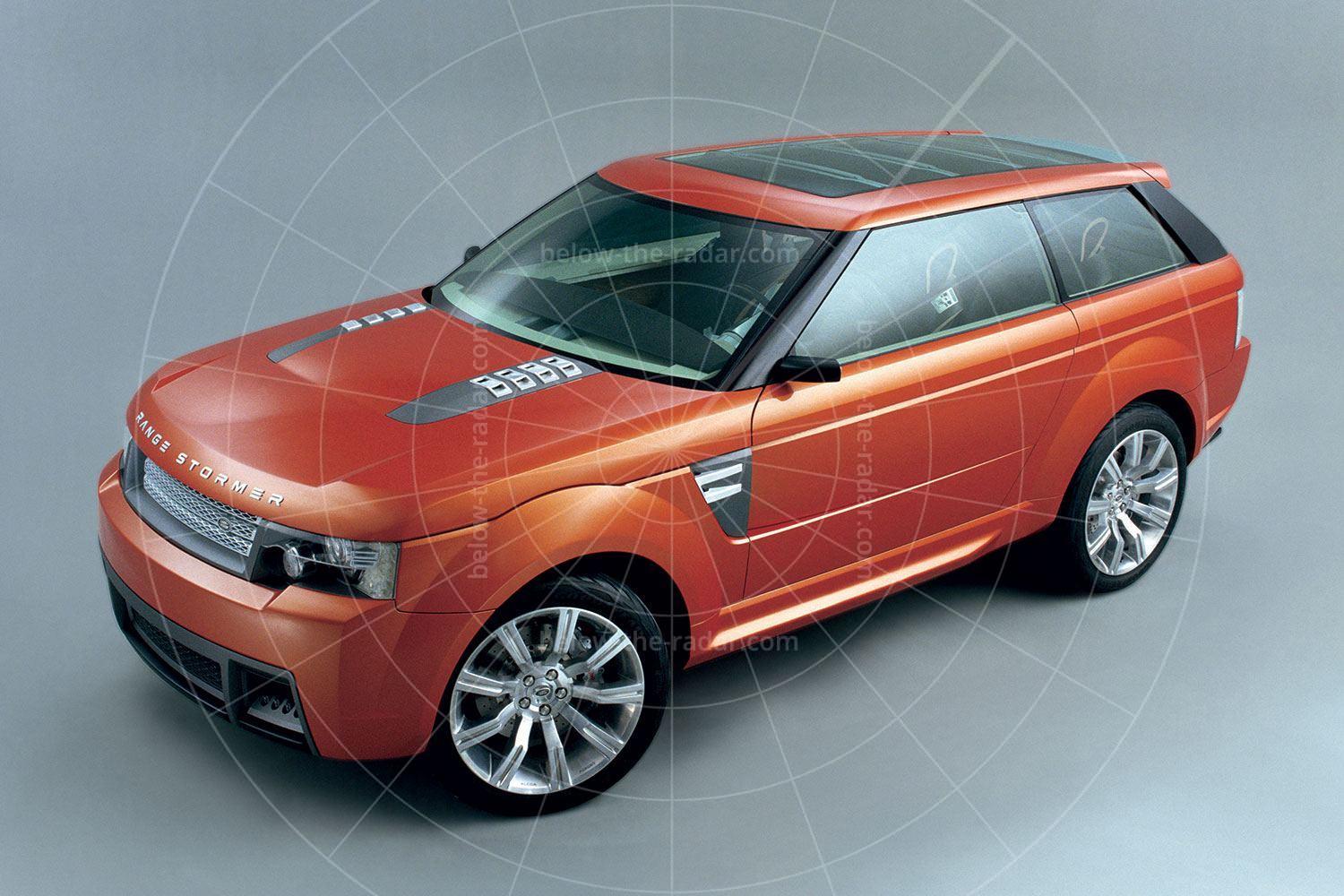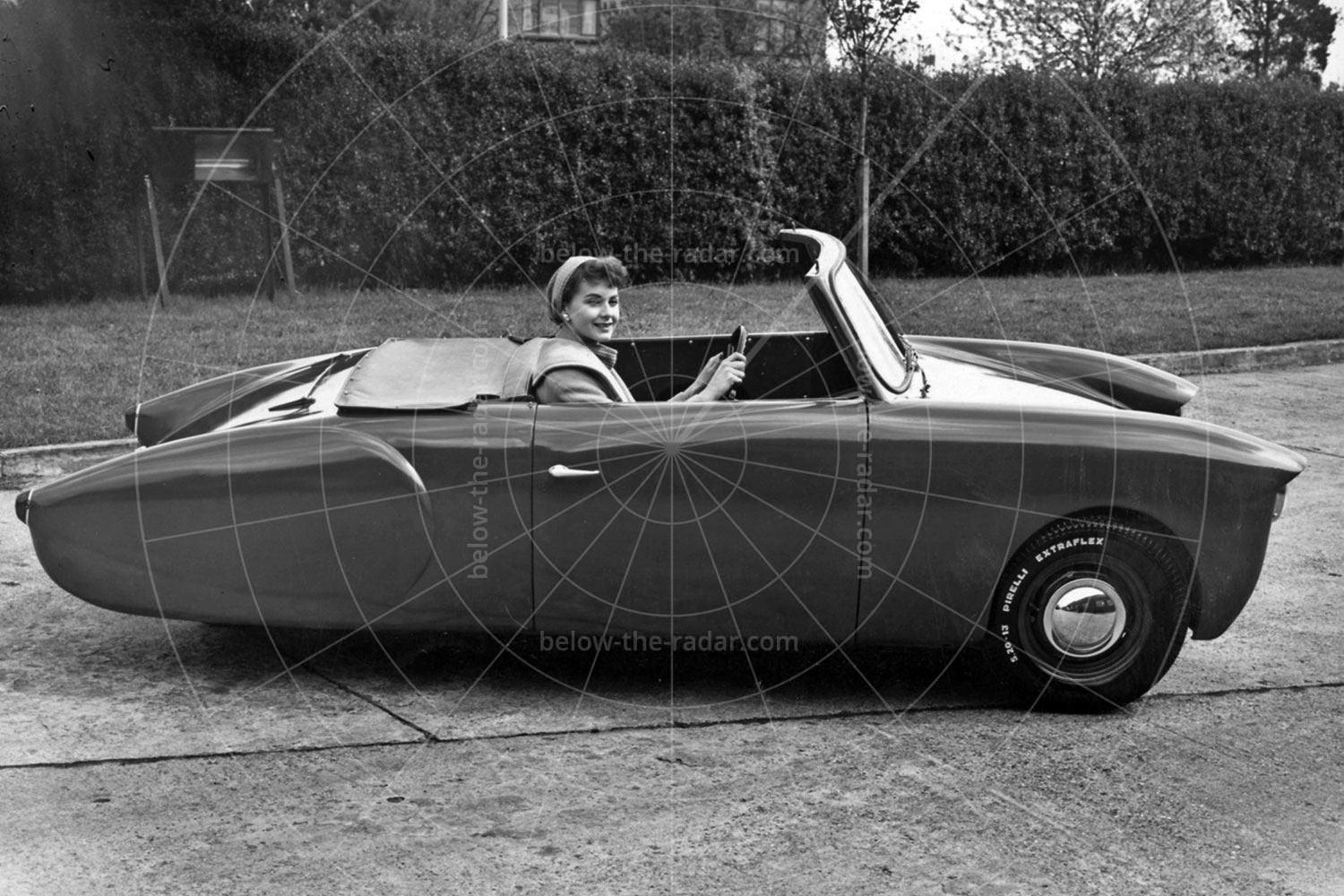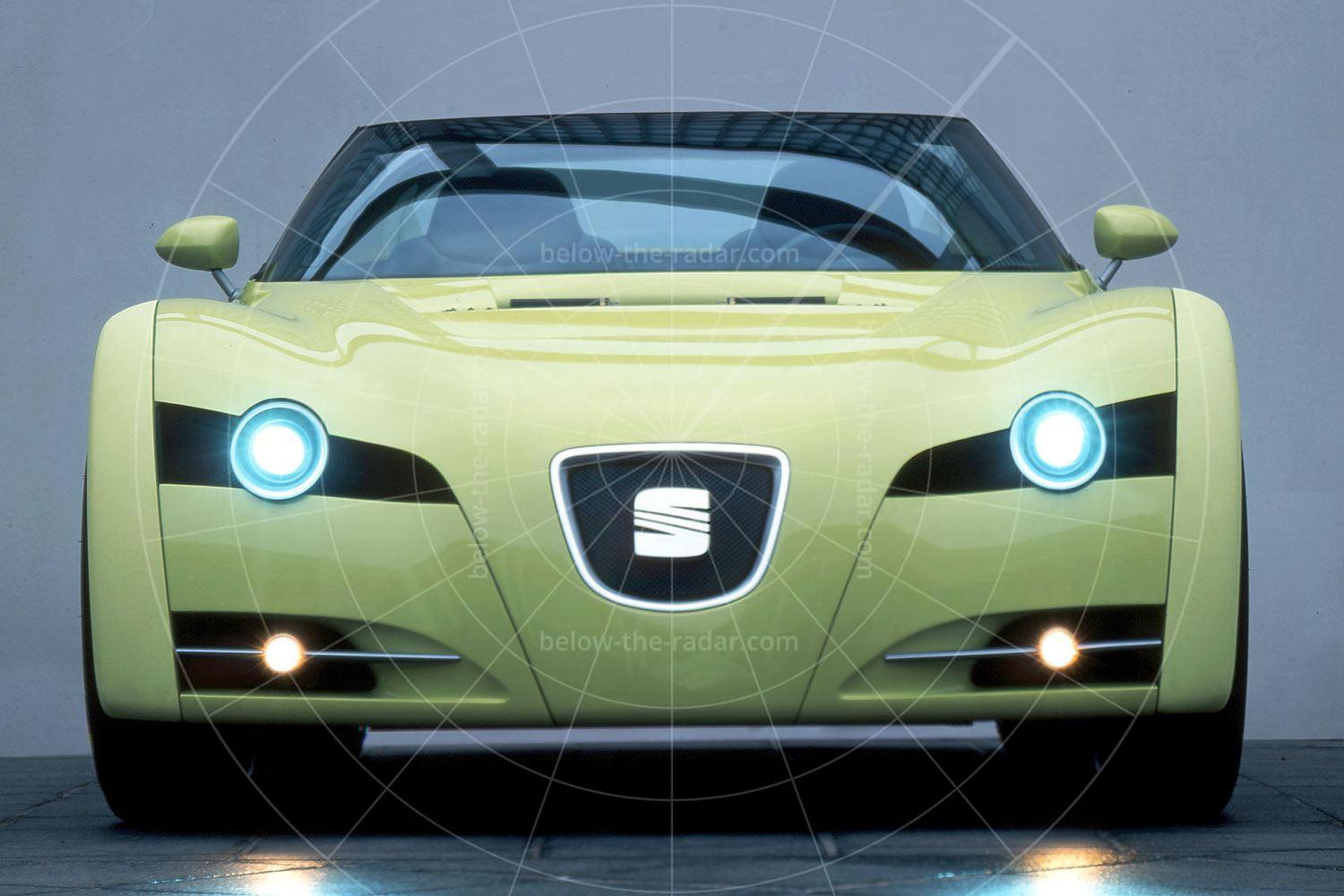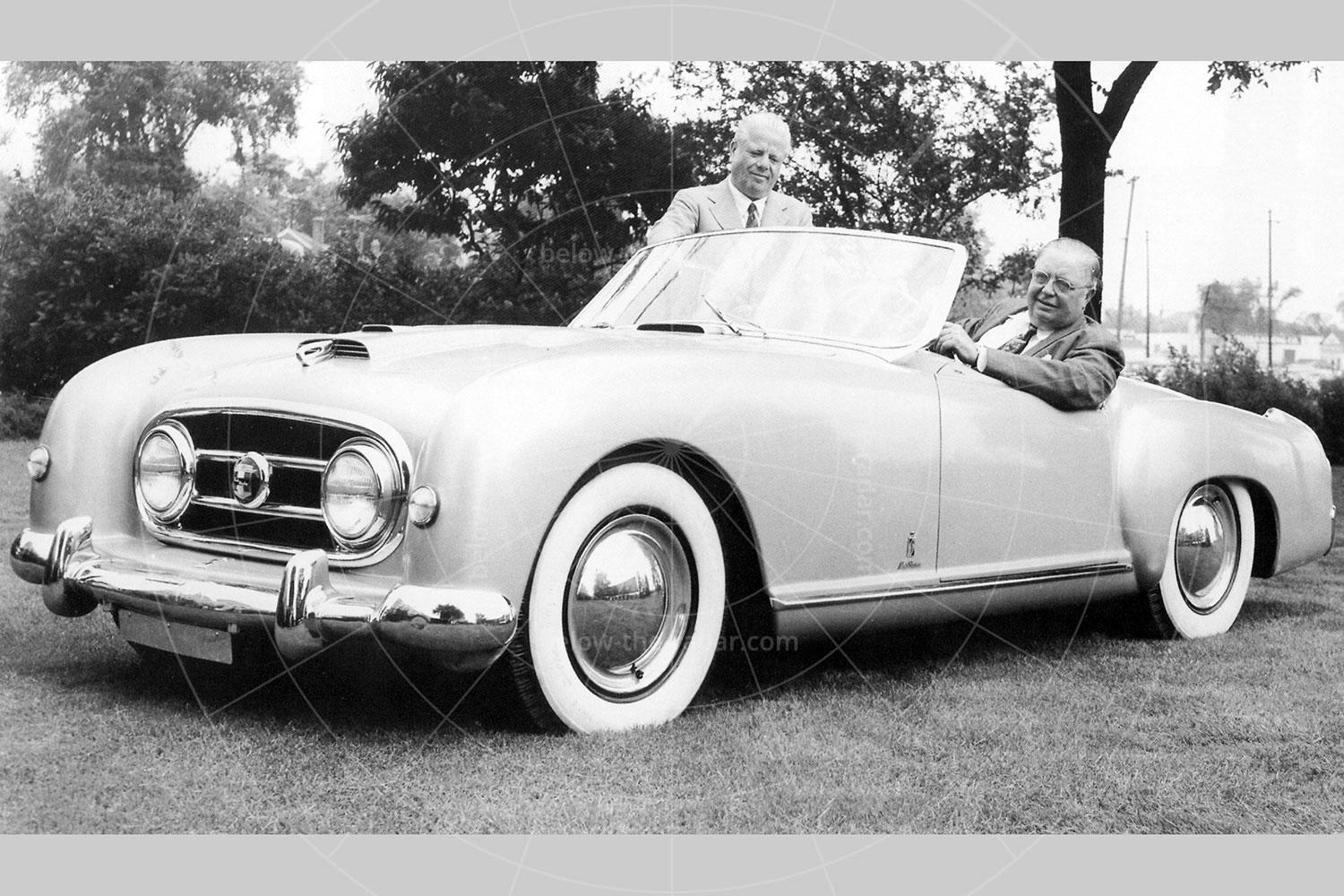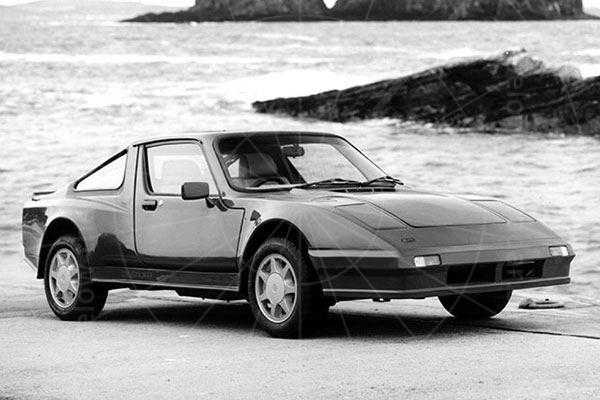Jerry Wiegert sketched his idea of a game-changing supercar as early as 1971. That car would become the Vector W2, a prototype which would evolve throughout the 1970s and 1980s to finally reach production as the Vector W8 – in 1990. Has any car ever had a longer gestation period than the Vector W8?
Much of the problem was Wiegert's refusal to compromise. His car had to have the best of everything, and the name of his company gave a pretty good idea of his aspirations. When Wiegert set up Vector Aeromotive, he was obsessed with aeronautical technology, and he reckoned there was a place for it in a road car. While that belief is not completely unfounded, it only really has a place in the commercial world if prices are kept at sensible levels, and they most definitely weren’t where the Vector was concerned.
The reason for the extraordinarily high costs of Gerry Wiegert’s cars was the way he built them. He took best practices for aircraft, then replicated them in a road car environment. Even the suspension arms were certified, there was aircraft-grade wiring, and fire extinguishers were fitted as standard; owners could choose between manual or automatic systems.
It was important to Wiegert that he could claim the W8 was the best, fastest and most advanced car available anywhere at any price. To that end he claimed the W8 was the world’s fastest car, its central structure was the strongest of any car ever designed, it featured the world’s most powerful engine. Second best was not an option as far as Wiegert was concerned – and supremacy never comes cheap.
At the heart of the W8 was a 6.0-litre 90-degree all-alloy V8. The block was blueprinted and balanced, while there were forged aluminium pistons, a forged crankshaft along with stainless steel con-rods and valves. A pair of Garrett AiResearch H3 turbochargers boosted the air/fuel mix and there was electronic direct-port fuel injection. The result of all this was an engine that was claimed to generate 625bhp and 630lb ft of torque (at 10psi turbo boost); consequently the W8 was allegedly capable of topping 200mph, while it could dismiss the 0-60mph dash in barely four seconds.
Any supercar worth its salt would usually transmit the power via a manual gearbox, but the Vector packed a three-speed automatic, the thinking being that it didn’t need any more ratios thanks to the huge torque levels. There was also little effort put into stripping the car out to keep weight levels to a minimum; on the standard spec sheet were air conditioning, full leather trim, a sunroof and power-assisted steering. Still, even with all these things the car was no slouch – for all the good that helped Vector’s sales.
Although Wiegert's project had started in the early 1970s, it wasn’t until 1990 that the first Vector W8 was ready for delivery. With a price tag of over $450,000 there wasn’t much of a queue to buy the cars, especially once the press started to review them.
First up was Car & Driver, which was given the task of reviewing a pair of W8 prototypes early in 1991. Maybe Wiegert sensed that one car might not be enough for performance testing, so he turned up at the test location with a pair of them – which only meant twice as much embarrassment for him. The first car's transmission failed, while the second car overheated. Wiegert's team worked through the night to put things right, but when Car & Driver tested the W8 the next day (achieving 0-60mph in just 3.8 seconds and a 12.0-second quarter-mile at 118mph), the transmission then went on the blink.
Interestingly, Car & Driver was asked not to do any top-speed driving as the W8 hadn't undergone any significant high-speed testing by its maker at that point. And yet three cars were claimed to have already been delivered to customers, who presumably weren't expected to try to approach vmax in their very expensive new toys…
Thankfully for Wiegert, Road & Track was much more positive with its W8 reviews in 1991 and 1992, praising nearly every aspect of the car's performance. The magazine achieved a 0-60mph time of 4.2 seconds but didn't do any top speed runs, simply quoting Vector's own claimed 218mph top speed.
Sadly for Wiegert, Road & Track's good work was undone by the very high-profile complaint that André Agassi brought against Vector, when the boot floor carpeting of his W8 melted because of the exhaust running hot. Wiegert claimed that the car was delivered to Agassi for storage only, until it had been set up for use. Whatever the truth, in 1993 Vector went into receivership with just 17 W8s made along with a pair of prototypes.
That wasn't the end of the Vector story though. In fact it was only just beginning because next came the Avtech WX-3, which in turn would be replaced by the M12 – with plenty of plot twists and turns along the way...
| Vital statistics | |
|---|---|
| Produced | 1990-1993 |
| Number built | 17 (+ 2 prototypes) |
| Engine | Mid-mounted, twin-turbo, 5973cc V8 |
| Transmission | Three-speed auto, rear-wheel drive |
| Power | 625bhp at 5700rpm |
| Torque | 630lb ft at 4900rpm |
| Top speed | 218mph |
| 0-60mph | 3.8 seconds |
| Launch price | $450,000 |
- RM Sotheby's sold the red 1992 Vector W8 pictured, for $275,000 at its 2014 Monterey sale. Four years earlier, the same auction house sold the black car pictured (also a 1992 car) for £179,200. Showing just how sought after the Vector W8 has become, the purple example was sold, once again by RM Sotheby's, for $720,000 at its 2020 Arizona sale.

